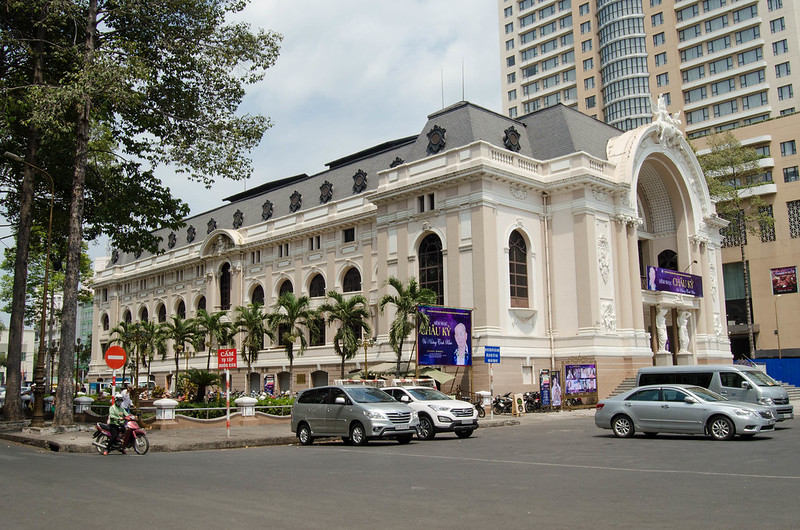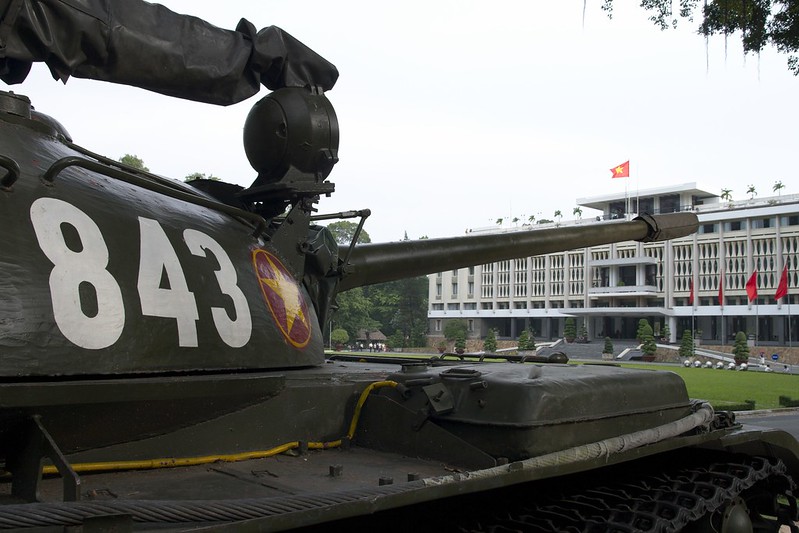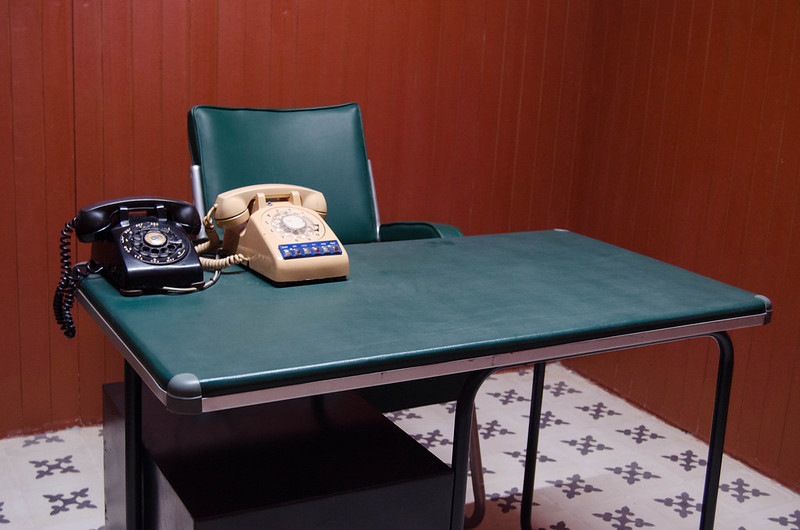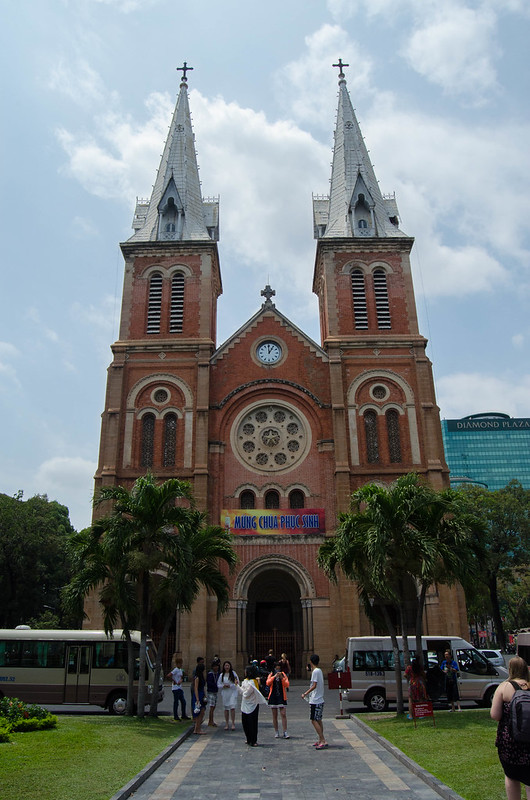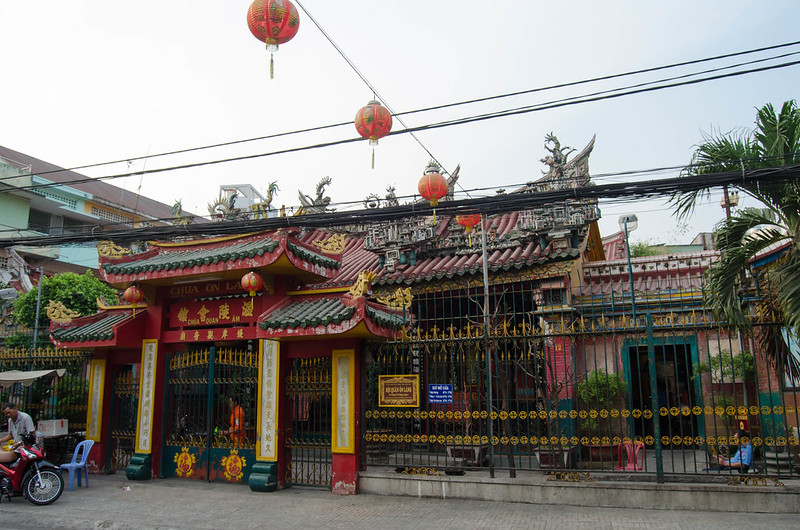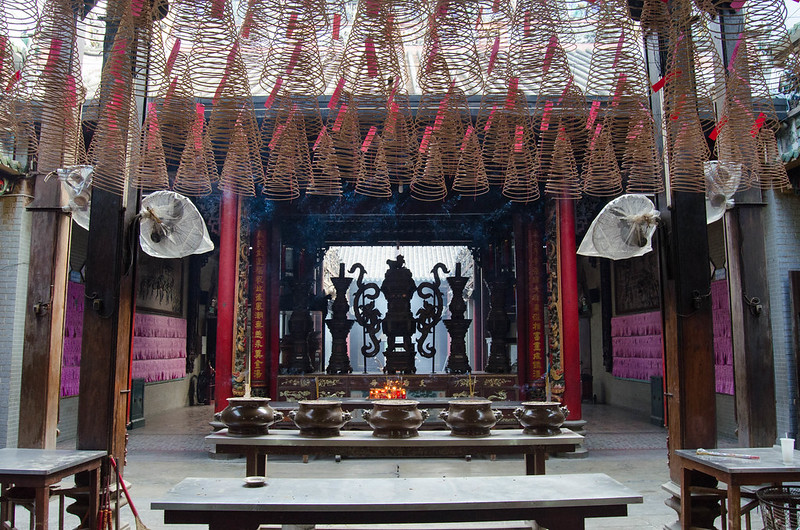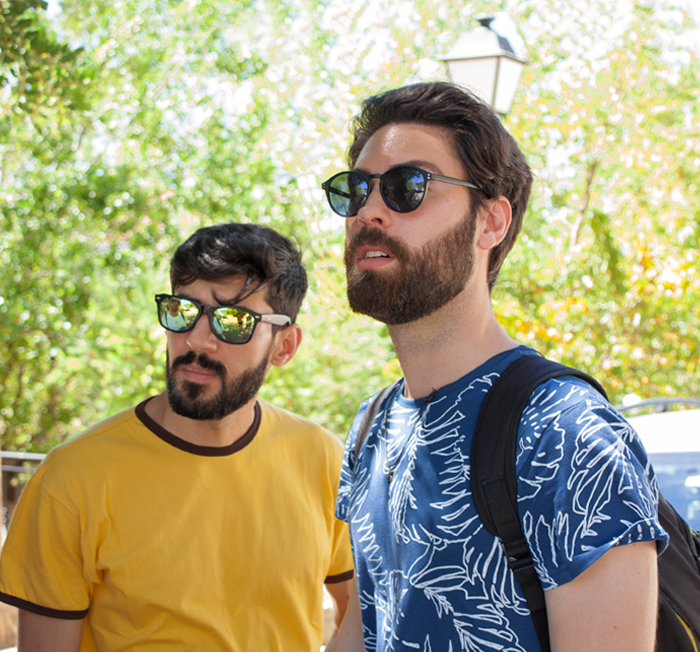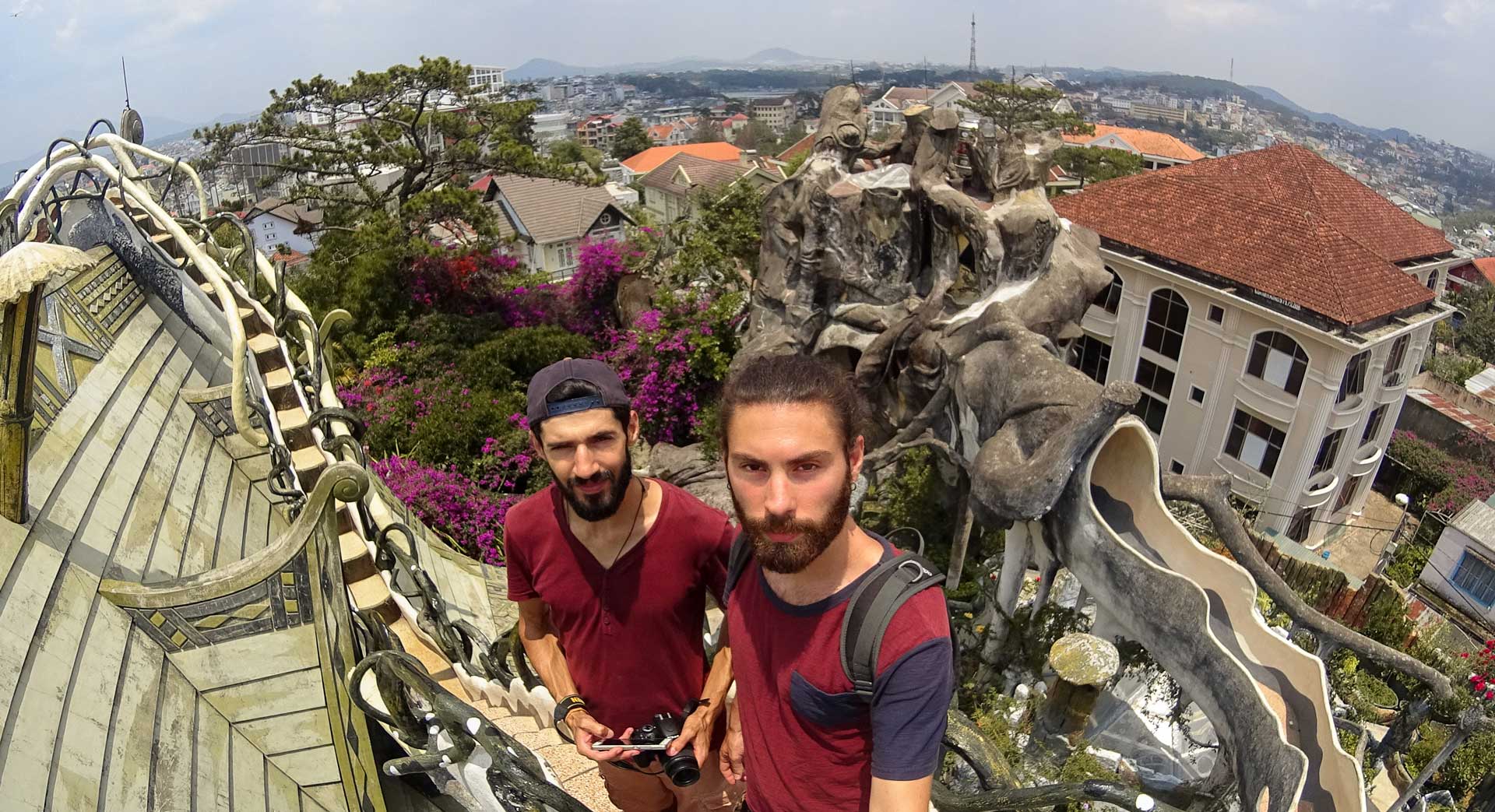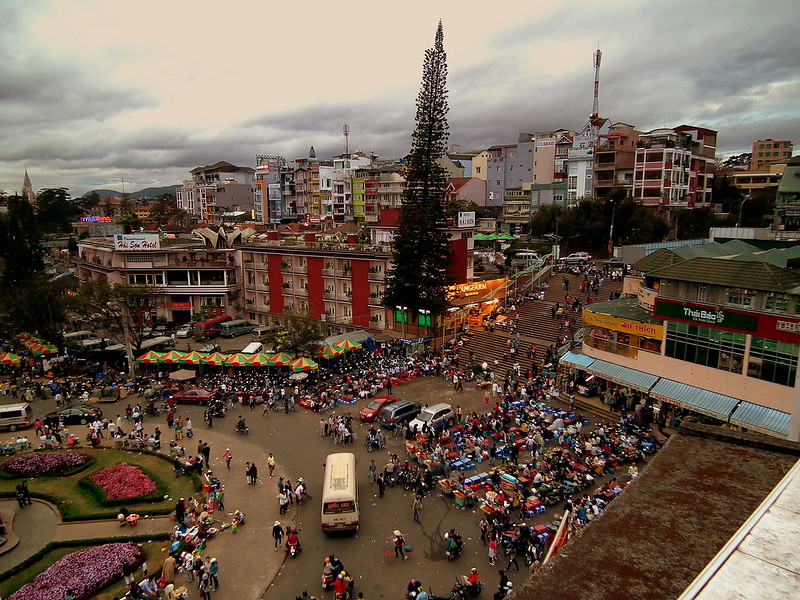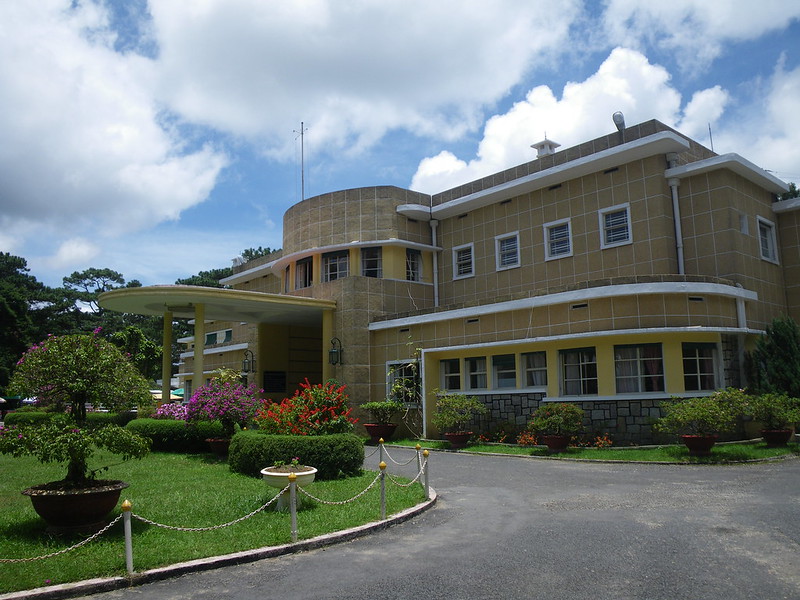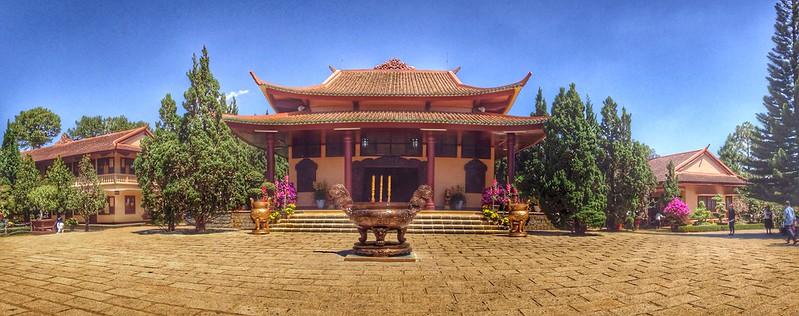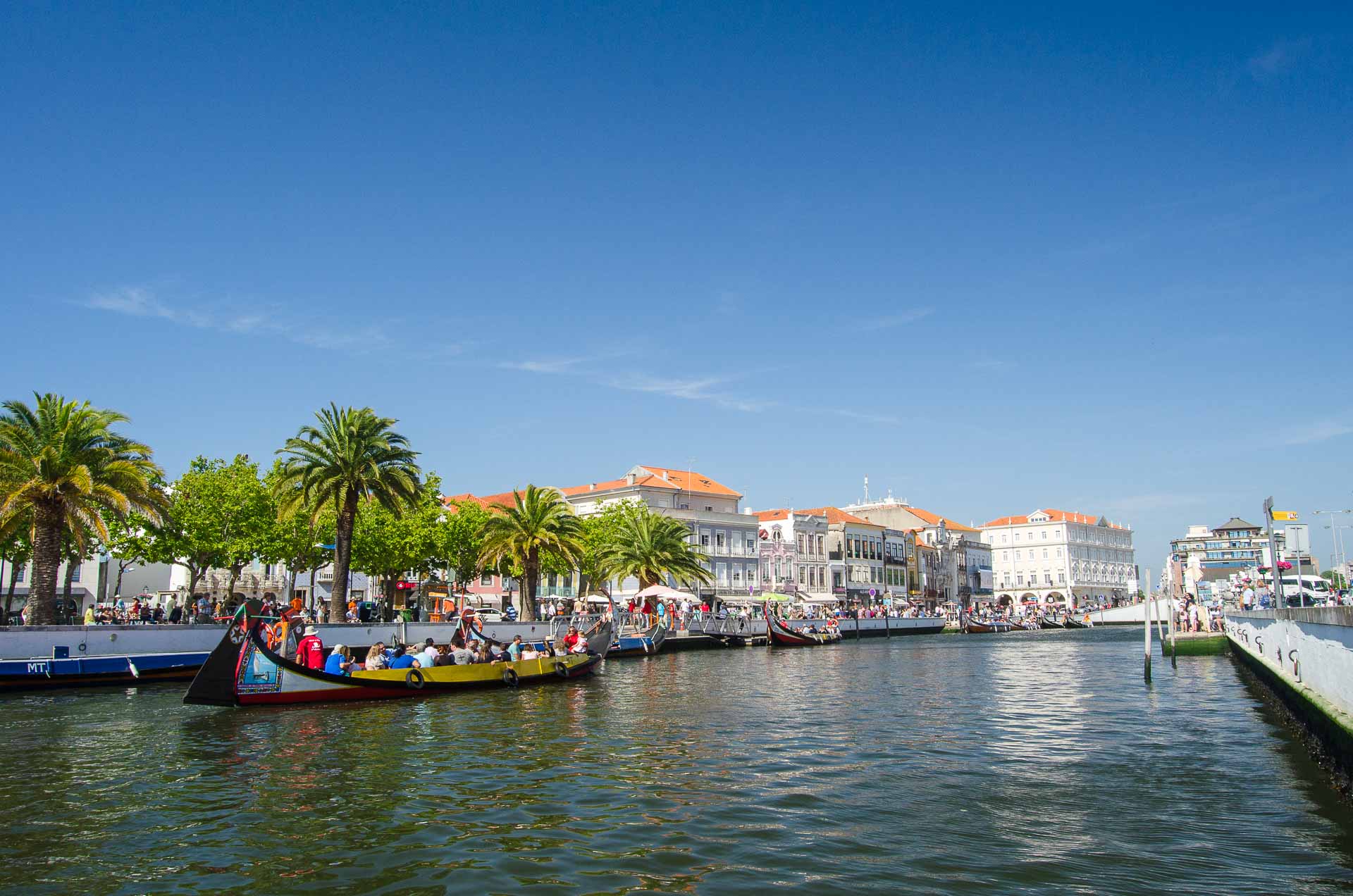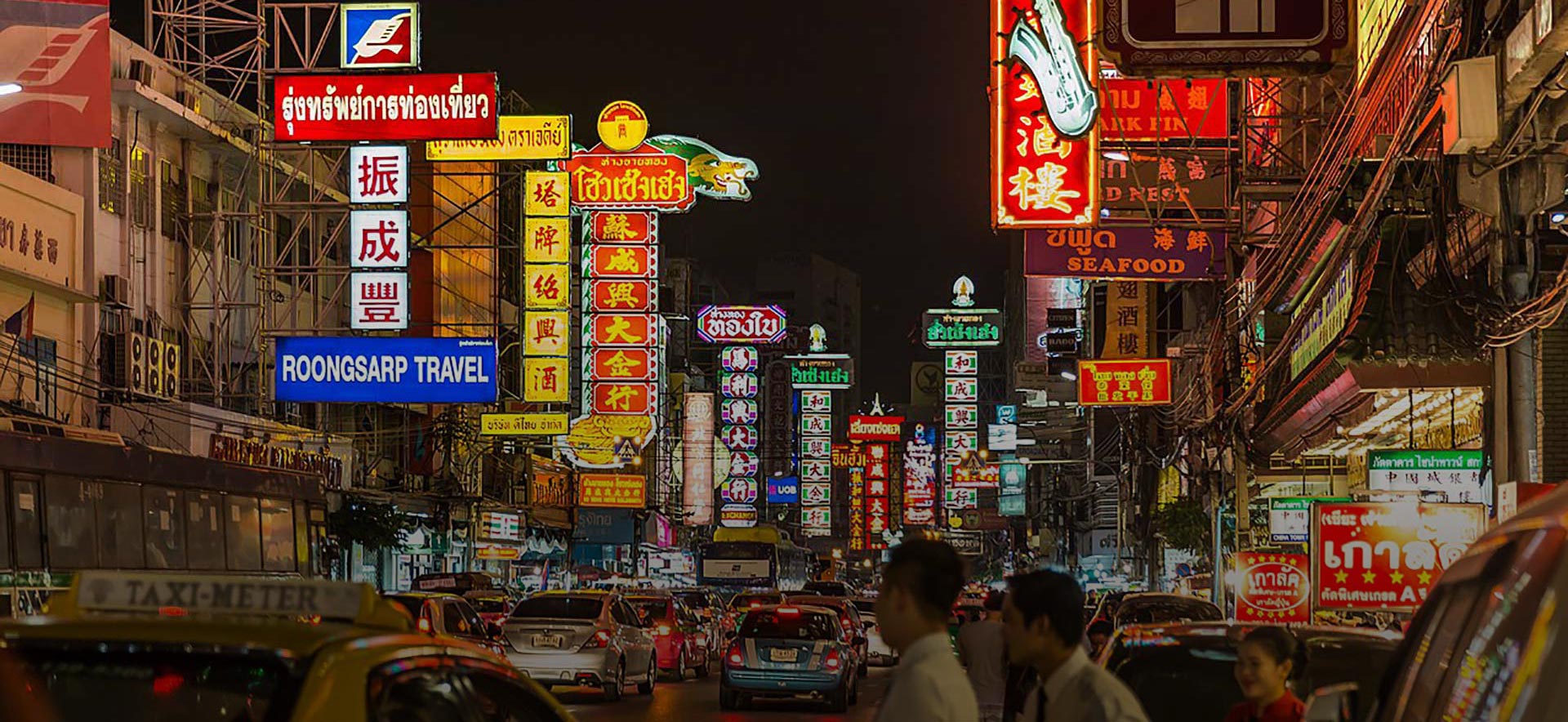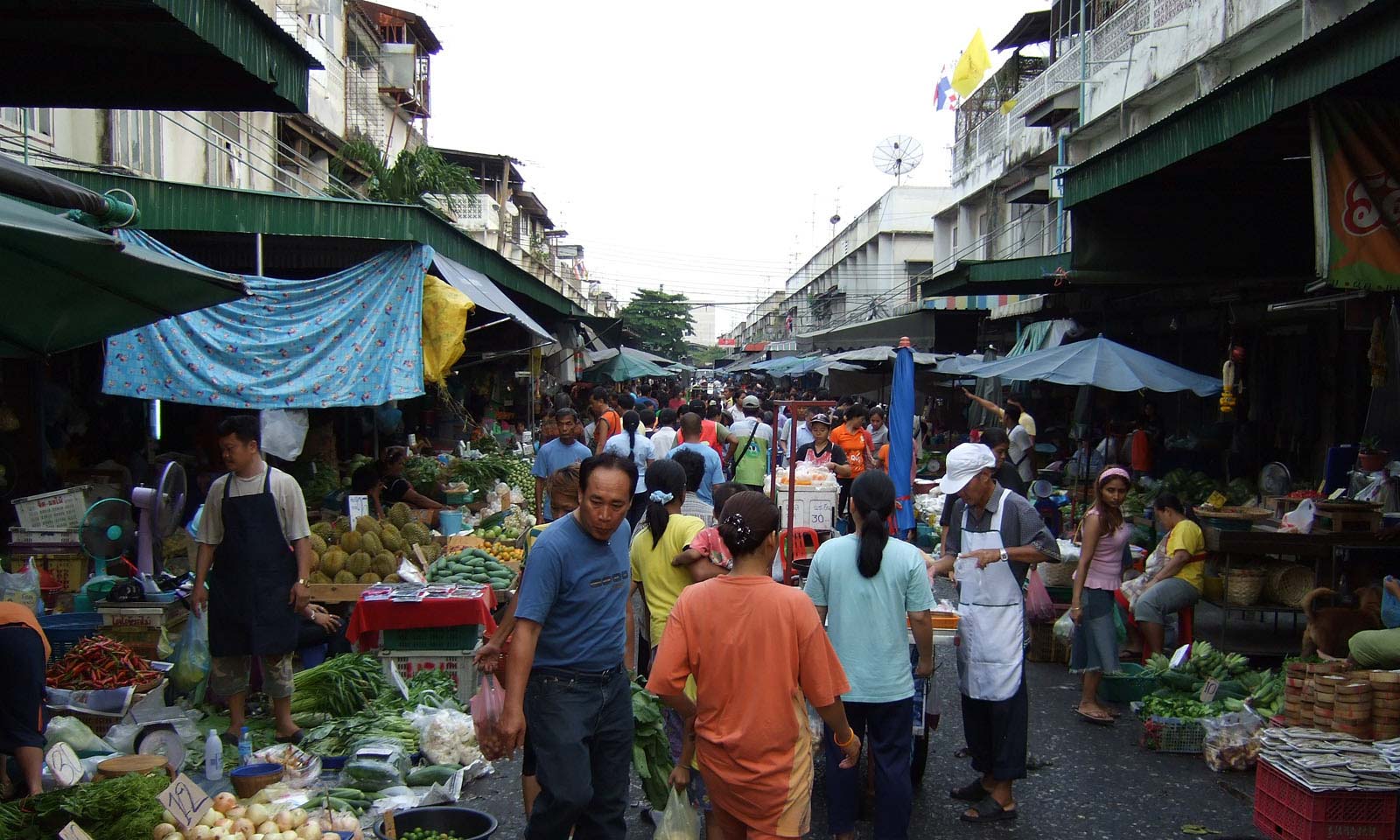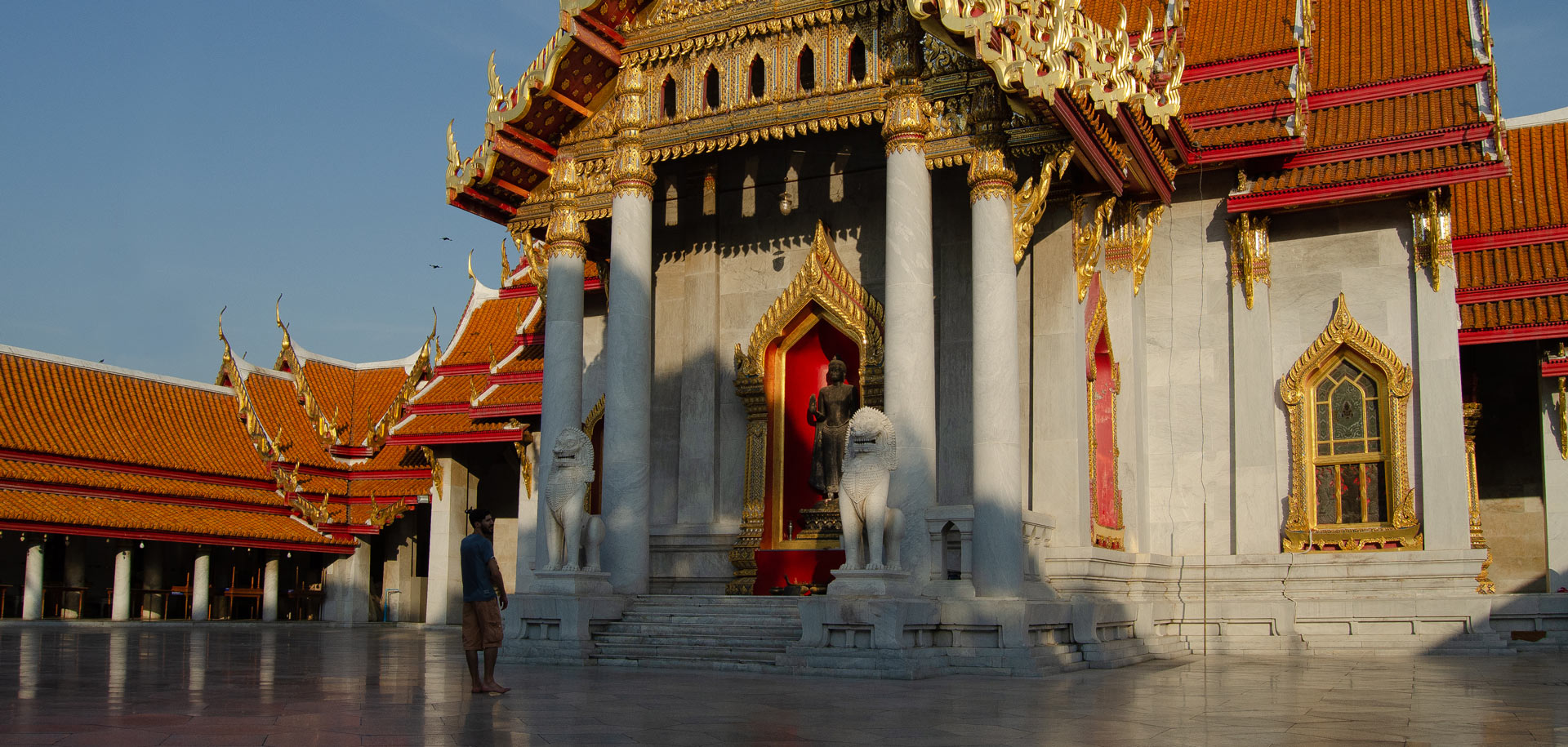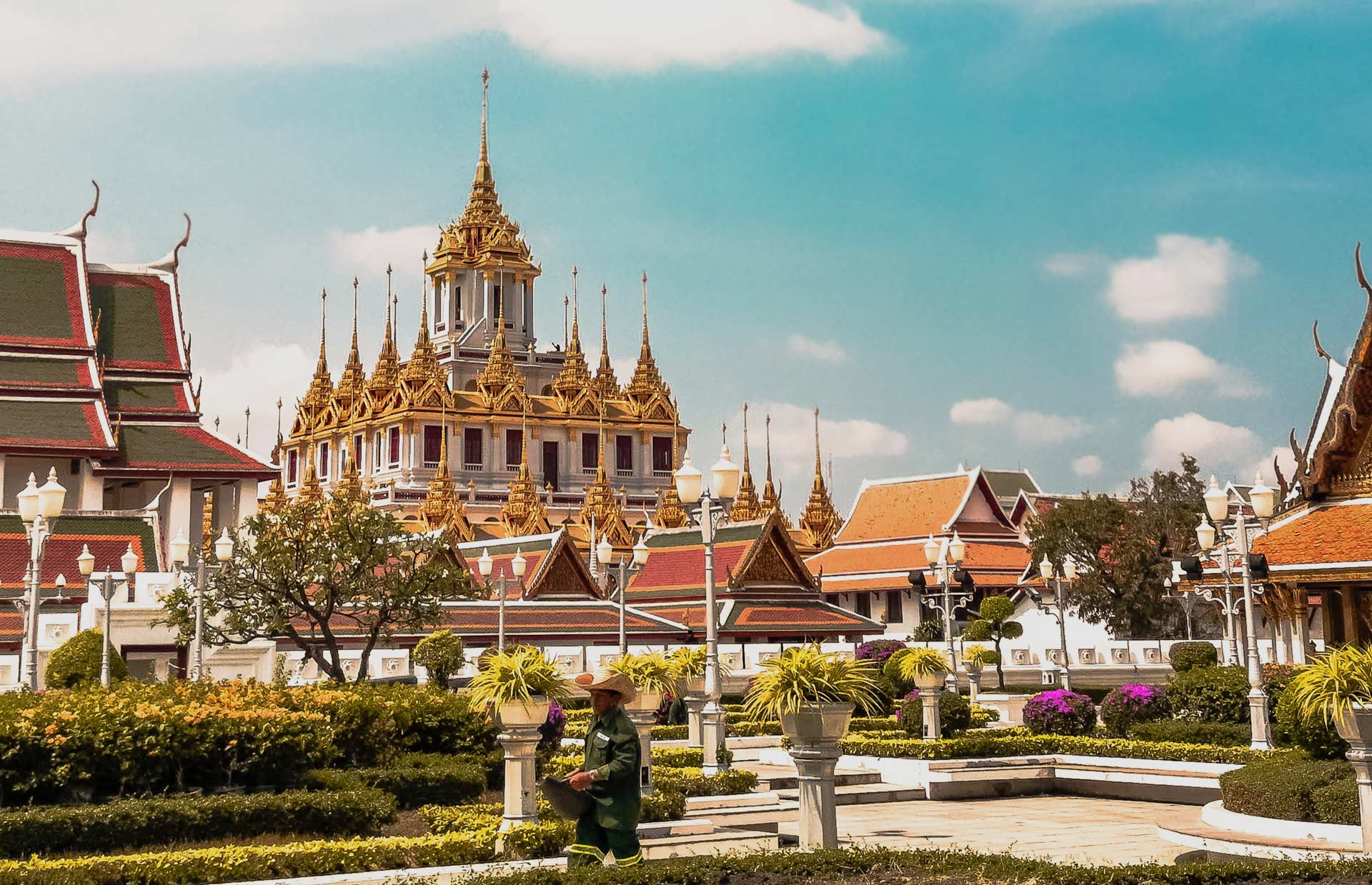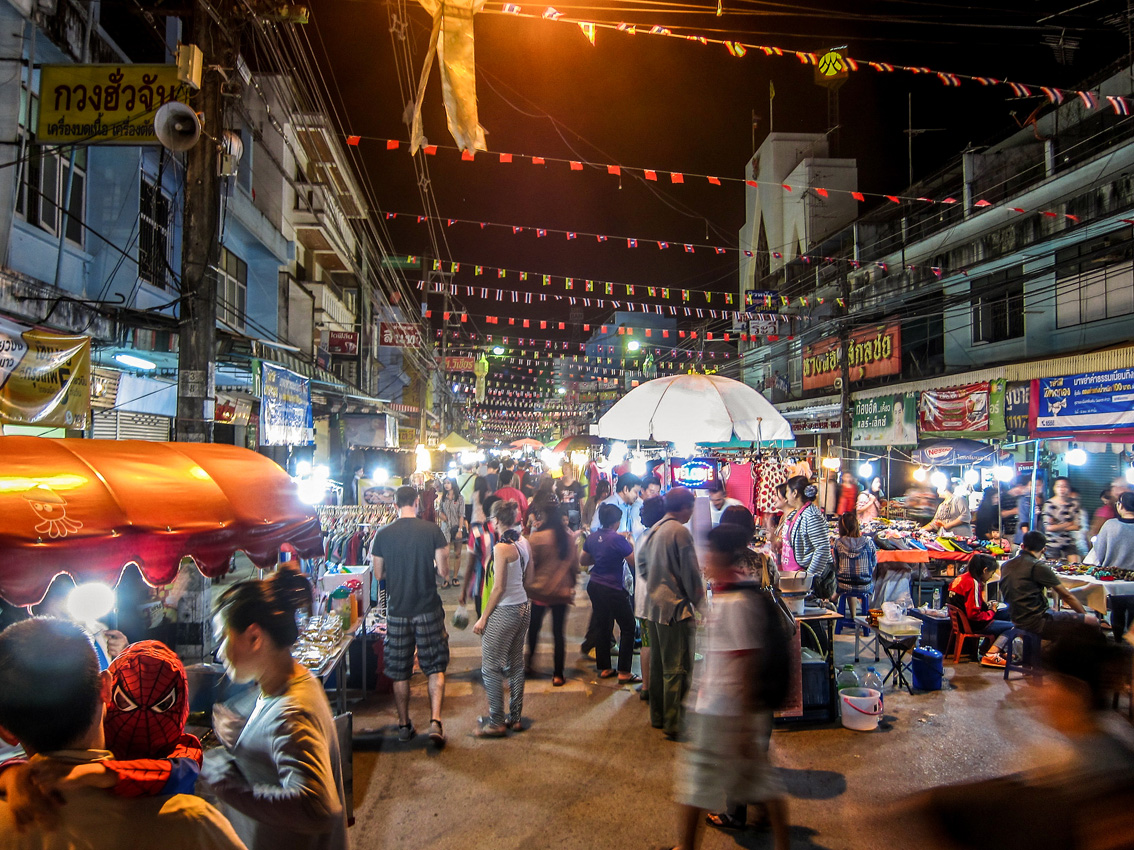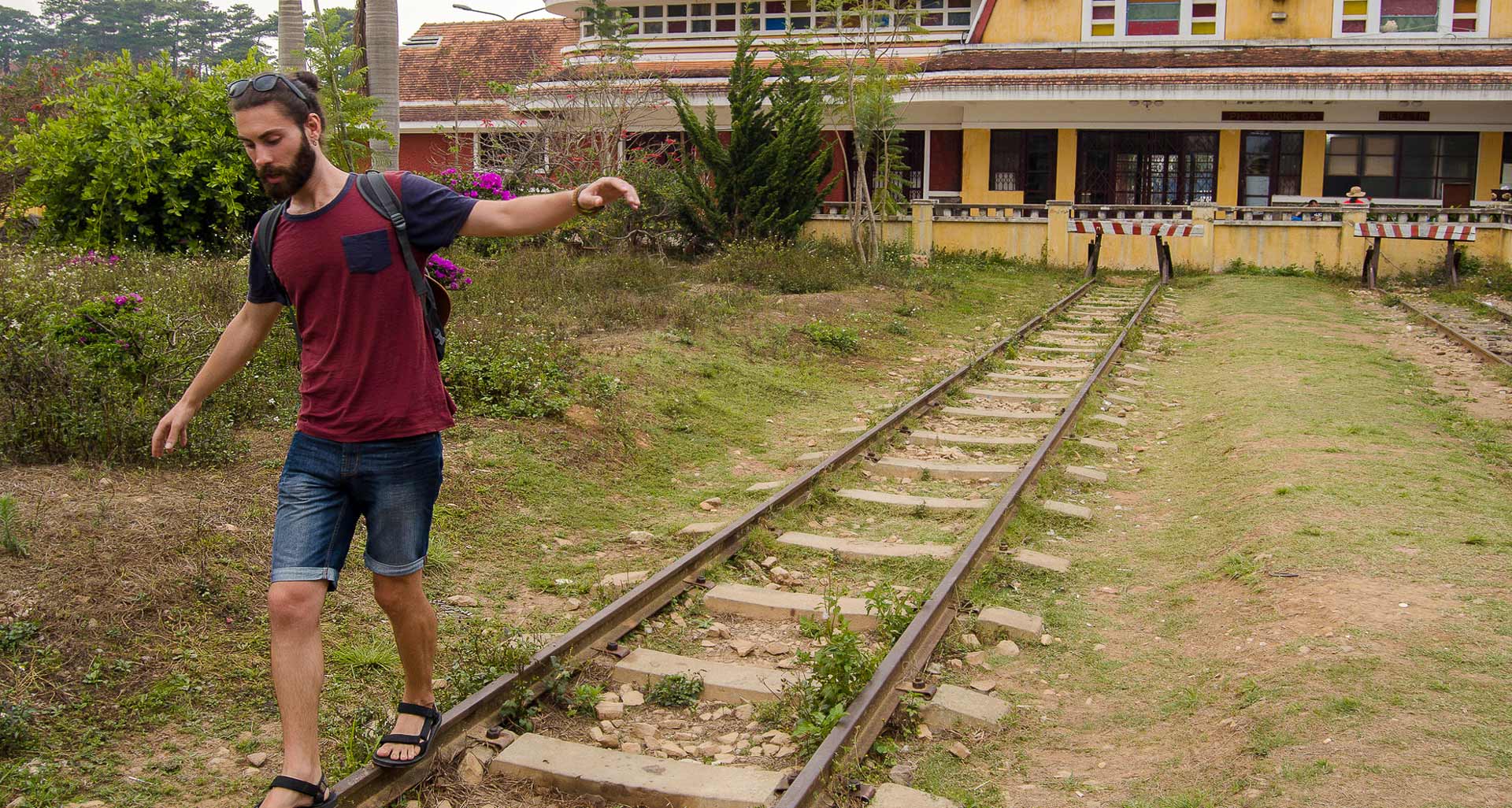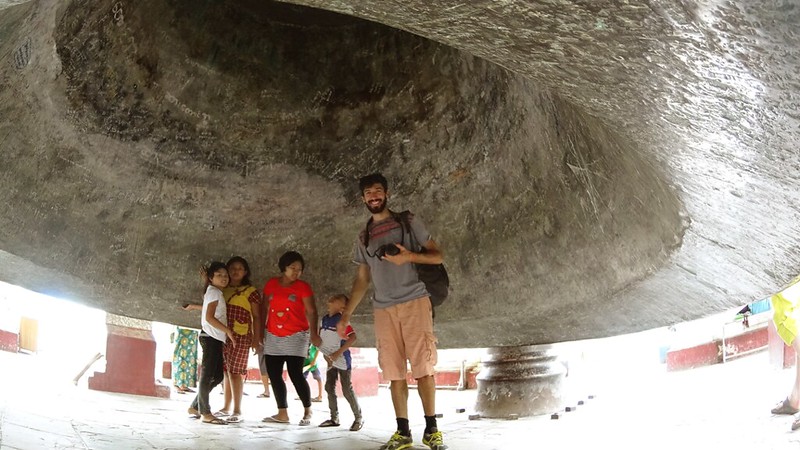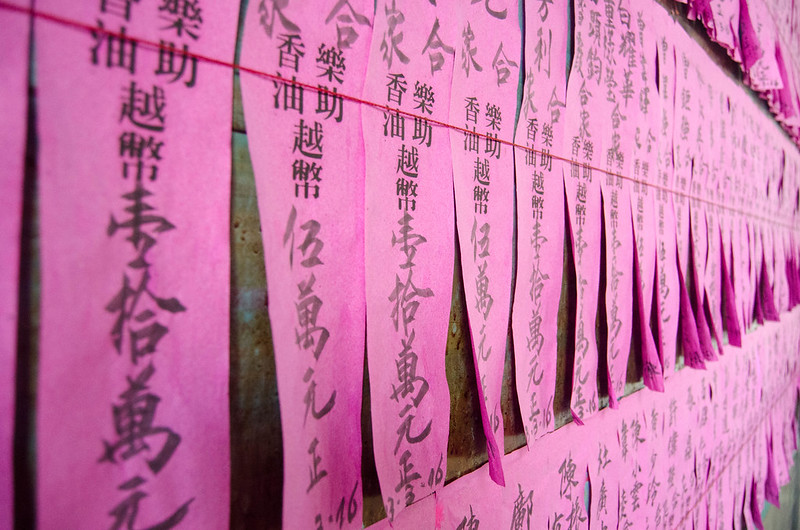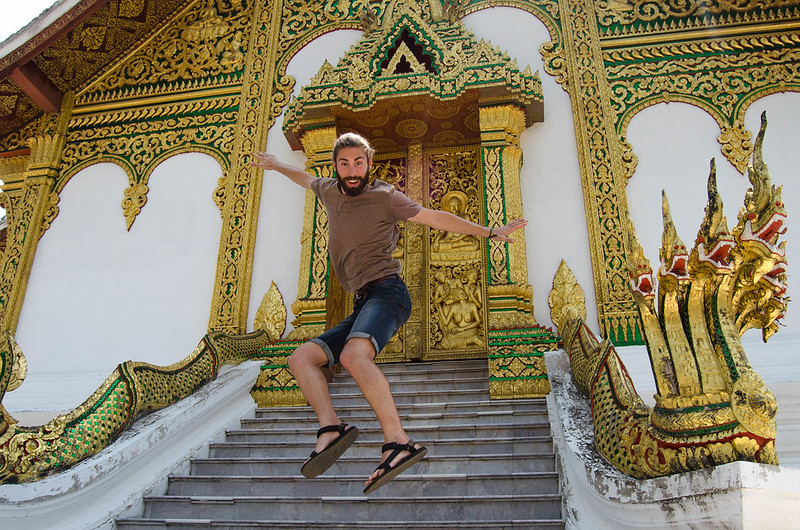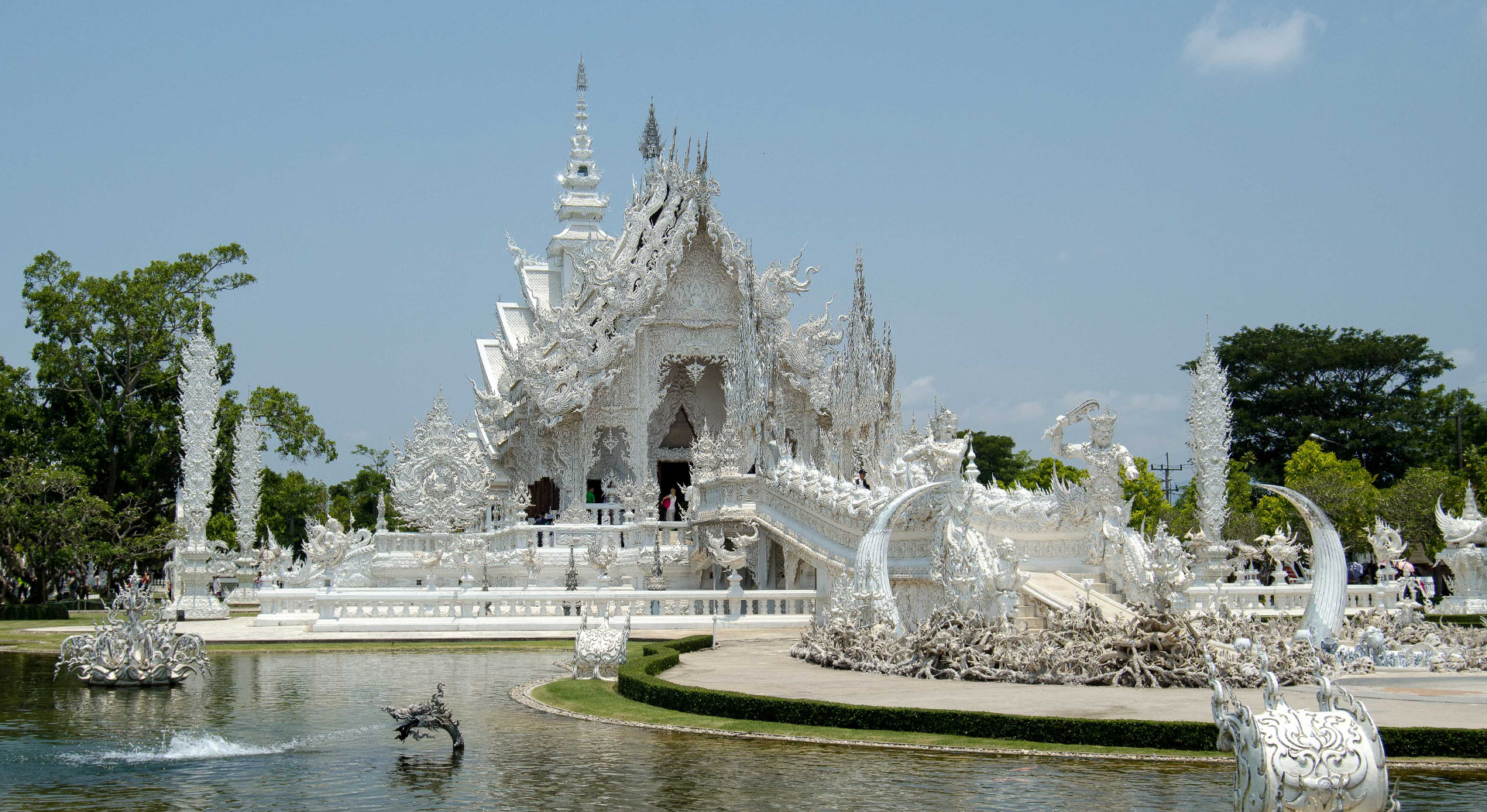Waking up in Ho Chi Minh City
Eager to be on our way to Vietnam, we used the time stuck on the bus to discuss what we were going to do at the Prek Chak-Xa Xia border. The main goal was to follow the advice given to us in Kampot by the hotel clerk
– If you want to cross the border without paying extra tourist fees, ignore the first guard. Walk straight to the second counter, get your passport stamped and move on. The guard on the first counter is there to charge money for a stupid temperature check.
So that was the plan: to show up with a serious face and walk confidently toward the second counter as if we’d been there before.
Didn’t work. We got called immediately to the first counter, had our temperature checked with an infrared gun, and got charged for it. Luckily it was only 1 USD.
Two hours later we reached the Haitien bus station where we waited for a night bus to Ho Chi Minh. Restaurants all around were full of people eating and waiting for departure.
Having a 10-hour bus trip still ahead of us, we decided to eat something on a plastic table and tiny stools right next to the buses: pork noodles à la exhaust smoke. Yum!
If you haven’t booked your bus to Ho Chi Minh yet, go to www.bookaway.com and use the code “gravy5″ at checkout to get 5% off the ticket price.
Our first trip on a Vietnamese sleeping bus
They look like tour buses and can be quite comfortable if you’re not 1.90m tall like we are. Each passenger gets a tiny bunker bed, a blanket, and wifi – if they’re lucky.
Vietnam "sleeping" bus. #neon #vietnam #bus #traveler #travelling #travel #light
A post shared by Mario and Nuno | Travel (@helloplanetgravy) on
The trip ended up taking around 8 hours, with a 20-minute bathroom break at a huge decked-out service station where we tried our first pork steamed bun ever!
At 4:00 AM we arrived at Ho Chi Minh’s District 2 on a mini-van. The city was quiet except for Bui Vien street where tourists stroll around from bar to bar and sinister people covertly sold drugs – 10 seconds in, we were offered cocaine.
Waiting for the sunrise
Tired, we walked to a park nearby and rested on a bench waiting for the sun to come up. Around 5:00 AM the city started to wake up: cars and people moving around, birds chirping and pooping on my leg… We’re off to a good start!
By 5:45 AM the park was packed with locals playing badminton, power walking, and doing Asian Zumba classes. We were surprised to see so many seniors working out. Quite inspiring, take a look at the video:
We stayed in Ngan Long Hotel, about 15 minutes walk from the backpacker’s street – Pham Ngu Lao. Being the first thing in the morning and unable to do an early check-in, we left our bags in the reception and went out to explore District 1.
Ho Chi Minh City is the largest Vietnamese city where something like 9 million people live. The urban part is divided into 19 districts and we were housed in the first.
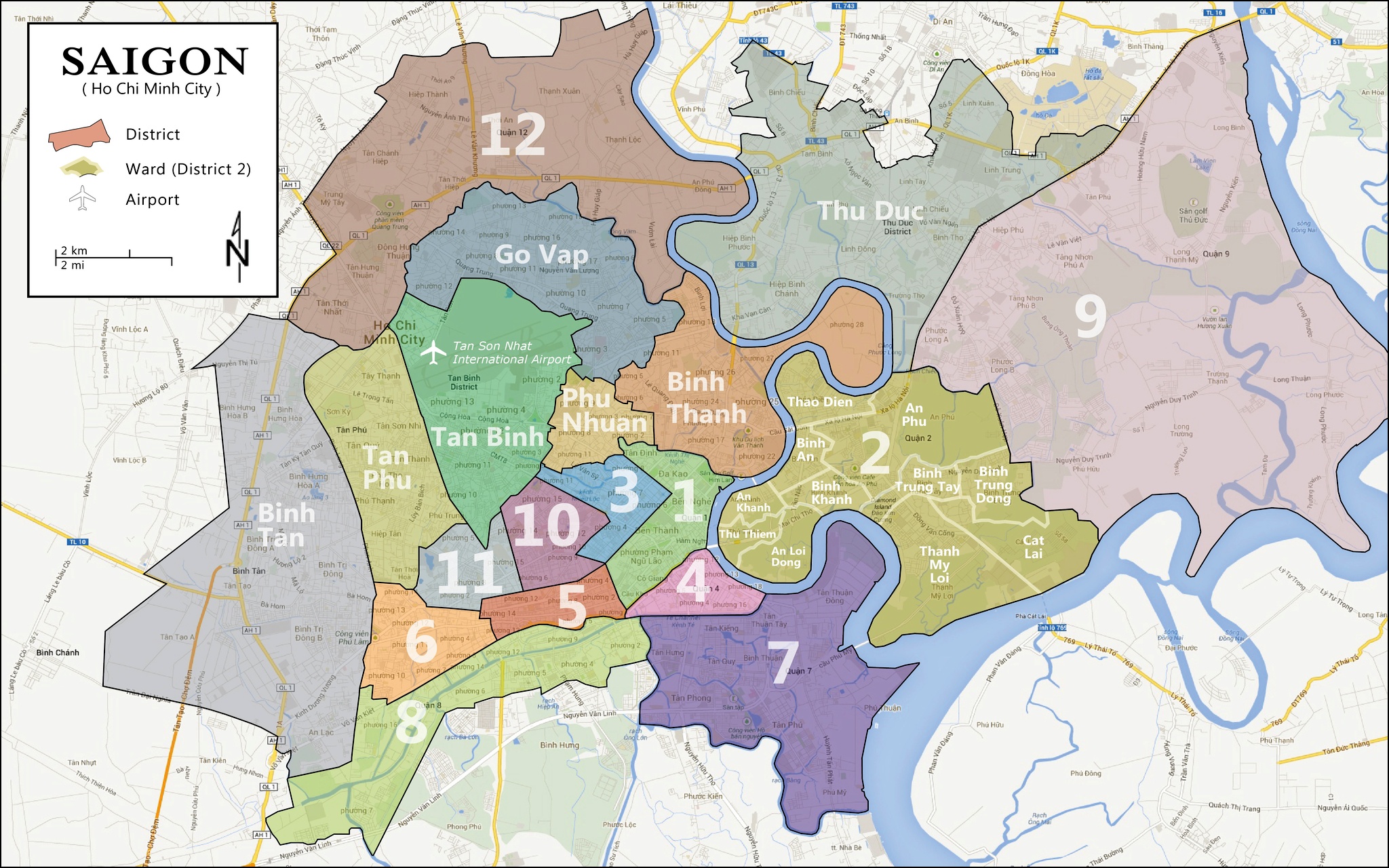
Image by Codie Leseman via CodieMaps
District 1
Around the backpacker’s street in District 1, most businesses are geared towards tourism: Western-style cafés, restaurants, pastries, and souvenir shops.
Narrow streets become wider avenues when you walk towards the river and you’ll find yourself surrounded by financial buildings, fancy shops, and the classic Opera house.
If you’re into books, there’s a massive bookstore called Fahasa on Nguyen Hue Street, filled with English books at Vietnamese prices (like half the price you can find them in Portugal).
We walked along the sidewalk by the river to the Vietnamese History Museum. The museum is located in the same area as the Zoo and the Botanical Garden. The entrance was 0.59€ and inside you’ll find history from all periods of Vietnam: from the pre-historic to the latest dynasties. It’s a “classic-style museum”, not one of those modern ones with interactive panels, video, and sound.
Later we visited the Independence Palace, a building associated with the history of Vietnam’s war, home of the president of the south and the last stronghold to be conquered by the northern army.
The entrance was €1.18 and it took 1 hour and a half to visit the garden and the various levels of the building including the underground bunker. The bunker was built after the president’s own air force bombed the palace trying to kill him.
It’s astonishing to be down there among war maps and 70’s radio transmitters. The place feels heavy and claustrophobic, there’s a weird tension in the air as if one of those old telephones could ring at any moment.
Religious Drive-Thru
After visiting the Palace we walked along the large avenue right in front of it to see The Notre Dame Cathedral. Unfortunately, it was closed on both days we tried to enter.
The cathedral was built with red bricks imported straight from Marseille and today it represents the influence French settlers and Catholicism had over the city—Catholicism is still the second-largest religion in Vietnam.
We were told that on the days there’s mass, locals park their motorbikes around the cathedral and listen to the priest from the bikes, never bothering to go inside.
Still on the subject of French-influenced architecture, right next to the cathedral is the Central Post Office, a very well-maintained building where you can get in for free, enjoy the beautiful interiors and dispatch a few postcards to people back home. The post offices still work and are used by the Vietnamese to this day.
District 5: Cholon and Chinatown
On our last day in Ho Chi Minh, we decided to explore Cholon in District 5 – the largest Chinatown in Vietnam. We wanted to go by bus but couldn’t find the correct information. Luckily we managed to get it from a local girl after some severe hand gesturing and Google translate:
From District 1 to District 5 get the blue bus Nº1. It’s a 5km ride that costs €0.20.
Cholon has an immense Chinese community and it’s like a small town itself. The Chinese influences are all throughout the area creating a unique atmosphere: authentic restaurants, pagodas, and markets like the busy Binh Tay Market where everything is bought and sold, makes up for a great day.
We spent our afternoon sightseeing, walking, eating fruit, and taking pictures. By the end of it, we headed back to the city center in the same bus, the Nº1.
The bus rides and the experience of being pedestrians around town showed us how hectic the traffic is. People crossing the road feinting each other, hundreds of scooters gathering at the red traffic lights, while others speed up and cut corners as the light turns green.
Once a Khmer fishermen village, centuries of conquering, colonization, and political change made Ho Chi Minh City a cultural global center. Locals were friendly and interested in other cultures, approaching us time and time again to make conversation even if just to practice their English.
HCMC travel expenses (daily average for 1 person)
Breakfast: 1,67€
Lunch: 0.59€
Dinner: 2,16€
Water: 0,18€
Accommodation: 5,70€
Entrance to the Independence Palace: 1,18€
Entrance to the Vietnamese History Museum: 0,59€
If you have any questions or some extra info everybody can benefit from, leave it down in the comments!
Dalat: what to do and what to eat
We left Mui Ne on a small bus and headed to Dalat, a city in the Highlands region of Vietnam. Lying on the hills and surrounding Ho Xuan Huong Lake, Dalat’s climate differs from the otherwise tropical climate of Vietnam—the lower temperatures and humidity gave it the name of the “City of Eternal Spring” or how the French used to call it “Petit Paris”.
Getting to Dalat
If going uphill in an old car may be difficult, it’s harder when you do it on an overheated-prehistoric minibus with no leg space. The minibus had air conditioning, it just had to be turned off during 95% of the ride, otherwise, the bus wouldn’t go up.
The trip took around 4 hours through twisting roads and cars overtaking us like in an action movie. On the bright side, the landscape grew greener as pine trees started covering the hills. Up there, coffee plantations and strawberry greenhouses substituted the dragon fruit plains of the lowlands.
Looking for a bus to Dalat? Go over to www.bookaway.com and use the code “gravy5″ at checkout to get 5% off your ticket price.
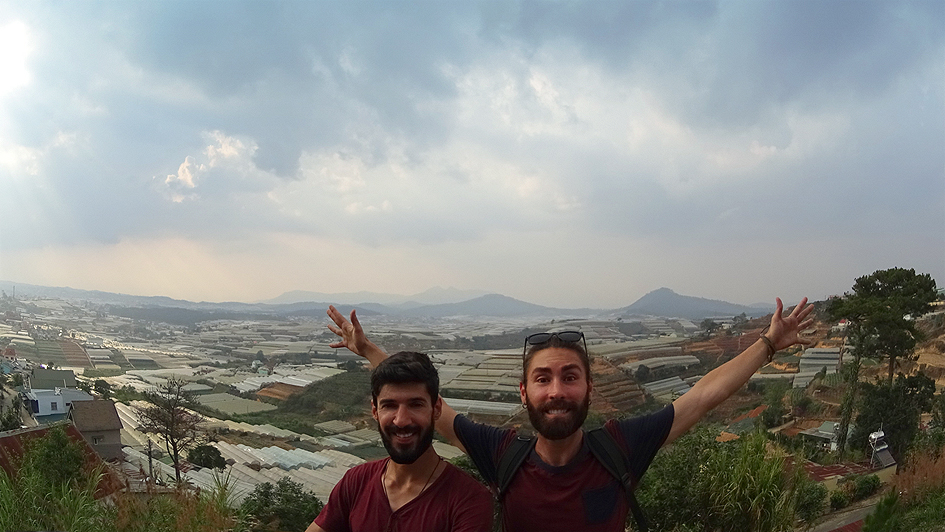
The bus stopped at the door of the Au Phu travel agency in the city center. Apparently, all tourist buses stop here, so as usual, taxi and bike drivers awaited.
What to do in Dalat
On our 3-day stay in Dalat, we rented two mountain bikes at Groovy Gecko Adventure for €3.30 each, for half a day. It was the best deal we found in the city and the bikes were pretty good.
Linh Phuoc Pagoda
On the first day, we pedal for 40 minutes to the Linh Phuoc Pagoda—a complex of temples different from what we had seen so far. The decoration was of Chinese inspiration, more figurative, detailed, and adorned with pieces of colored tiles.
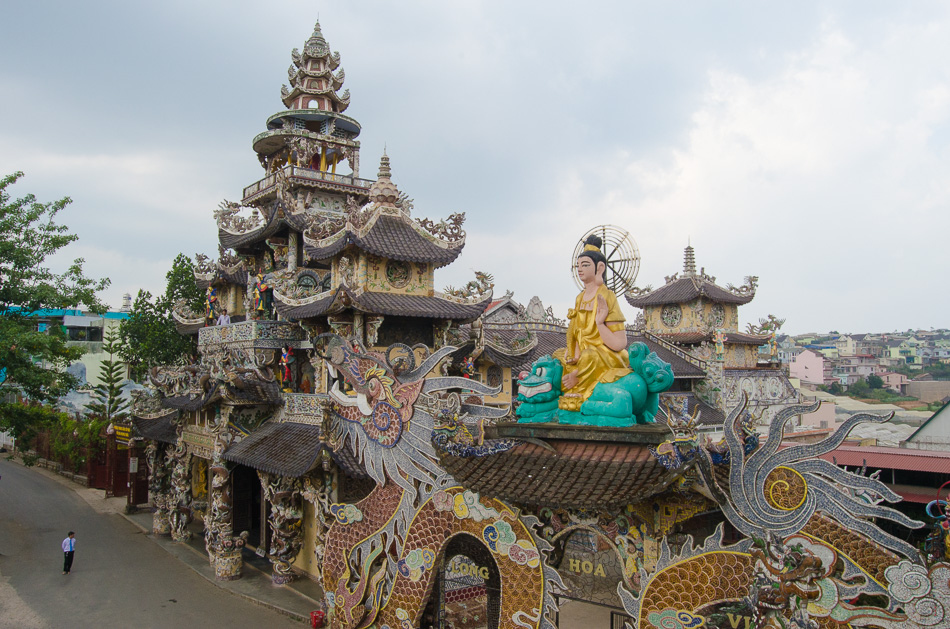
There are towers to climb, giant statues of gods and goddesses, wax monk figures, and winding glaze dragons to see. Unfortunately, we weren’t allowed inside the main hall because we were in shorts, so consider that before you go.
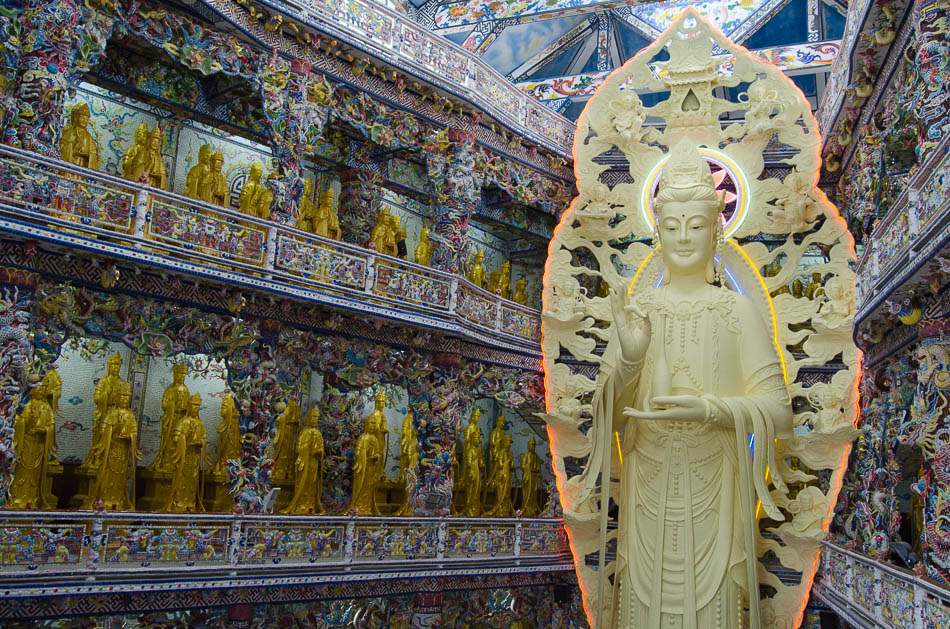
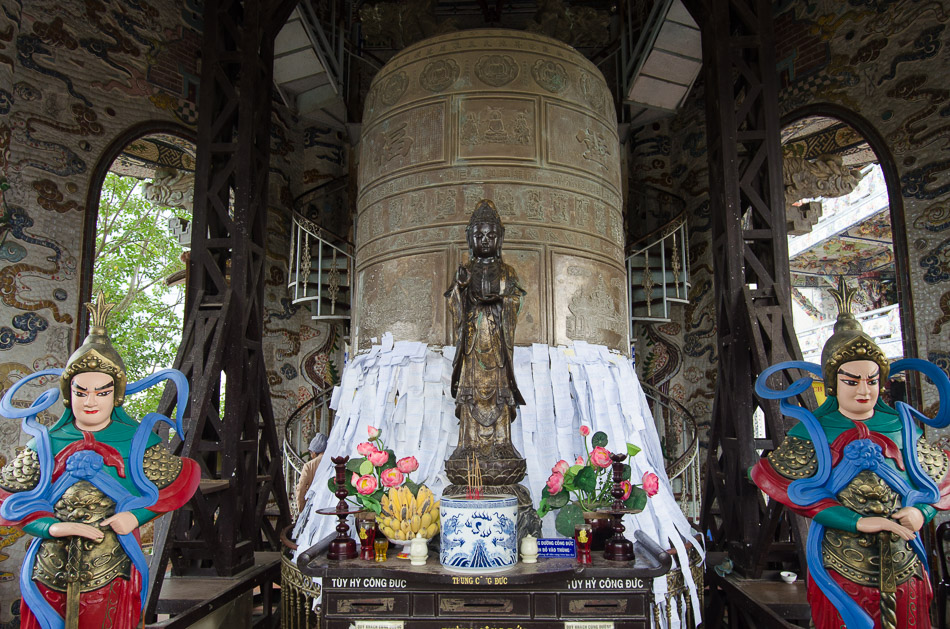
You can grab something to eat at the restaurant inside the complex for little money. They sell dumpling soup, soda, fruit, and ice cream.
Thap Cham Railway
On our way back to Dalat we stopped by the Crémaillère Railway Station, an art-deco building from the 30s that these days only operates a 7 km trip, connecting Dalat to the village of Trại Mát.
Later on, we biked to the Xuan Huong Lake in the city center and rested our legs in the grass while watching the sunset.
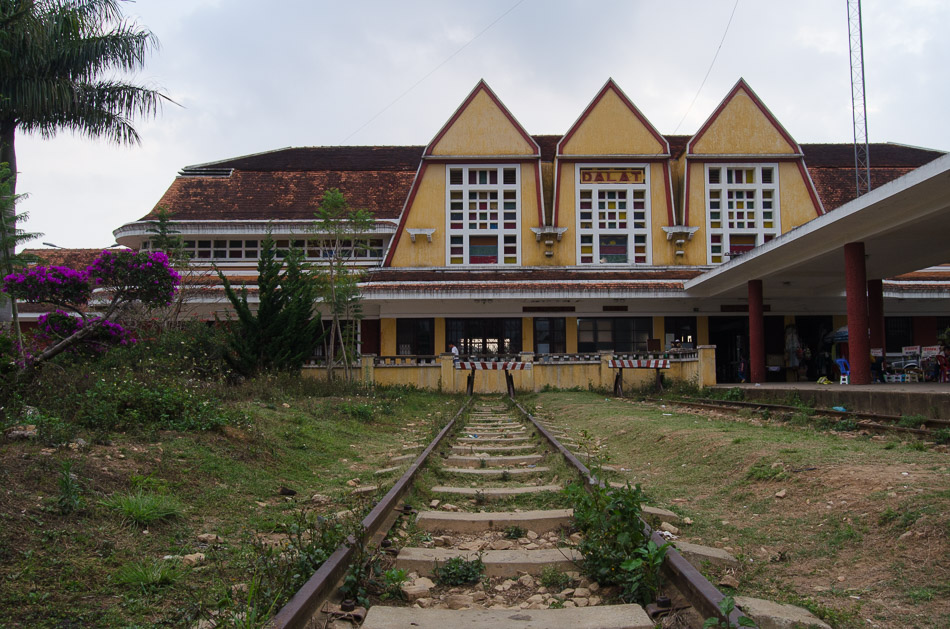
Visiting the city center
As the night began to set, the central square transformed into a proper Asian night market. The streets came alive with hundreds of people captivated by neon lights from restaurants and street food stalls, and by the perfect piles of fruits, cheap clothes, and knick-knacks.
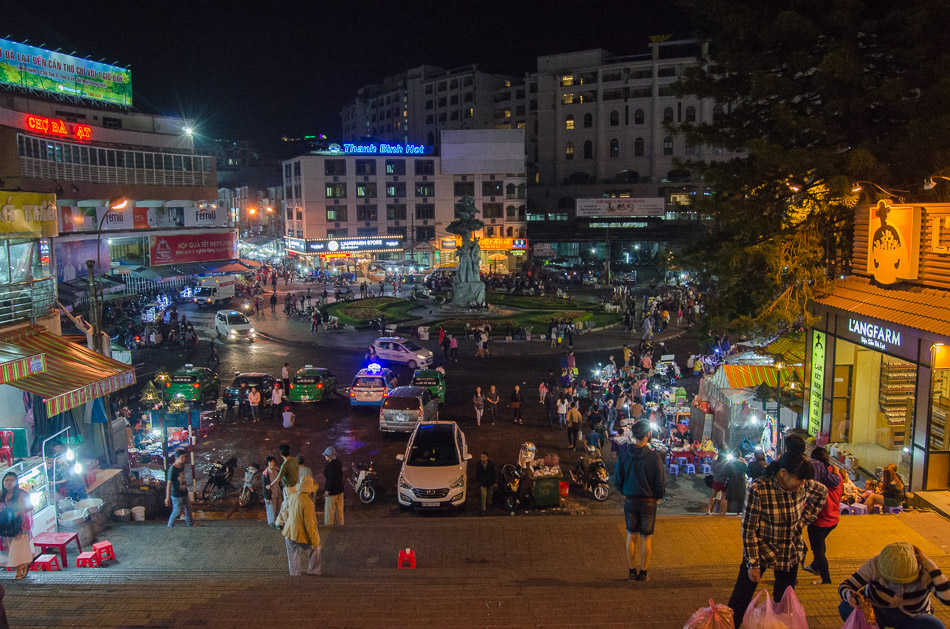
Crazy House
The next day we visited the Hang Nga or ‘Crazy House’, the bizarre private home of an imaginative architect that is now a hotel and a tourist attraction.
A post shared by Mario and Nuno | Travel (@helloplanetgravy) on
The house keeps augmenting to follow the plans of its creator, financed by the revenue generated by ticket sales: €1.64 for one person.
Bao Dai Summer Palace
Further up the mountain in the middle of a pine tree forest is the Bao Dai Summer Palace, one of the residences of the last king of feudal Vietnam.
The entrance fee was €0.62 (plus an additional fee if you want to take photos), and it grants you access to the 52 rooms of the palace.
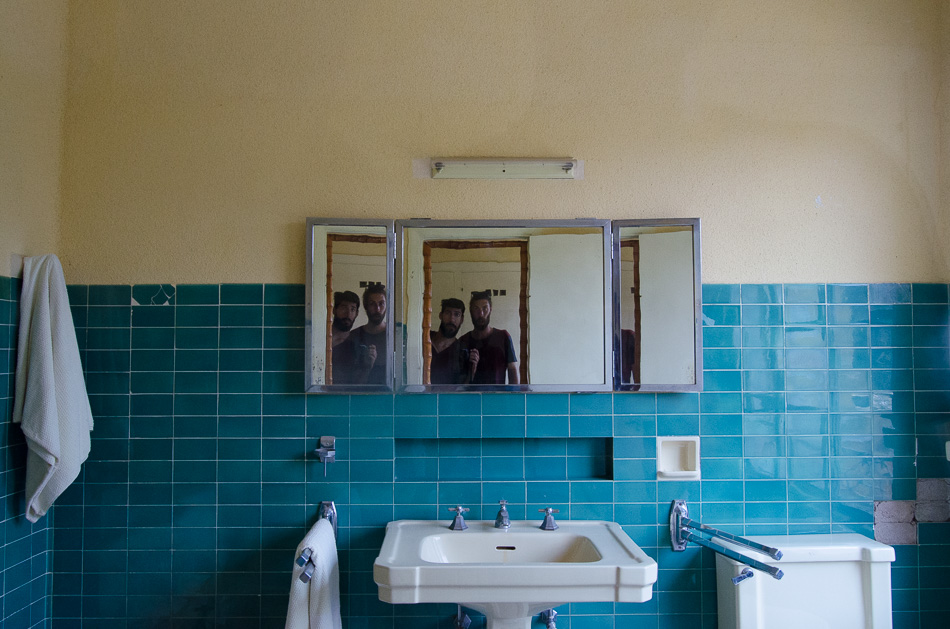
It was fascinating to see the home of the royal family, their objects, and the portraits on the walls. The visit ended in the downstairs kitchen and through a gift shop full of generic souvenirs.
Truc Lam Pagoda
We kept pedaling to the Truc Lam Pagoda, a delightful Buddhist monastery amid pine trees and gardens in pristine conditions. The pagoda is maintained by monks and nuns that reside there.
We spent a good hour staring at the lake and the surrounding mountains. There was a scent of incense in the air and big metal wind chimes ringing in the breeze. You can’t get more ZEN than this, it was beautiful!
Thien Vien Van Hanh
On the third day, we only had the chance to visit the Thien Vien Van Hanh pagoda in the morning.
A post shared by Mario and Nuno | Travel (@helloplanetgravy) on
The rest of the day was spent at a cafe drinking hot tea while it rained like crazy. It was a big tropical storm that lasted all afternoon and flooded our hotel room.
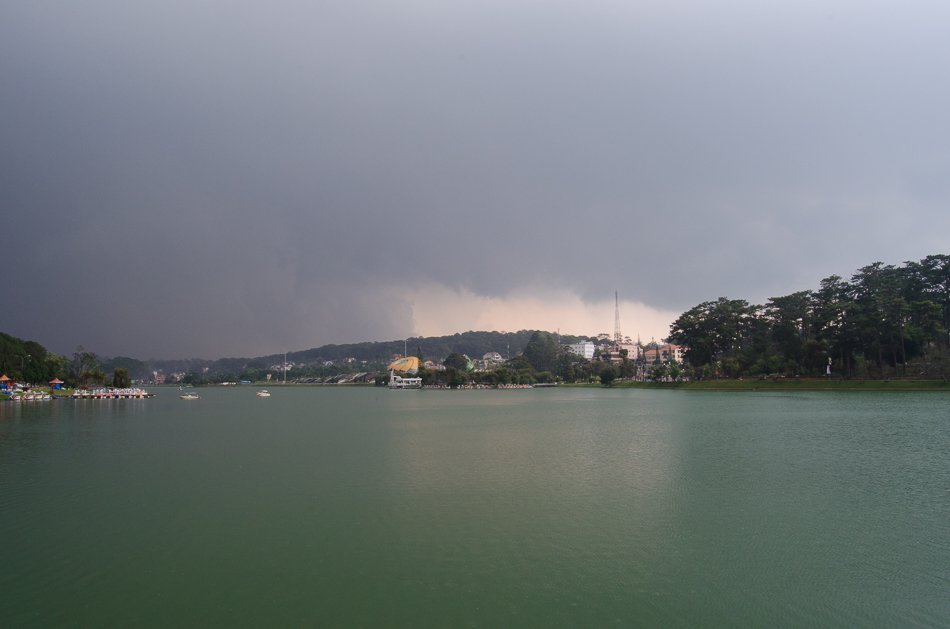
What to eat in Dalat
Here in Dalat, we ate several things for the first time.
Like this flat pizza/crepe hybrid, with egg, sausage, and chives sold in the central square at night.
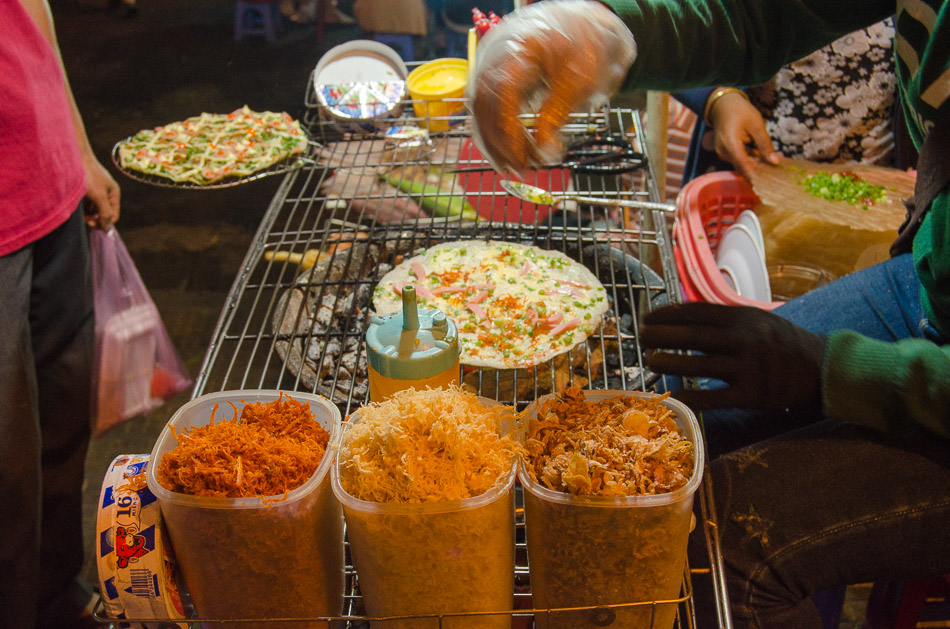
BòNé
It was late at night and we couldn’t find a place to eat that looked “trustworthy”. Eventually, we passed by a restaurant with people cooking at the forefront: sausages, fried eggs, coriander, and sizzling meat. Table for two, please!
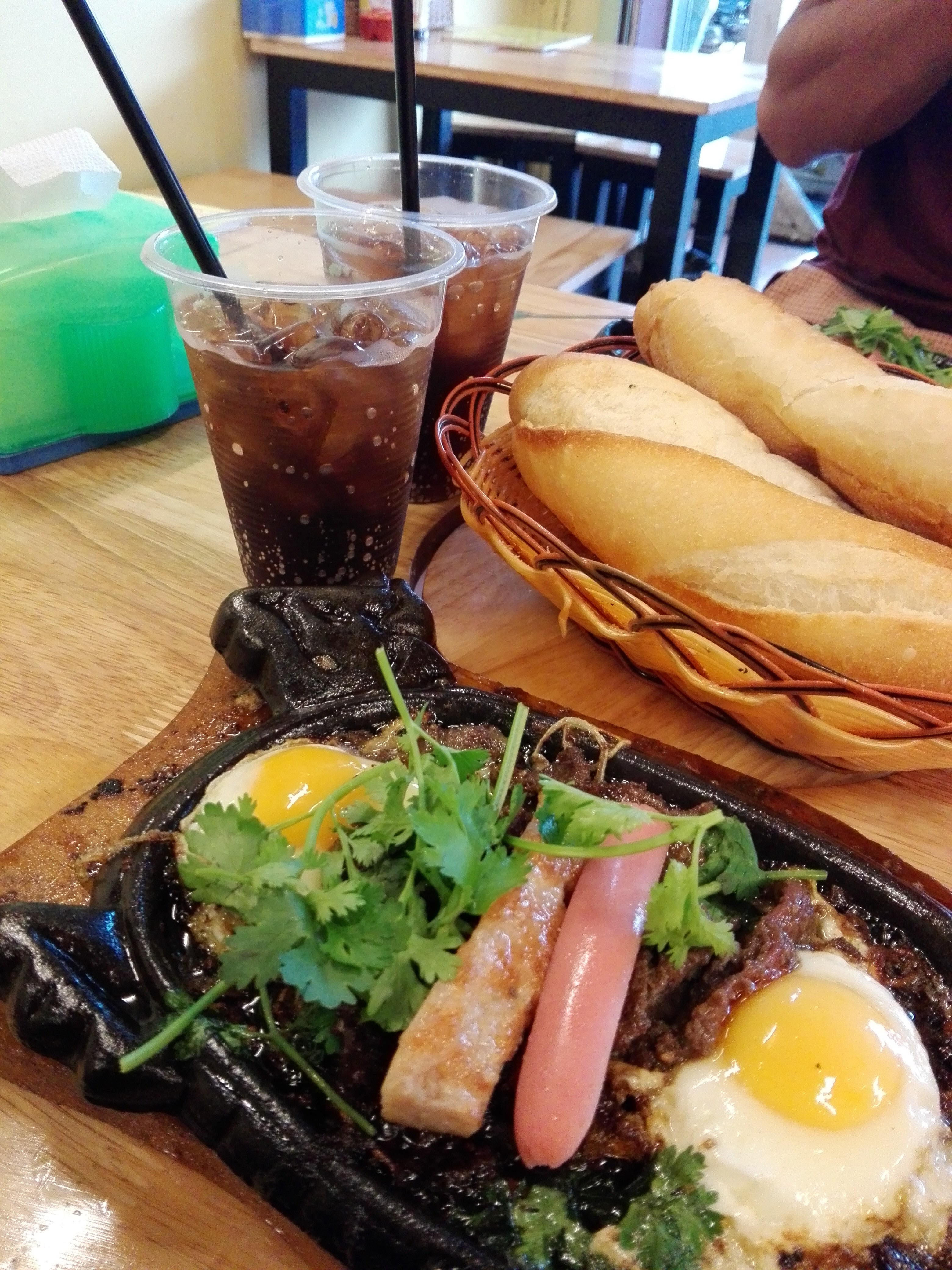
The restaurant Bò Né 3 Ngon was dripping oil from the walls and the floor was a slippery slide. Not one word on the menu was written in English and no one from the staff spoke it. When we asked them a question, they pointed to the menu on the wall (same menu we had on our hands but with bigger letters). We shrugged and ordered a “Number 2” because the restaurant smelled delicious and we like surprises.
Bakeries
Nuno and I are big bread lovers and luckily, Dalat has several bakeries, most of them doubling up as restaurants. They have a huge selection of bread and other baked goods, all super affordable.
Fried cakes and milk
One night walking around secondary streets, we noticed some locals gathering near a food stall, sitting on the characteristic tiny Vietnamese chairs.
It smelled sweet so we curiously approached the stall. Behind it, a Vietnamese lady was selling assorted fried dough cakes and different kinds of warm milk. You can pick 3 or 4 cakes and one glass of milk, sit down on the tiny plastic chairs and eat.
And so we did!
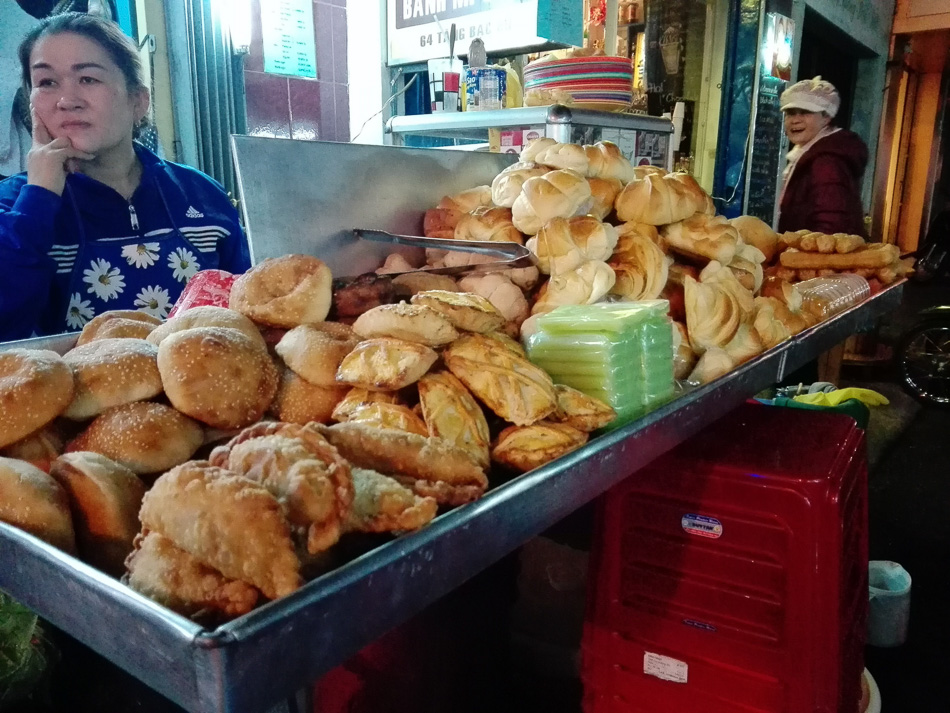
If you’re visiting Vietnam and need to freshen up from the heat of the lowlands, climb the mountain and check this friendly city.
Dalat travel expenses (Daily average for 1 person)
Bus Mui Ne/ Da Lat: 4,43€
Breakfast: 0,87€
Lunch: 1.05€
Dinner: 2,43€
Water bottle: 0,20€
Coffee: 0,53€
Hotel: 3€
Crazy house Ticket: 1,58€
Bao Dai Summer Palace: 0,59€
Bikes: 3,30€
If you have any questions or some extra info everybody can benefit from, please leave it in the comments below!
The ultimate travel guide to Aveiro
The city of Aveiro is a must-see destination located in the center north of Portugal.
This beautiful coastal city that Nuno and I call home has a lot to offer: Art Nouveau, soft sand beaches, ovos moles, free bicycle rides, and one of the brightest blue skies you probably ever seen.
We wrote 3 posts about Aveiro. In full, they compile the outright best information for an excellent time in the city. To curate all this info we dug deep, knocked on doors, and asked friends for advice to create a travel guide made of worth-seeing classics, trendy spots, and tips only locals know about.
Keep reading part one or jump to:
→ Aveiro Travel Guide: the best food, bars, and accommodation
→ Discover Barra and Costa Nova: the beach getaways by Aveiro.
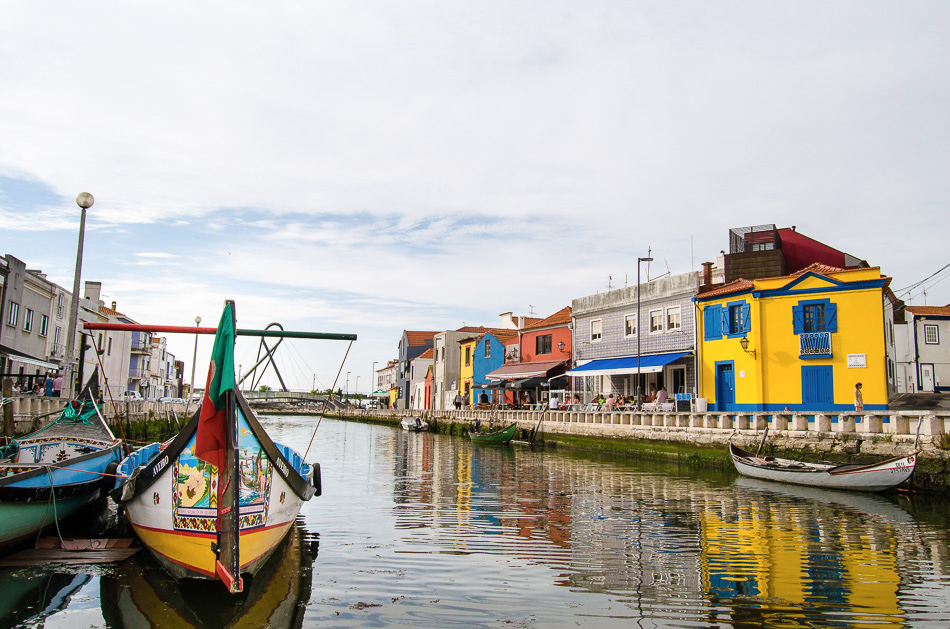
How many days do you need to visit Aveiro
You’ll need at least 2 days to visit Aveiro. It’s the perfect weekend destination.
Here’s a glimpse of what you’ll find:
The Weather and When to Visit
The best time to visit Aveiro is between March and September. But considering that Portugal has on average 300 days of sunshine, don’t worry too much about it.
However, during the winter months (December to March) temperatures hover around 9ºC. We recommend packing a windbreaker — the city is VERY windy and gets cold at night.
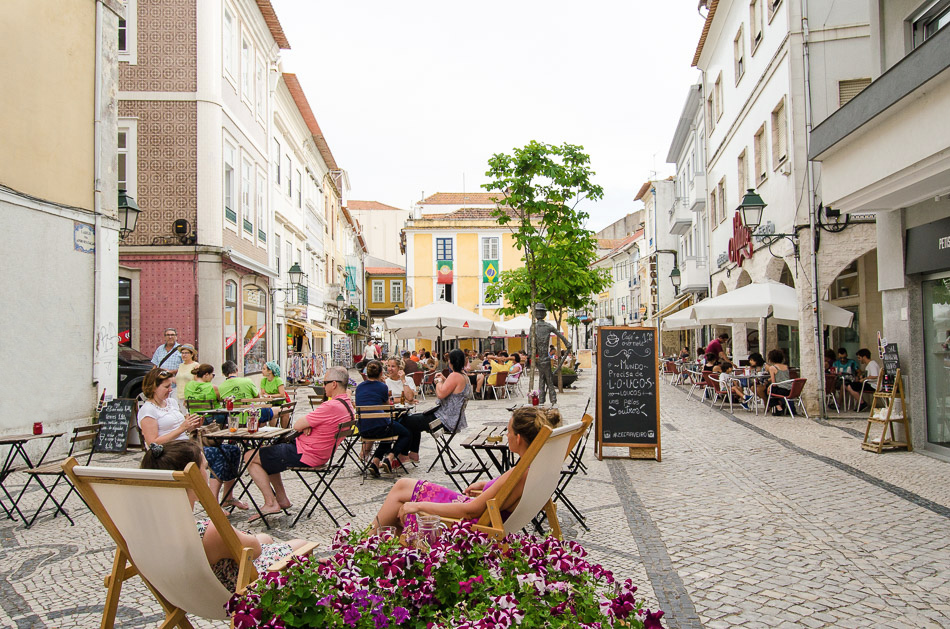
How to get to Aveiro
By train:
Being located between Lisbon and Porto, Aveiro is conveniently served by the Northern Railway Line.
A train ride from Lisbon to Aveiro will take around 2 hours and 20 minutes (255 km). Train ticket prices start at €21 up to €39,60. Check the train schedules here.
Porto is 76 km from Aveiro. If your trip starts from Francisco Sá Carneiro Airport (Oporto), first you’ll have to take the subway to Campanhã railway station (35 minutes for €2).
From Campanhã or São Bento railway stations, get the urban train to Aveiro (yellow line, 1 hour trip for €3.55). Urban trains run hourly and every day of the week, you can check the train schedules here.
By car:
If you’re planning to drive a car, many freeways will bring you to Aveiro: A1, A5, A17, and A29.
Lisbon to Aveiro toll rates start at €17,50
Porto to Aveiro toll rates start at €4,75
There are free car and caravan parking facilities near Rossio, free of charge.
What to do and see in Aveiro
To help you navigate the city, here’s a map of Aveiro. All the spots mentioned in this post were marked with dark blue pins.
All the pins are also marked on Maps.me.
Ria de Aveiro
The saltwater canals permeating through the city center are an extension of the Ria, a coastal lagoon that gives Aveiro a unique appeal. Walking along the canals and crossing the footbridges guarantees you won’t miss the most picturesque parts of the city.
Bairro da Beira-Mar
This is the most typical neighborhood of Aveiro established by the hardworking fishermen, salt workers, and their families.
It’s an esteemed city quarter, assembled by narrow streets and simple houses, embellished by a mishmash of colors and patterns of Portuguese tiles.
Here’s also where São Gonçalinho celebrations happen every year.
São Gonçalinho (January)
Hands down the most random and entertaining celebration in town.
Every year, in January, people go to the top of the São Gonçalinho chapel— patron saint of Aveiro—to throw sugary hard cakes as a way to fulfill their vows.
The crowd below tries to catch the rock-hard cakes called ‘cavacas’, not necessarily to eat them, but because they’re said to bring good luck.
We made a video about it:
Praça do Peixe e o Mercado José Estevão
It’s a small Eiffel-style iron and glass building in the Beira-Mar neighborhood, and one of Aveiro fish markets, opened Tuesdays to Saturdays from 7 AM to 2 PM.
There’s a restaurant on the first floor.
At night, the vicinity comes alive with bars, cafes, and terraces: starting at 10 PM to approximately 3 AM-ish.
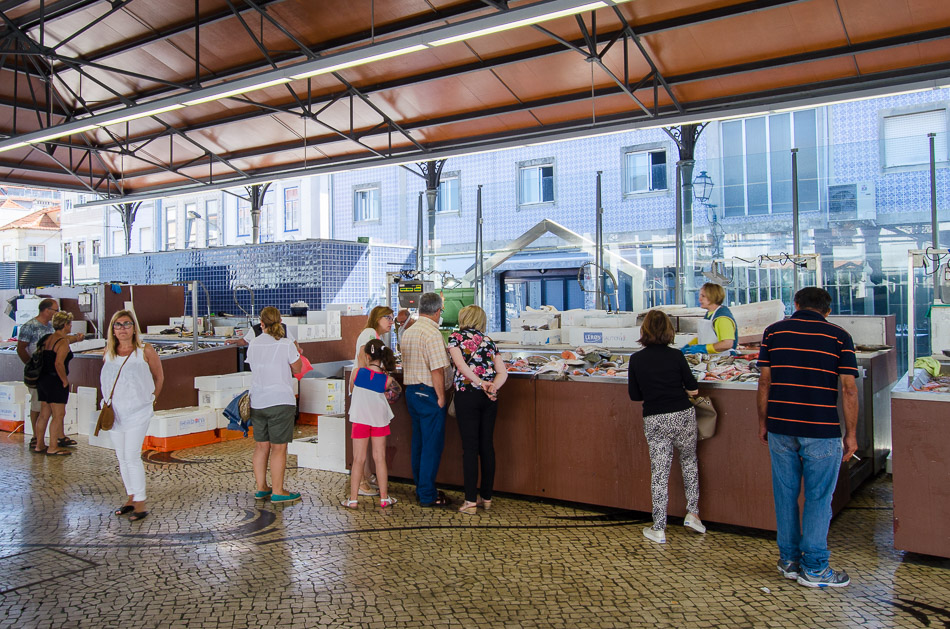
Fábrica Campos and the Fonte Nova Quay
Now a repurposed building Fábrica Campos was a manufacturing plant of paramount importance for Aveiro during the XIX and XX centuries.
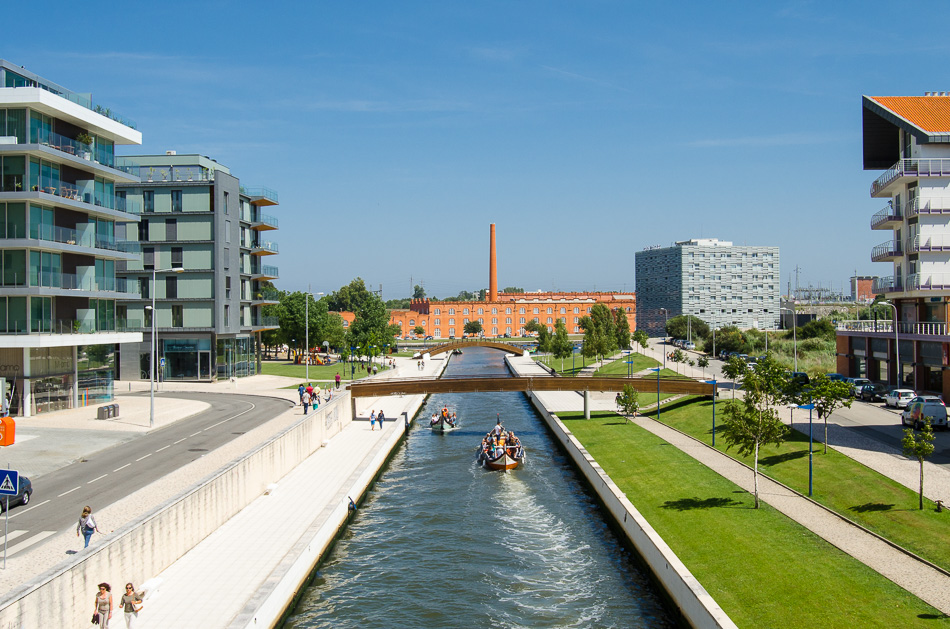
In front of it is the Fonte Nova Quay, a beautiful urban space widely used by locals and perfect for a late afternoon stroll or lawn rest.
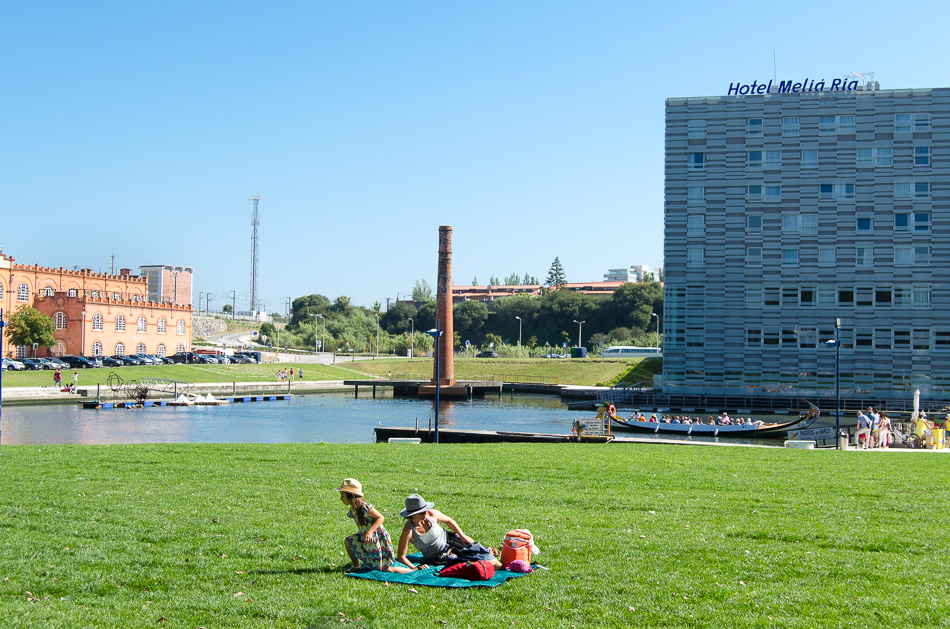
There are cafes, a supermarket, restaurants, and a sushi place called Subenshi to grab dinner after the sunsets.
Marinha da Noeirinha
Marinha da Noeirinha is an old saltern that was recently restored and is being explored in different ways. Here you can go on a guided tour and learn about the salt-making process, take a dip in its rustic salt-water pool, or even enjoy an afternoon on its “salt Spa”. Allegedly the high concentration of salt in the water and slurry yields them therapeutic properties that aid with skin conditions, allergies, and respiratory problems.
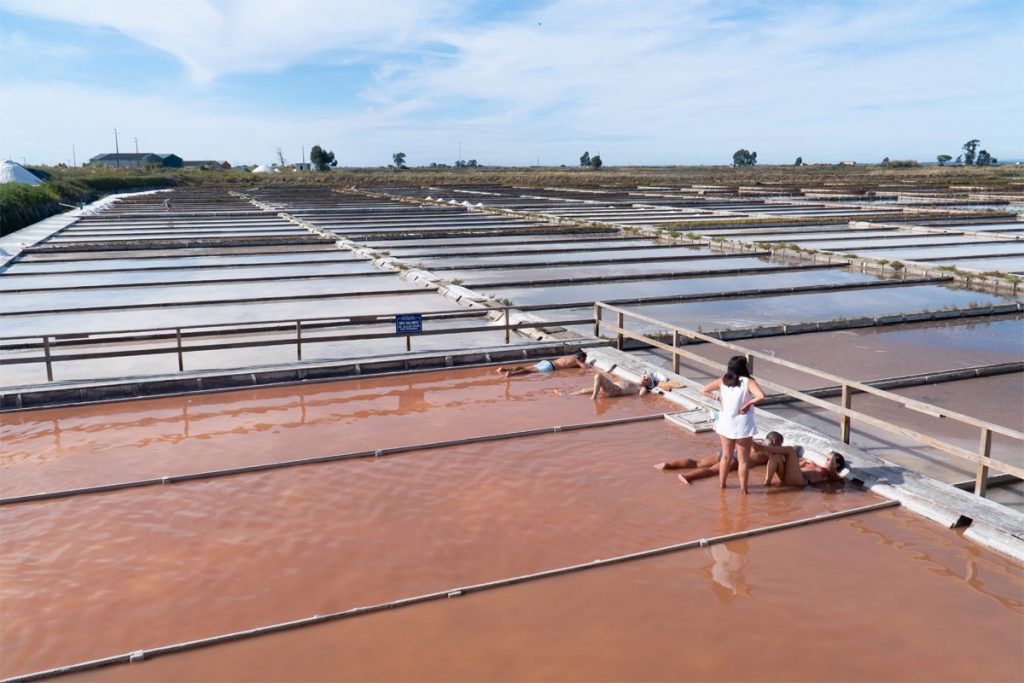
If you’re interested in spending the night, there are water bungalows with two bedrooms, a bathroom, a kitchenette, and a terrace.
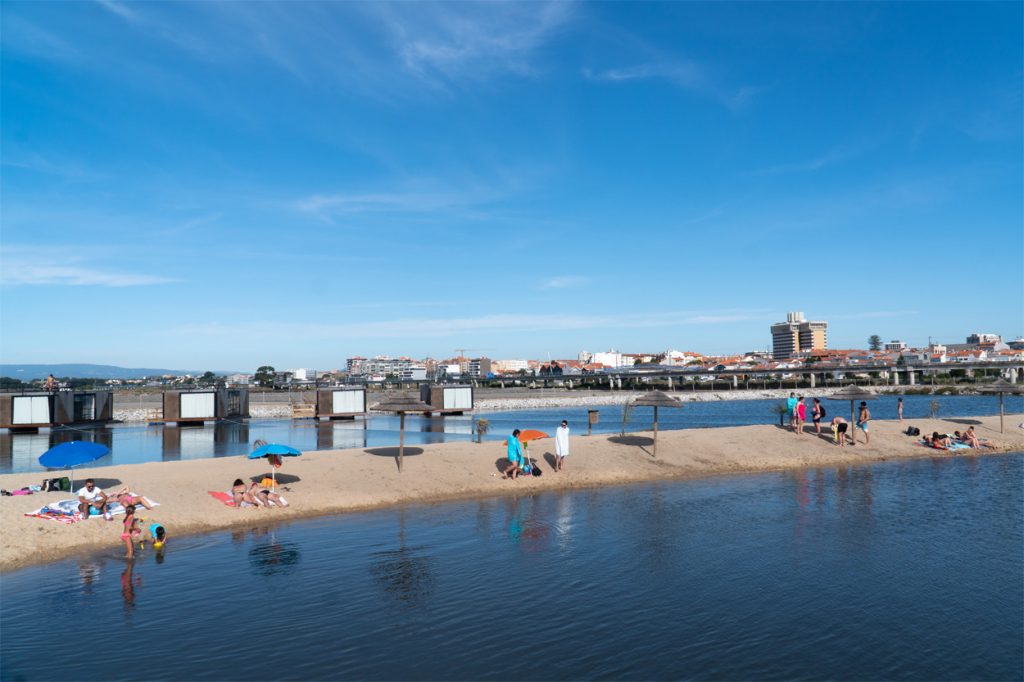
Guided tour to the saltern: €5 adults and €2,5 children
Salt Spa: €2 per hour (or included in the ticket for the beach area)
Beach Area: €3.5 for half a day or €5 for a full day. Kids pay €2 and €3 respectively.
Check it out at noeirinha.pt
Park Infante D.Pedro
In the mood for a picnic? Visit the city park that locals call “Parque da Macaca” (Monkey Park) due to a very bad-mannered monkey that lived there during the ’90s. Nowadays the monkey is no more but the park is greener than ever. As for animals, there are fish, turtles, and ducks on the lake.
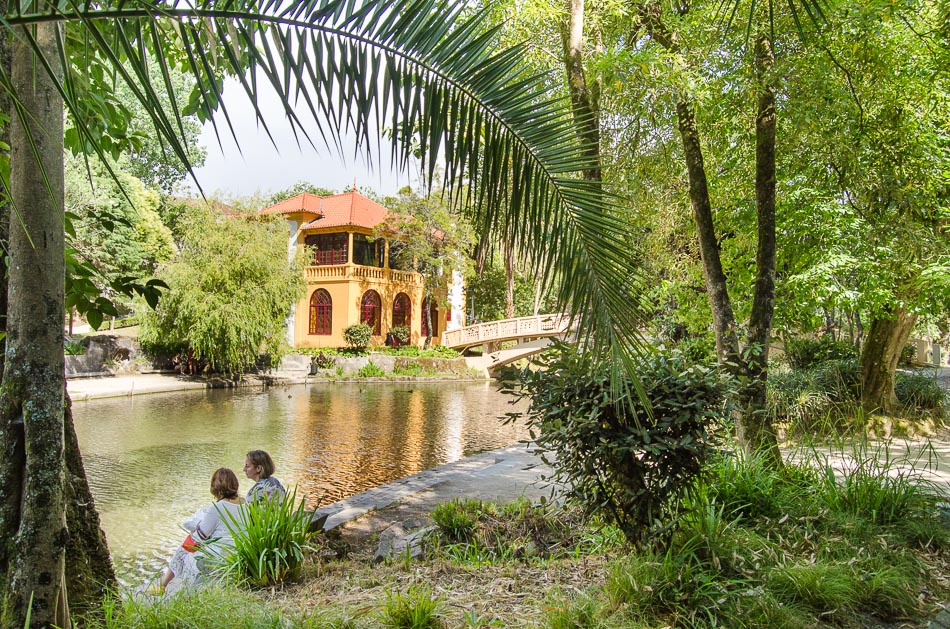
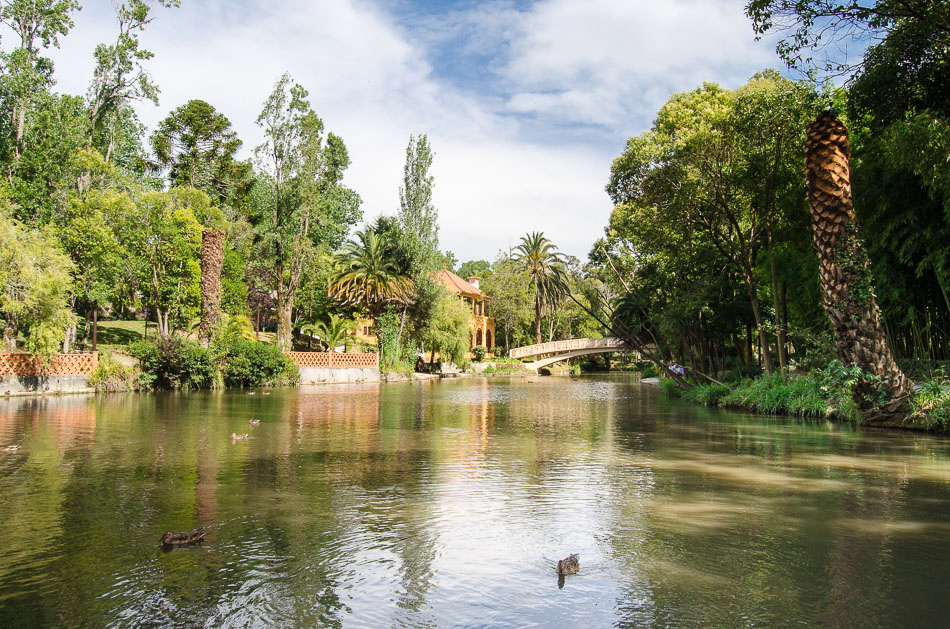
Aveiro old Train Station
Is a beautiful XIXth century building covered with several Portuguese tile panels that illustrate the region of Aveiro and its people.
The building was abandoned for many years after the new train station was built, but is now restored and serves as a showcase for endogenous products like ovos moles, salt, and wine.
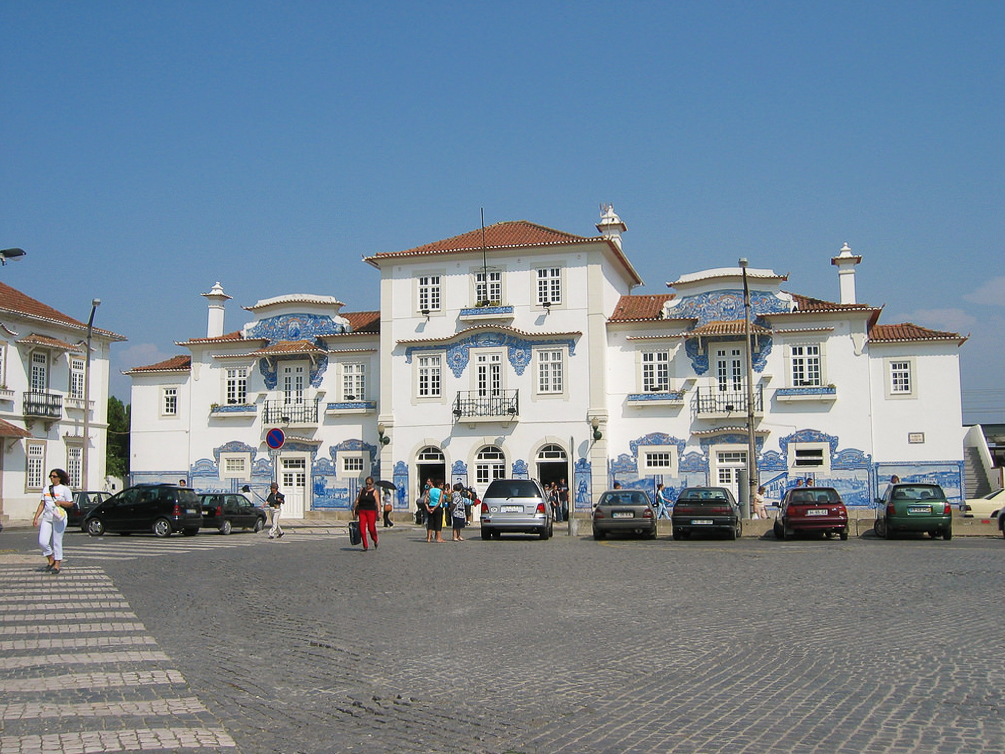 © NH53
© NH53
Fórum Aveiro
A shopping mall that doesn’t look or feel like one.
Instead of an obnoxious eyesore planted in the city center, it’s unique architecture merges beautifully with the city and invites you in for a walk.
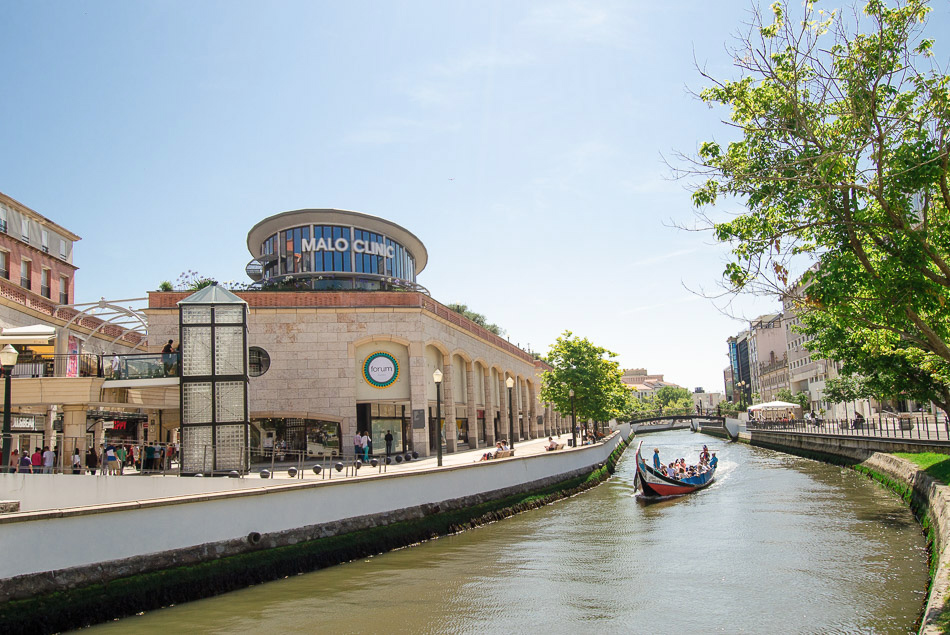
Here you’ll find the convenience of a food court, pharmacy, a rooftop garden with great views, and everything else a shopping mall has.
Festival dos Canais (July)
A one-week festival packed with a vast range of performances, workshops, and music of Portuguese and international artists. Events take place at different points of the city, every day, starting in the afternoon and extending to the late evening.
The festival is free, open to the public, and family-friendly.
Check the full program and highlights on the site www.festivaldoscanais.pt
Museums (all closed on Mondays)
Ecomuseum Marinha da Troncalhada
As a big salt producer back in the day, Aveiro managed to have 275 working salterns during the ’80s. Today there are less than 10, and Marinha da Troncalhada is one of the few that still works.
You can visit the eco-museum independently, for free, at any time of day—but we recommend doing it late in the afternoon, due to the epic sunsets.
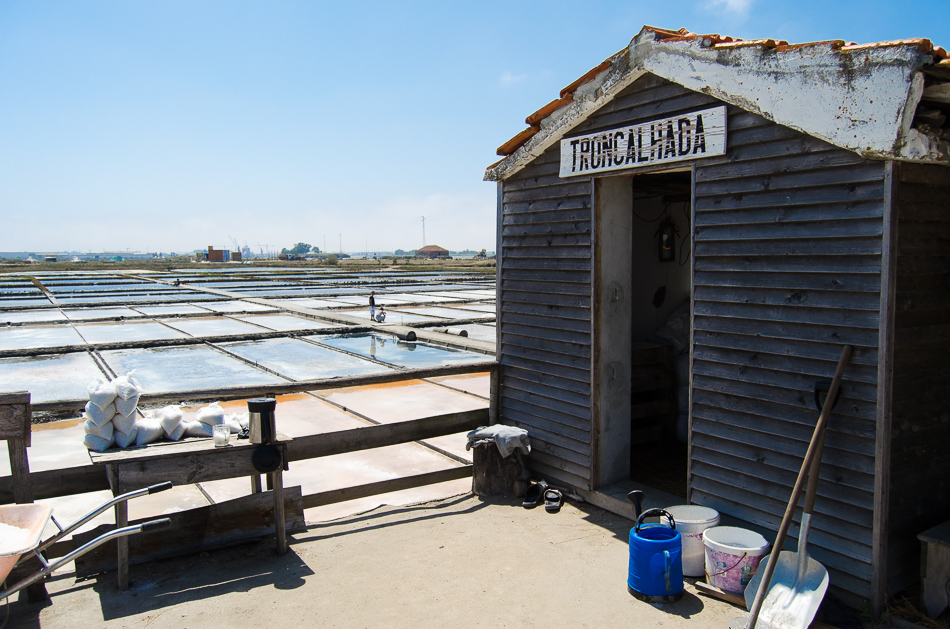
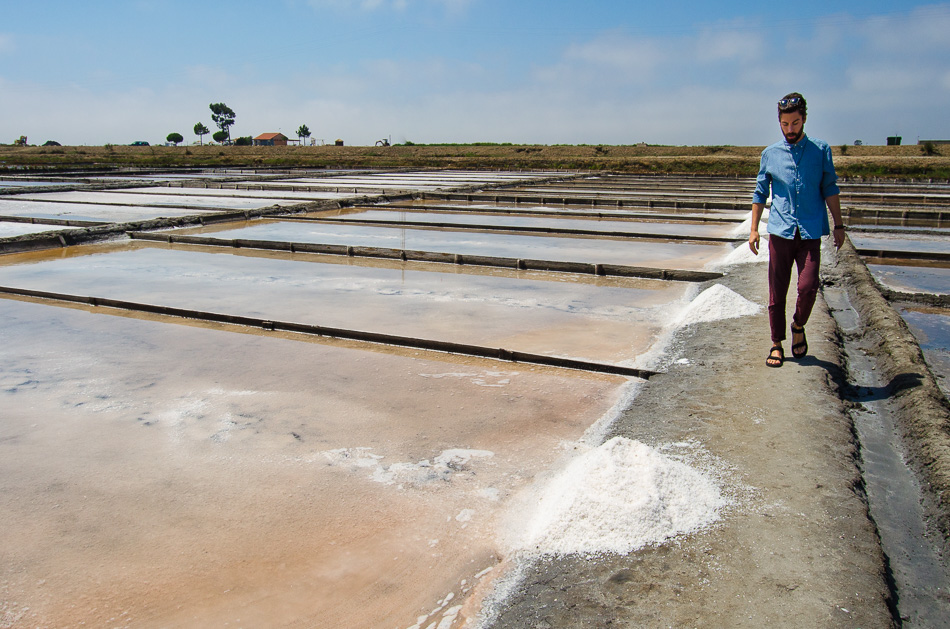
If you’re with a group of 6+ people and want to learn about the whole salt picking process, request for a guide at the City Museum (€1 per person). There isn’t any written information on the site, however, if you speak Portuguese, have a chat with the salt workers!
This is also a great place for bird watching (aquatic birds, perching birds, and birds of prey).
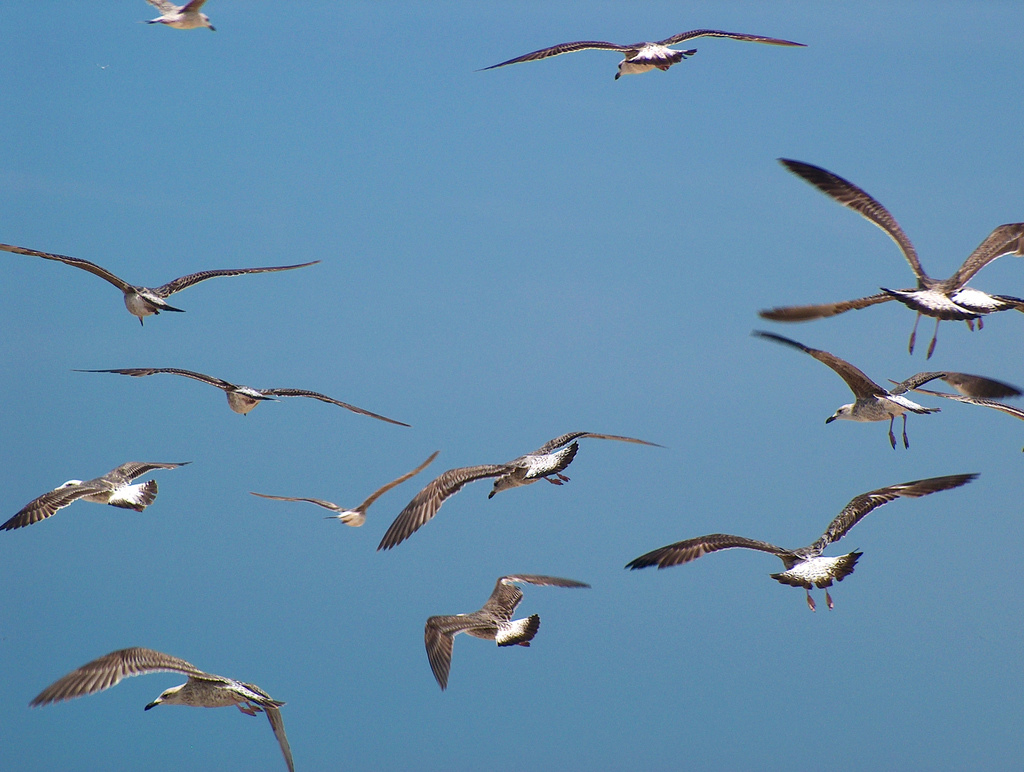 © César Sotelo
© César Sotelo
Art Nouveau Museum
Aveiro is an acclaimed city-museum of Art Nouveau in Portugal. Around the city center, you’ll find several of these beautiful historic buildings, and one of them is “Casa Major” which was adapted into a multi-level museum and tea-house.

Entrance fee: €2
Opening hours: Tuesday to Sunday 10 AM to 12.30 PM and 1.30 PM to 6 PM.
Tea House opening hours: Tuesday to Friday 09:30 AM to 02:00 AM
Weekends 09:00 AM to 03:00 AM
Aveiro Museum a.k.a Santa Joana Museum
A former female religious convent transformed into Aveiro’s main museum, now houses permanent exhibits of sacred art from the Portuguese baroque period, jewelry, and artifacts of historical importance to the city. Such as the tomb of the Order’s most famous nun, Princess Santa Joana.
Entrance fee: €4
Opening times: Tuesday to Sunday 10 AM to 6 PM.
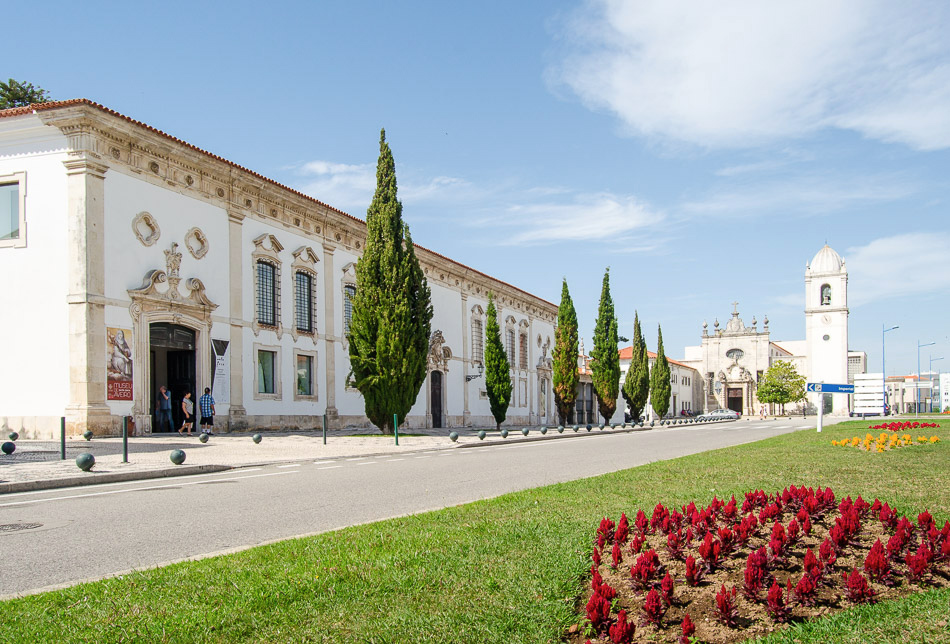
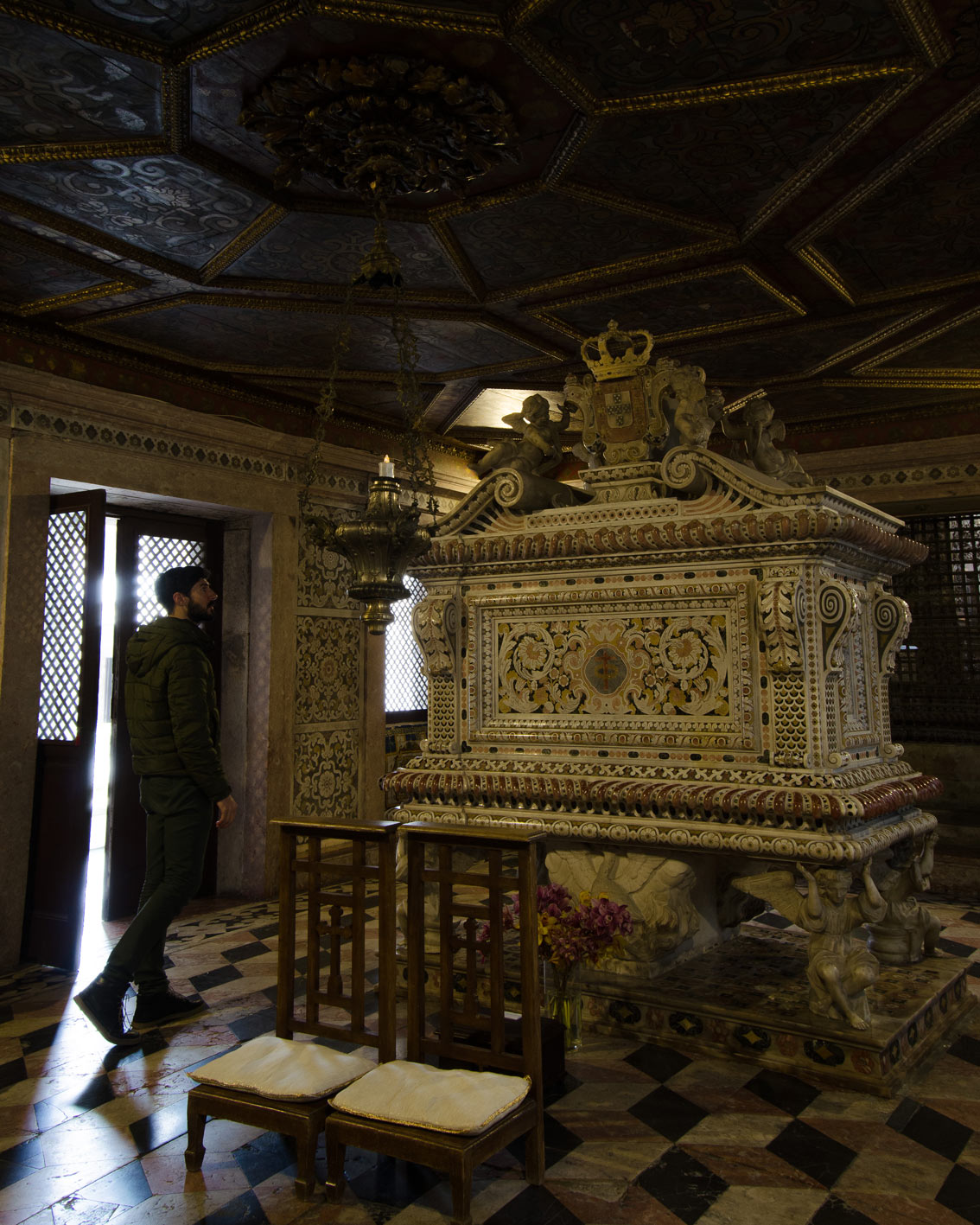
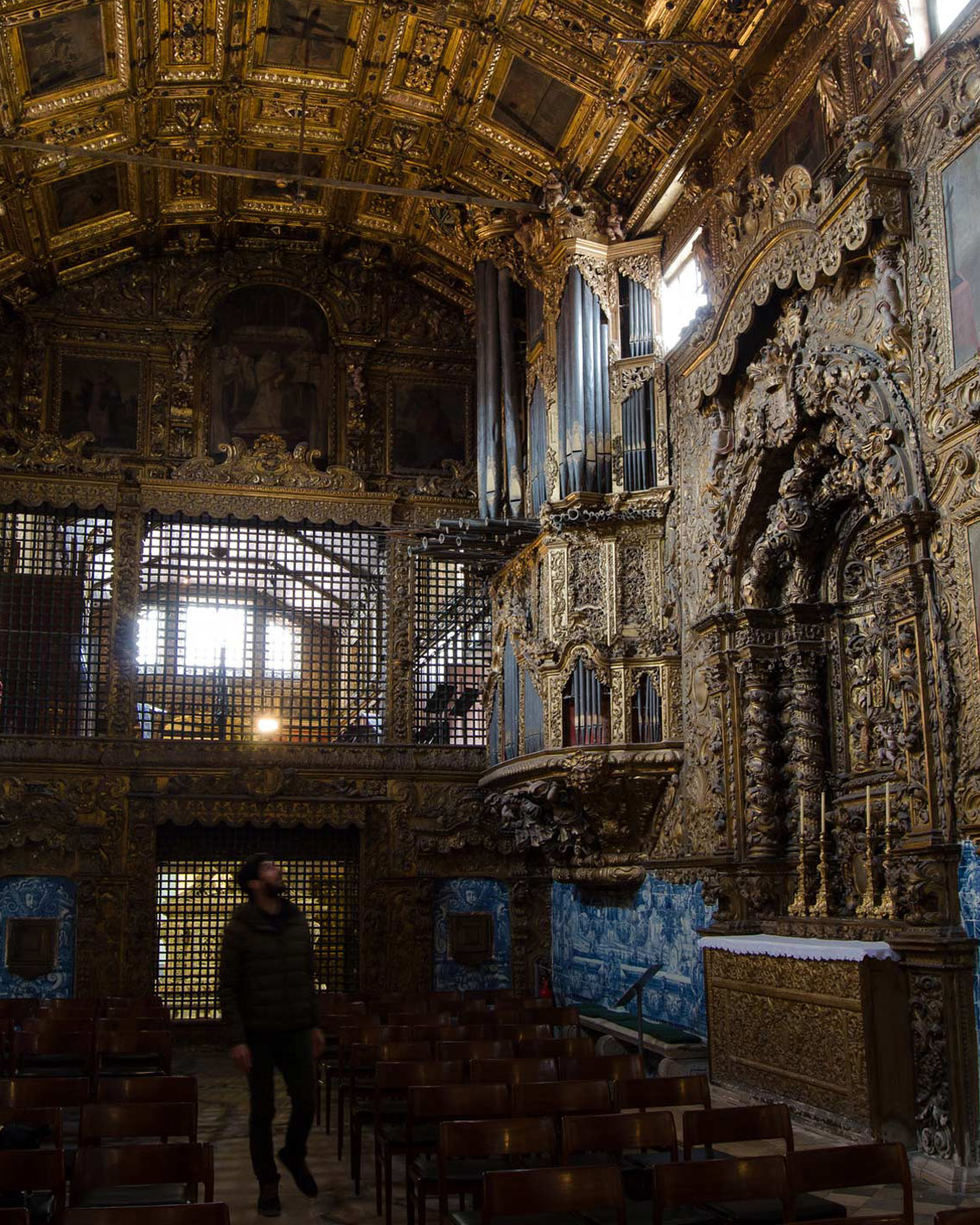
Museums discount tickets
For €5 you can get a general ticket that grants you access to all the museums in the city center:
• Ecomuseum Marinha da Troncalhada
• Art Nouveau Museum
• Aveiro Museum
• City Museum
The general ticket can be bought at the counters of the museums mentioned above (keep in mind that they’re all closed on Mondays).
Tours and Workshops
Moliceiro boat ride
You can sail along the scenic route on a moliceiro, just keep in mind that these boat rides are tailored to tourists. All moliceiros tend to have a guide on board spitting out information for 45 minutes straight, disregarding if it’s true or if you’re interested or not.
Having said that, on Rossio along the central canal are plenty of boat operators. As of July 2022, ride fees start at €6 for children, €10 for students and seniors and €13 for adults.
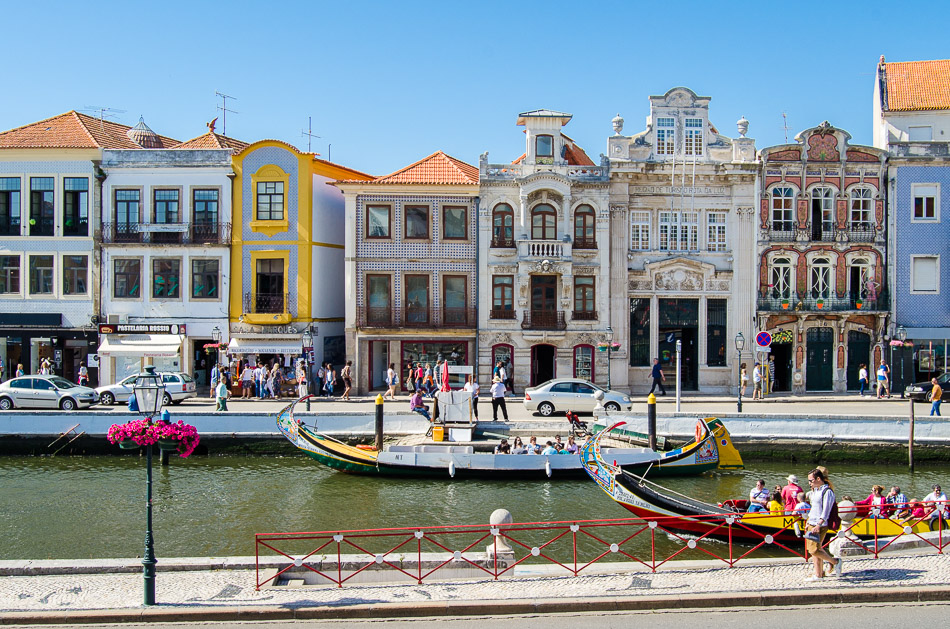
Near Fábrica Campos/ Fonte Nova Quay, the boat operator Eco Ria offers tours with optional upgrades. Prices also start at €13.
As there are fewer tourists around this area, you might be lucky enough to get an entire boat for yourself. Check the tours info on their website (it’s translated into several languages): www.ecoria.pt
Motorboat ride from Aveiro to the beach (Barra, Costa Nova, São Jacinto)
One of the motorboats that connected Aveiro to Costa Nova in 1945, was transformed into a boat museum offering tours from the city center (Rossio) to the beaches of Barra, Costa Nova, São Jacinto, and Torreira. Tour fees start at €15 for 45 minutes rides up to 2-hour rides (round trips).
During July, they have tours to the Big Moliceiro Sailing Regatta in Torreira, it’s a must-see. For information on the specific days (as the dates of the regatta change yearly), contact the Lancha da Costa Nova: www.praiadacostanova.pt
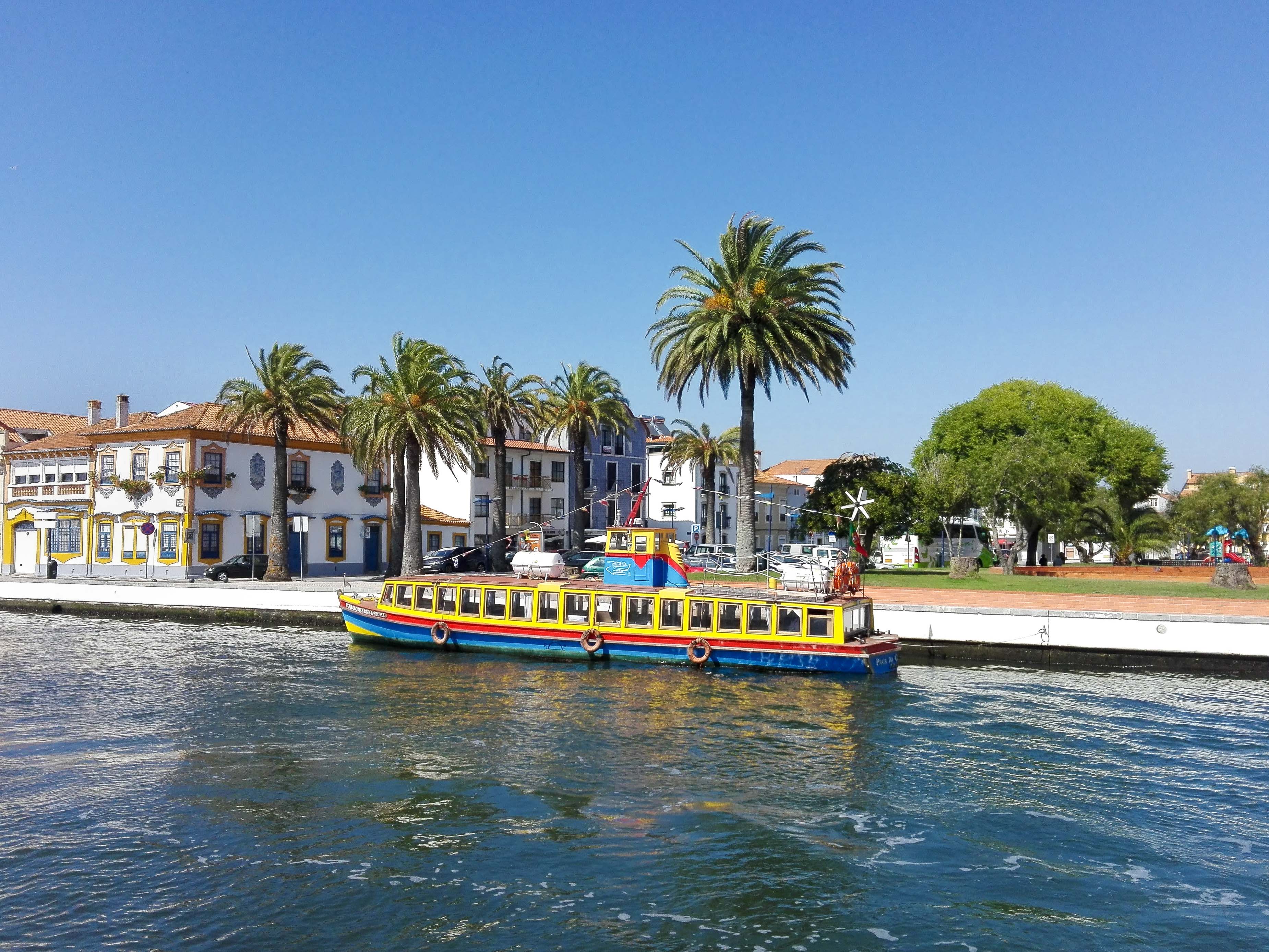
Tip: These motorboat tours, by removing you from the city center to places you cannot see otherwise, are a great way to glimpse the natural side of the Aveiro estuary. Besides, you’ll be paying a similar price to the moliceiro boat rides that can’t seem to do anything but going through the same ol’ tourist route.
Ovos Moles Workshop
Ovos moles are the most renowned sweet of Aveiro and can be tasted at any bakery around town. But if having a bite is not enough, you can learn its history and make your own at an ovos moles workshop at Oficina do Doce. The bonus is: you can eat them in the end.
Fee: €2 per person
Duration: 45 min.
Call them, email them or go to the shop and ask if they can squeeze you in with a bigger group (workshops only happen with 10+ people).
Moving around in Aveiro
BUGA (Aveiro’s free bicycles)
Renting a bicycle on a BUGA stand is easy. All you need is a document with your identification as collateral (like a driver’s license or passport) and the bike is yours for 2 hours to use within town limits, and free of charge!
BUGA stands opening hours:
Monday to Friday 9 AM to 6 PM
Weekends 10 AM to 1 PM and 2 PM to 6 PM
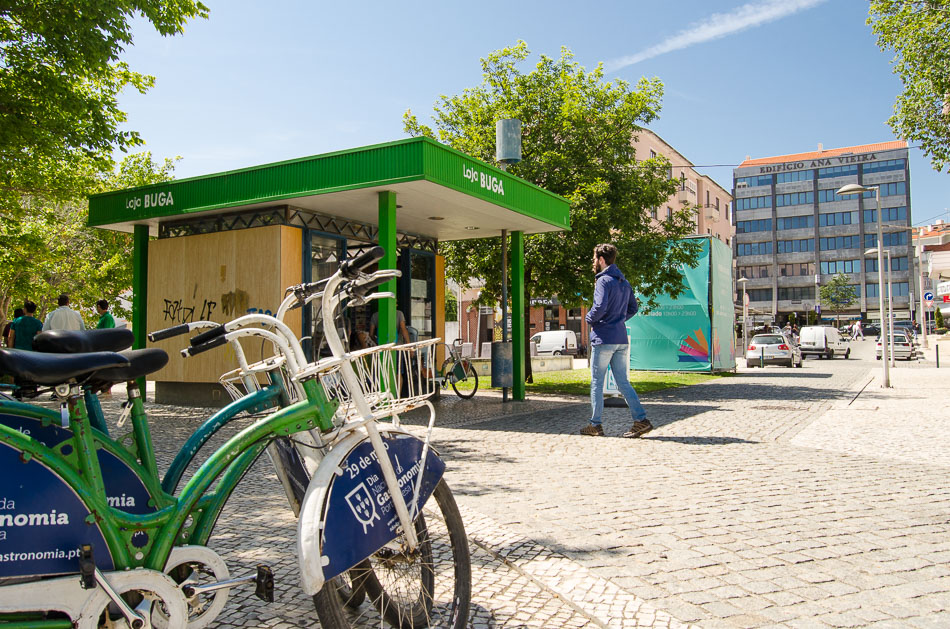
Tuk-tuk
You don’t really need a tuk-tuk to visit Aveiro. But if you feel like it, the vehicles from Aveiro Tuk-Tours are electric, and prices change according to the duration of the tour.
• 30 minutes ride: €7,50
• 45 minutes ride: €10
• 1-hour ride: €12,50
• 30-minute ride + moliceiro trip + a visit to the salterns: €15
Bus
Around here, everything is a 15-minute walk from everywhere else. Buses are only necessary to get to the beach.
However, prices and timetables for city buses are here: www.aveirobus.pt
Tickets can be bought on the bus for €2.10
Getting to the beach
Barra and Costa Nova beaches are a 20 minutes bus ride from the city center. There are 2 bus stops at different ends of the city: one right by the railway station and the other near Rossio.
Find all the information you’ll need on the post Discover Barra and Costa Nova: the beach getaways by Aveiro.
If you have any questions, feel free to leave us a comment or contact us.
Podes escrever-nos em português se preferires.
Bangkok Travel Bible - Bangkok Chinatown and Bang Krachao (Day 04)
The fourth day of this Bangkok Travel Guide will be mostly spent in Chinatown. Although it’s possible to get lost here for the whole day, we’ve planned a break from the chaos to visit the urban oasis Bang Krachao.
For a bit of context, Nuno and I created a complete itinerary for Bangkok, divided it into 5 parts, and organized it by days. The locations on each itinerary are sequentially planned and mapped in the most convenient order. But the days are interchangeable, and you can sort them as you want. Check out:
Let’s start day four.
Bangkok Chinatown and Bang Krachao Itinerary Map Day 4
(All spots for day-4 are marked on the map by lilac pins).
Pak Klong Talad (Flower Market)
Pak Khlong Talat market is the third biggest orchid flower market on the planet and ranks at No. 4 on the top ten best flower markets around the world.
Many of the flowers sold here are used on a daily basis to decorate Buddhist temples and shrines throughout Bangkok.
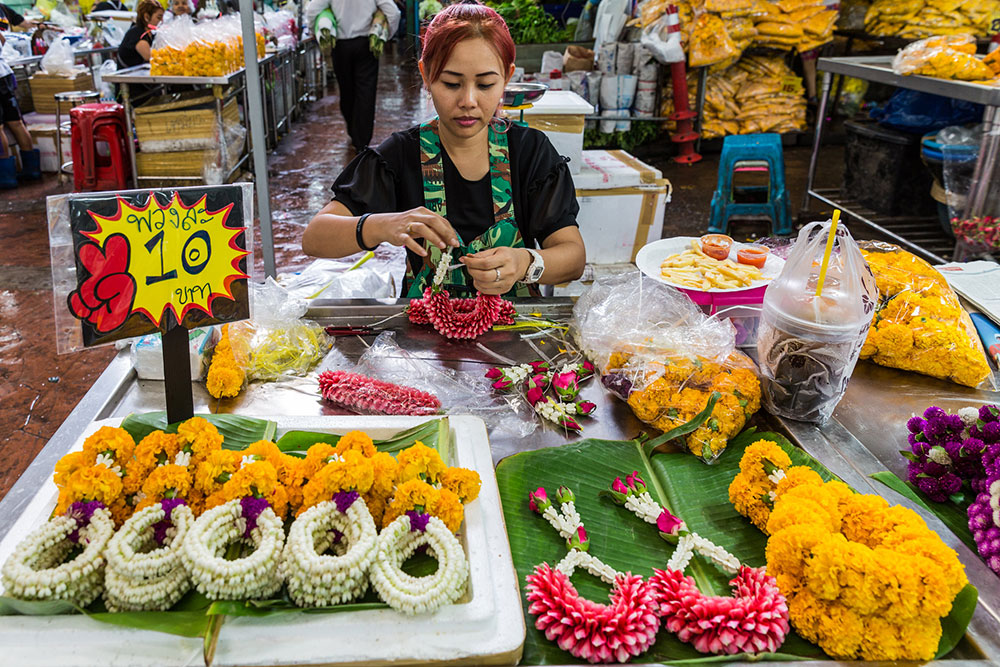
Photo by Ninara
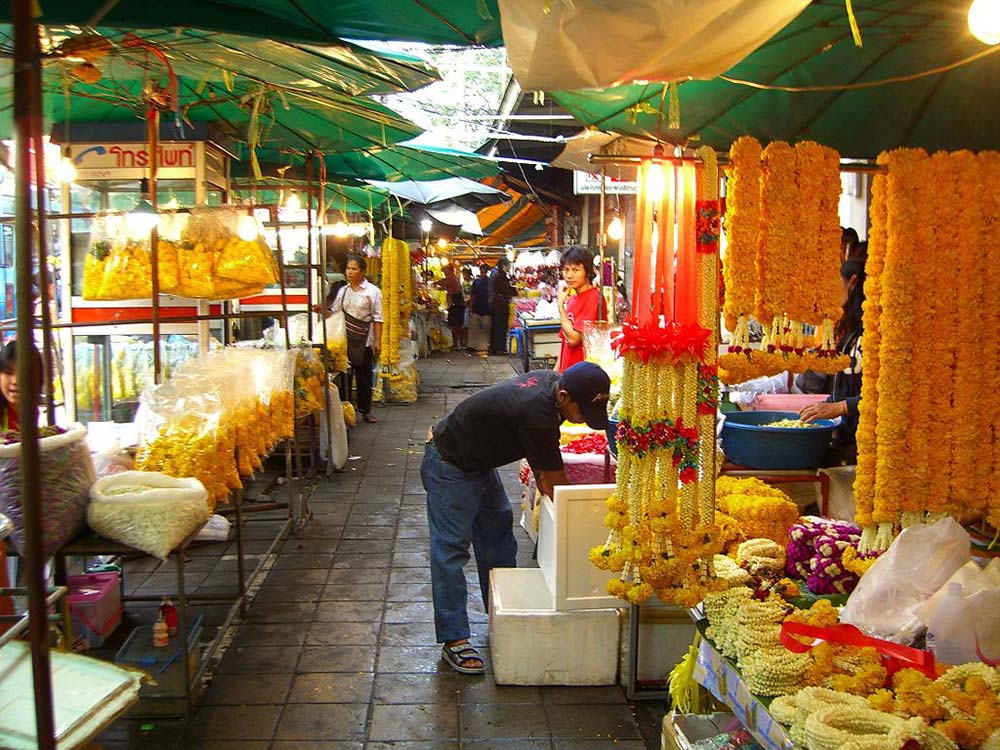
Photo by Eric Molina
This fragrant flower market is open 24 hours a day, but the activity starts before sunrise, around 3:00 AM, when flower deliveries arrive from Chiang Mai, Chiang Rai, and other Bangkok nearby provinces.
As the cool temperatures at dawn help flowers stay fresh, this is when you can see the market bustling with people. Therefore, your visit to Pak Klong Talad should be early in the morning (8:00 AM-ish), or after midnight.
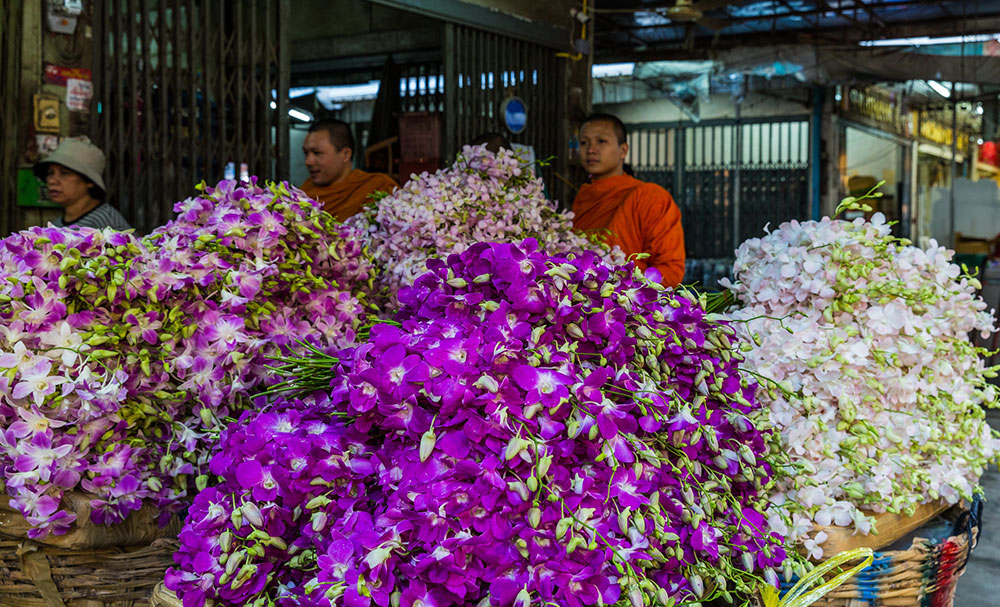
Photo by Ninara
How to get to Pak Klong Talad
🚌 Bus:
The market is located near the Memorial Bridge and the bus lines that can be useful are No. 3, 8, 9. For other transport alternatives, check www.transitbangkok.com
Wat Mangkon Kamalawat (Dragon Lotus Temple)
The Dragon Lotus Temple is a Chinese-Buddhist temple in the heart of Chinatown and a hotspot of activities for Bangkok’s Chinese population.
The layout of Wat Mangkon Kamalawat consists of a set of interconnected courtyards that house collections of Buddhist, Taoist, and Confucian shrines.
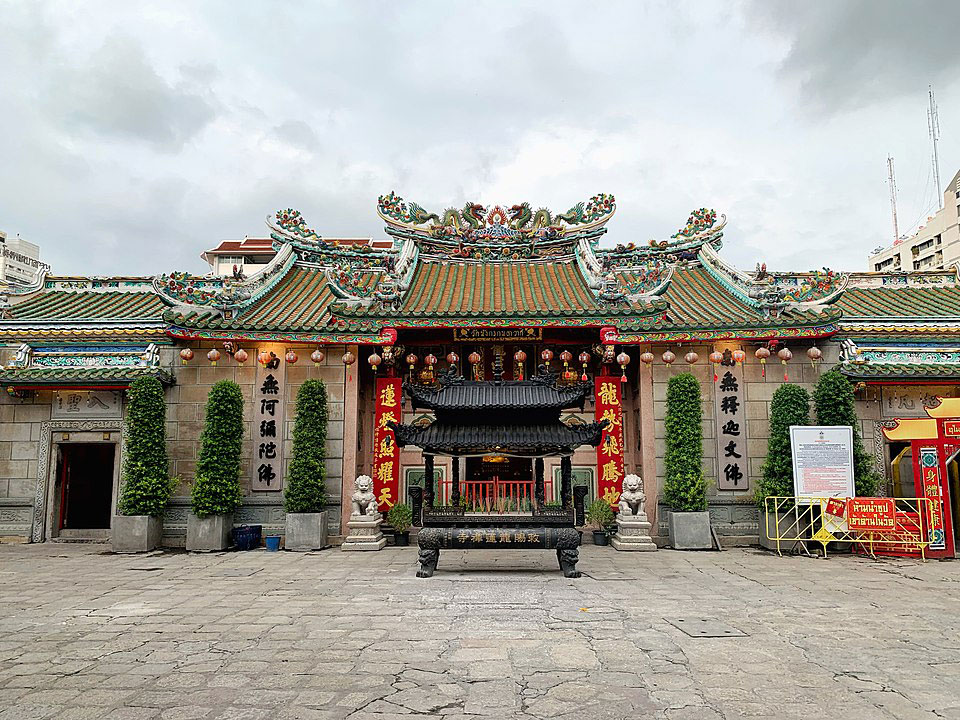
Photo by Chainwit Dhanasarnsombat
Although it’s during Chinese New Year (February 1st, 2022), or during the Chinese Vegetarian Festival (usually falls in late September or October and lasts 9-days) that you can see Wat Mangkon Kamalawat in all its splendor, the temple is visited daily by devotees to leave their offerings and prayers.
Opening hours
Fromm 9:00 AM to 6:00 PM.
Admission is free.
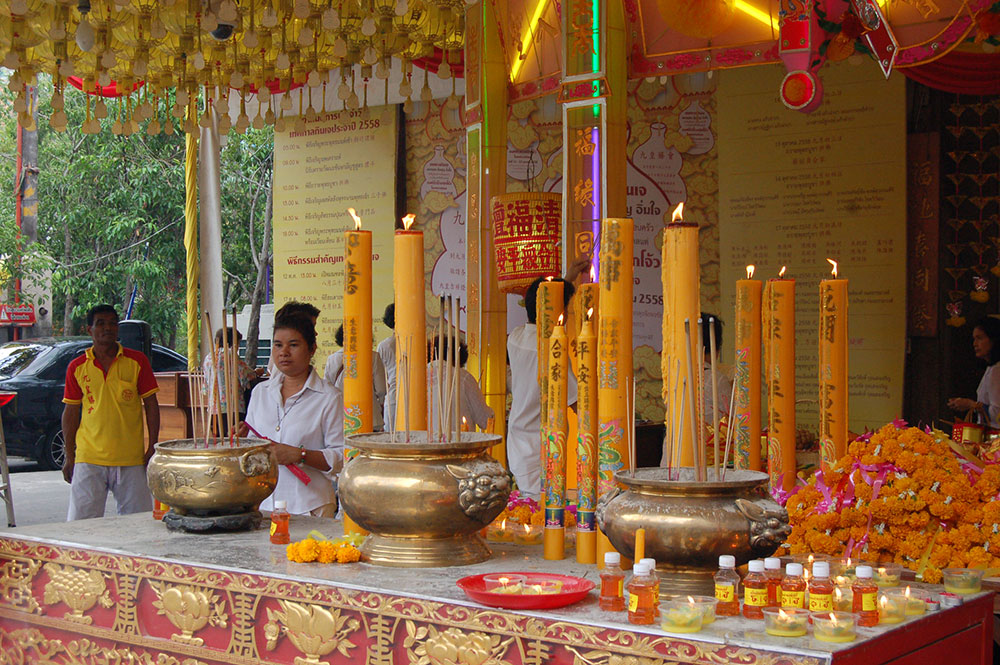
Photo by Kris Duda
Getting to Wat Mangkon Kamalawat on foot
From Pak Klong Talad you will have to walk 24 minutes. Use the map in this post as a guide.
Transportation to Wat Mangkon Kamalawat
🛺 Tuk-tuk
A tuk-tuk ride from the flower market should cost you 30 THB.
🚕 Taxi
A taxi should cost around 35 THB.
Wat Traimit (The Temple of the Golden Buddha)
Wat Traimit is located in Bangkok Chinatown and earned the name “Temple of the Golden Buddha“ for housing the biggest solid gold Buddha statue in the world.
The sited Buddha statue is about 800 years old, measures over three meters high, and weighs five and a half tons.
Wat Traimit has a museum on the 2nd and 3rd floor, where you can learn about the history of the Golden Buddha and the history of the Chinese traders in Bangkok.
Opening hours:
from 8:00 AM to 5:00 PM and closes on Mondays
The entrance fee is 40 Baht.
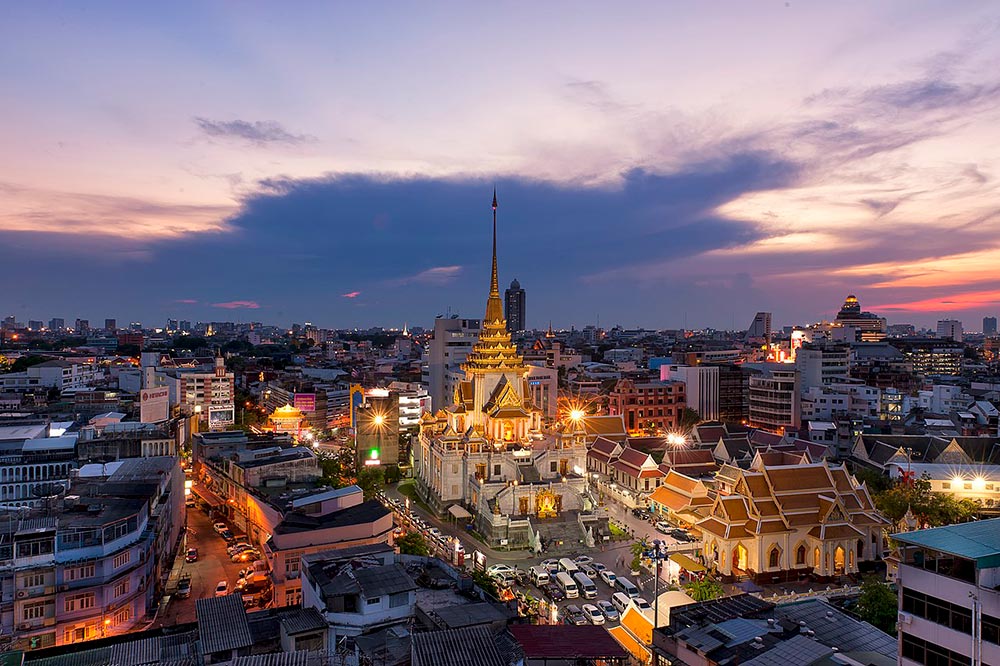
Photo by Preecha.MJ
Getting to Wat Traimit on foot
From the Dragon Lotus temple, walk 14 minutes towards the southeast.
How to get to the Wat Traimit
🚇 MRT Subway
Take a train on the Blue Line of the MRT Subway and get off at Hua Lamphong station. From there, it’s a few minutes’ walk.
🛺 Tuk-tuk
If you are in Chinatown but don’t feel like walking, take a tuk-tuk.
Bang Krachao (Bangkok Green Lung)
Bang Krachao is an artificial island nestled in the center of a curve made by the Chao Phraya River. Known as the green lung of Bangkok – due to its shape and amount of trees – it’s like an oasis that sprung in the middle of a metropolis.
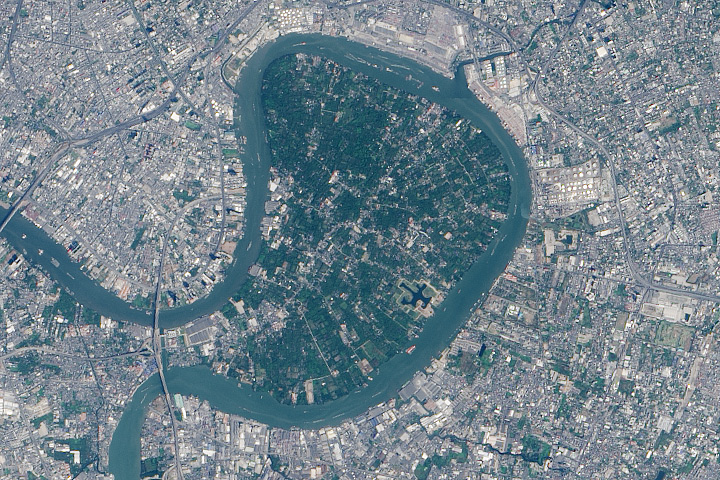
Upon arrival, you can rent a bicycle to tour the entire park and observe the unique culture of the district. Bike rentals vary between 50 THB per hour or 100 THB per day. Bang Krachao maps are available at the pier and at the bike rental shops. You’ll need one.
In Bang Krachao you can visit:
• Beautiful temples
• A floating market (on Saturdays and Sundays, in the morning until 3:00 PM)
• Trendy cafes
• Many food stalls
• The Sri Nakhon Khuen Khan Botanic park
Bang Krachao opening hours
Daily 6:00 AM to 8:00 PM
How to get to Bang Krachao (Bangkok green lung)
🚇 MRT
Take the blue MRT line, close to the Hua Lamphong train station, and get off at Klong Toi station. From here, you can walk 30 min to Klong Toei Pier, or hire a taxi for 60 THB.
To cross the river, take one of the wooden longtail boats at the pier, next to Wat Khlong Toey Nok temple. The boat trip costs 10 baht.
Bangkok Chinatown
Bangkok’s Chinatown is vibrant, crowded, loud, and the largest in the world. So you better believe we’re going to include it in this itinerary.
Nuno and I were super excited to come here, mainly for the multitude of food stalls (some even recommended by the Michelin guide).
Check out: www.guide.michelin.com/five-incredible-street-food-stalls-in-chinatown
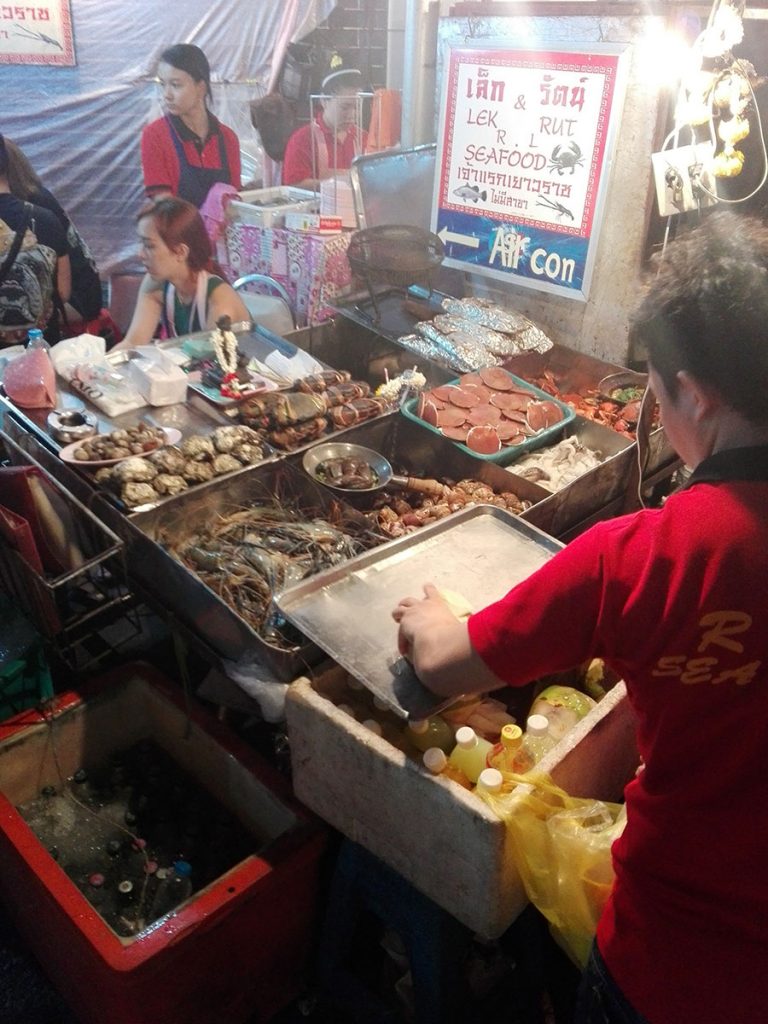
At night, the bright wok flames shooting in the air and the diversity of affordable food make for a gastronomic experience that should not be missed. But aside from the food, there’s a conspicuous cultural variation, noticeable in the spoken language, in the distinct architecture (some part of the city’s heritage), the temples, and the giant hanzi neon signs. So much so, that it might seem like you’ve left Thailand for a brief moment.
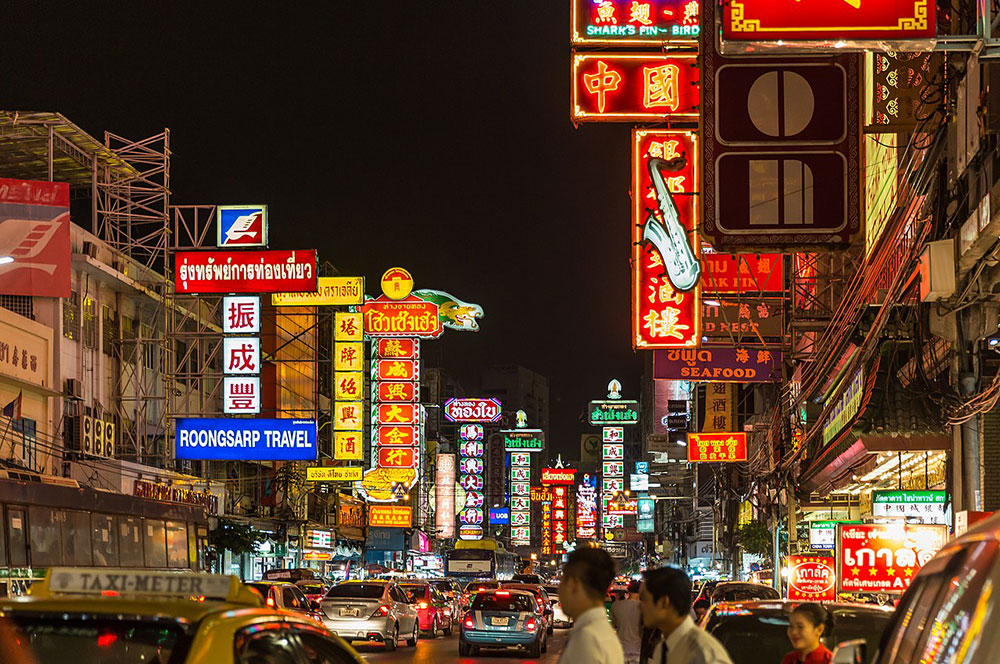
Photo by Ninara
How to get to Yaoworat Road in Chinatown
🚇 MRT
From Bang Krachao, return to Klong Toei station and take the MRT back to Hua Lamphong train station.
There’s still a lot of Bangkok to visit, check out:
Bangkok Travel Bible - Best Museums, Markets, and Parks (Day 03)
Welcome to the third day of our Bangkok travel guide. Today is all about Bangkok’s best Museums, Markets, and Parks.
For a bit of context, Nuno and I created a complete itinerary for Bangkok, divided it into 5 parts, and organized it by days. Each itinerary is sequentially planned with all locations mapped in the most convenient order, and you can sort the days as you want. Check out:
Walking can be one of the best ways to get to know a destination from the perspective of a local. Therefore, all the places mentioned in this post are within walking distance. Nevertheless, we also mention transportation alternatives.
Bangkok Itinerary Map for Day 3
(All spots for day-3 are marked on the map by green pins).
Jim Thompson House Museum
The Jim Thompson House Museum is one of the best museums in Bangkok. This was the house of Jim Thompson, an American architect, entrepreneur, and a big promotor of Thai silk to the world.
The museum is decorated with unique art pieces collected from around the country. And the guided visit (included in your ticket) explores the mysteries surrounding Jim Thompson’s disappearance.
Opens from 9:00 AM to 6:00 PM.
Tickets cost 200 Baht and include a guided visit. People under 22 pay 100 bahts.
You can visit the gift shop for free.
Transportation to Jim Thompson House Museum
🚝 Skytrain
Take the Skytrain and hop off on exit Nº1 National Stadium Station.
Then, all you have to do is walk 5 minutes towards the stadiums and turn right from Soi Kasemson to the river.
Suan Pakkad Palace (Wang Suan Pakkad)
The Suan Pakkad Palace is a museum consisting of 8 typical Thai houses. The houses are filled with an eclectic mix of fine arts, royal ancient artifacts, archaeological finds, ceramics, and a collection of Khon masks and puppets.
Each building has its own history, like the Lacquer Pavilion that was brought here from Ayutthaya.
The entire venue is surrounded by a beautiful Japanese-style garden and considering that Suan Pakkad Palace is a bit off the normal tourist trail, you’ll get some alone time to wander around for as long as you want.

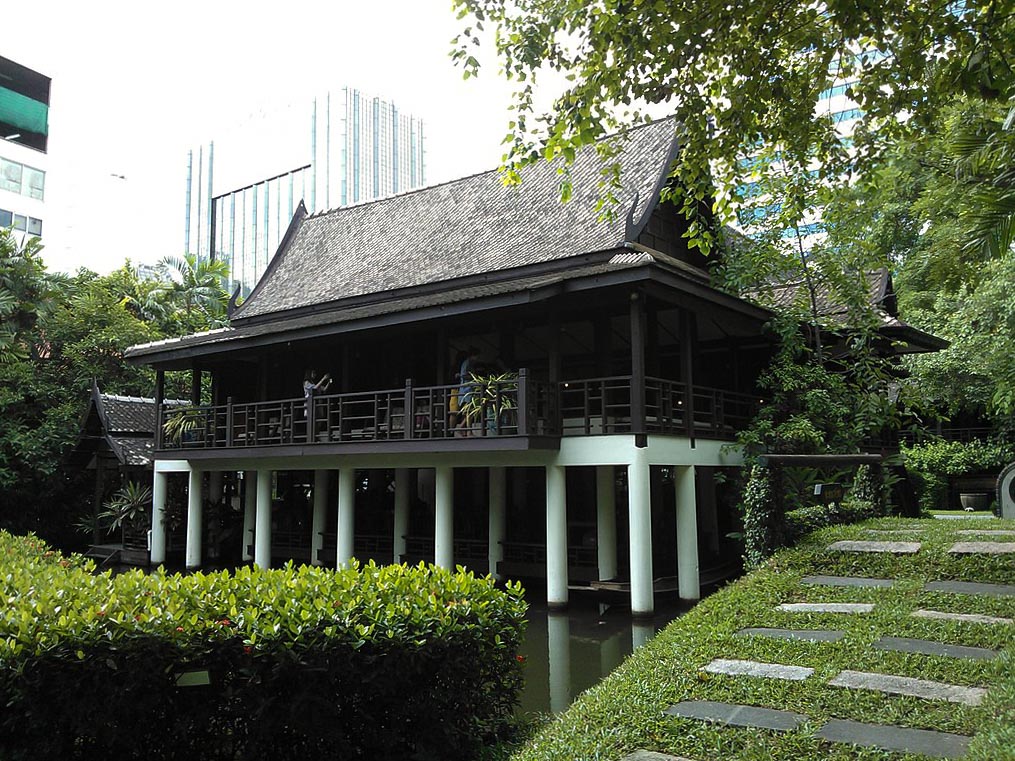
Open daily from 9:00 AM to 4:00 PM.
The entrance fee is 100 Baht.
Getting to Suan Pakkad Palace on foot
If your starting point is the Jim Thomson House Museum, you will have a 20-minute walk to the northeast. First, cross the river through the Chaloemla 56 bridge and follow the map above.
Transportation do Suan Pakkad Palace
🚝 Skytrain
Hop on the BTS (Skytrain) and get off at Phaya Thai Station.
After a 5-minute walk on Ayuthaya Road (east direction), you’ll arrive at the door of Suan Pakkad Palace.
Pratunam Market
Pratunam is Bangkok’s largest clothing, footwear, and watches wholesale market.
It’s noisy, chaotic, and mazelike, but the prices and good knock-off products keep attracting thousands of locals every day.
Tip: Around here, haggling is totally expected if you’re buying wholesale.
Be careful of pickpockets and keep your items in front of you.
Open all-day-everyday (but it is more fun between 11:00 AM and 9:00 PM).
Getting to Pratunam Market on foot
From Suan Pakkad Palace, it’s a 16-minute walk south.
Transportation to Pratunam Market
🚝 Skytrain
The nearest Skytrain stations to the market are Siam or Chit Lom. The market is north of these stations, behind the Amari tower.
Erawan Shrine
This beautiful (but understated) Hindu shrine in downtown Bangkok was built after a series of misfortunes during the construction of the Grand Hyatt Erawan Hotel. When nothing seemed to be going in their favor, the hotel’s builders consulted a Brahmin priest who advised the construction of a temple in honor of Lord Brahma. They built it and their luck changed!
Nowadays, Erawan Shrine gets visited by thousands of devotees from Honk Kong, China, Japan, Taiwan, and South Korea. To have their prayers answered, worshipers, can make a donation and have Thai dancers perform to the four-faced-Buddha.
Everyone can participate in the rituals but remember this is a very important shrine for many people. Respect the space and culture.
Opens from 6:00 AM to 11:00 PM.
Free entrance.
Getting to Erawan Shrine on foot
The Erawan Shrine is a 16-minute walk from the Pratunam market. Go south, cross the river and pass the Pathumwananurak Park. 300m ahead and opposite the Apple Central World is the Shrine.
Transportation to Erawan Shrine
🚝 Skytrain
Hop on the Skytrain, and get off at Chit Lom Station (light green line). Follow Phloen Chit Street to the west and after 200m you’ll arrive at the temple.
Lumpini Park
Is one of the largest green spaces in central Bangkok – and the perfect escape from the chaos and traffic of the city.
Being frequented by people of all ages, Lumpini Park is a hub for several activities like:
- Jogging
- Tai Chi
- Aerobics classes
- Paddle boating
- Local Jazz bands playing on late Sundays afternoons
Opens from 4:30 AM to 9:00 PM
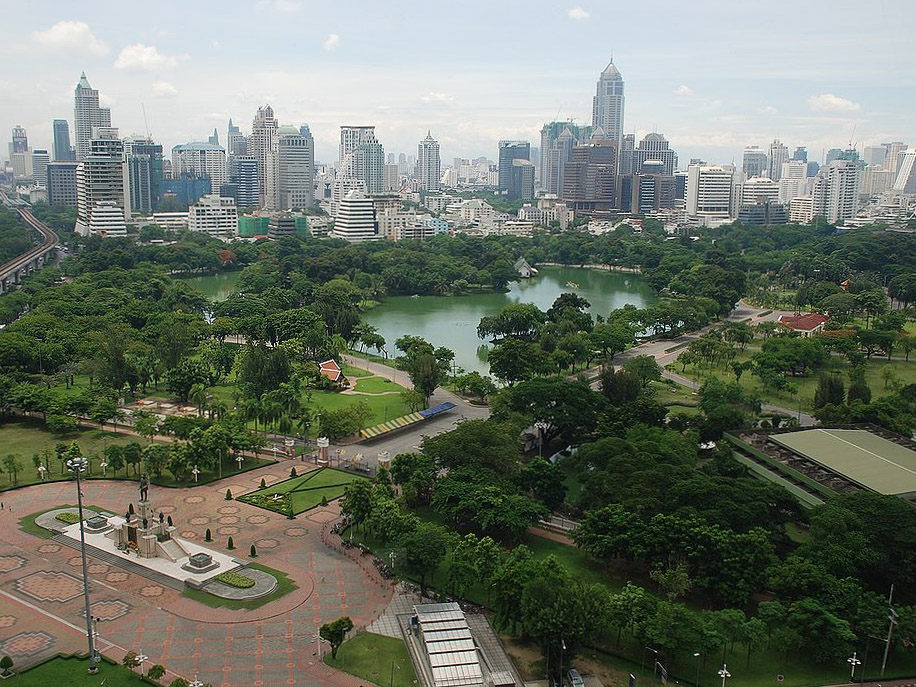
Getting to Lumpini Park on foot
Just a short 15-minute walk south from Erawan Shrine you will arrive at Lumpini Park. Follow the map above.
Transportation to Lumpini Park
🚇 MRT
By MRT hop off at Lumpini or Silom Station.
🚝 Skytrain
By Skytrain hop off at Saladaeng Station.
Klong Toey Market
This is Bangkok’s biggest and most authentic wet market. Here’s where many of the city restaurants and food stall cooks come to buy their fresh ingredients.
Have in mind that by saying “fresh ingredients” we also mean “raw” and “bloody”. In Klong Toey Market you’ll find freshly picked fruits, veggies, and flowers, but also the rawest pigs feet, plucked birds, and pungent fish. It’ll all depend on the sections you walk through.
However, the outcome of all this fresh produce at hand is a huge diversity of Thai street food made on the spot.
The market opening hours are 6:00 AM to 2:00 PM, but it’s more dynamic in the morning.
Getting to Klong Toey Market on foot
It’s a 30-minute walk from Lumpini Park between buildings and traffic. Use the map above.
Transportation to Klong Toey Market
🚇 MRT
Hop on the MRT and get off Khlong Toei Station at Exit 1. Then take the Rama 4 Road and walk 10 minutes east.
🚌 Bus
Or get on the bus 22, 45, 102, or 180 and hop off at the bus stop 2 Khlong Toei Market.
(To return to the city center the best alternative is the MRT.)
There’s still a lot of Bangkok to visit, check out:
Bangkok Travel Bible - The Perfect 5 Day Guide (Day 02)
Welcome to day two of our Bangkok travel guide.
In case you didn’t know, Nuno and I created a complete itinerary for Bangkok, divided it into 5 parts, and organized it by days to make it easier to process. Each itinerary is sequentially planned with all locations mapped in the most convenient order. And you can sort the days as you want.
This is day two. ✌️
If you already finished your second day, here’s day one, day three, and day four.
Something to have in mind:
As the day-two itinerary includes the Chatuchak Weekend Market, it’s better if you’re doing it on a Saturday or Sunday. If that’s not possible, don’t sweat it, we got you covered: there are 2 museum visits to fill the hole.
Bangkok Itinerary Map for Day 2
(All spots for day 2 are marked by yellow pins).
Chatuchak Weekend Market
Chatuchak Weekend Market is one of the biggest and most popular markets in Bangkok. Its sheer size and hecticness can put to test the sense of direction of any scout. The market is organized and divided by countless corridors that spread from the central square.
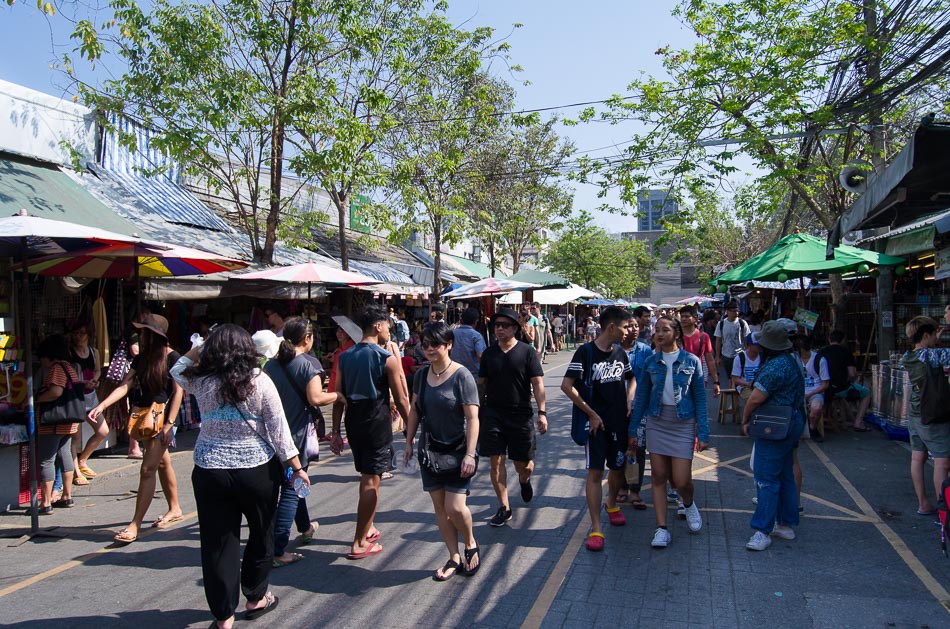

Even though you can find anything here, you will not always find it at the best prices. Regardless, Chatuchak is a great place to visit.
Opening hours
It opens on Saturdays and Sundays from 9 am to 6 pm and on Fridays from 6 pm to 12 am You’ll need at least half a day to see it. We recommend going in the morning and have lunch there.
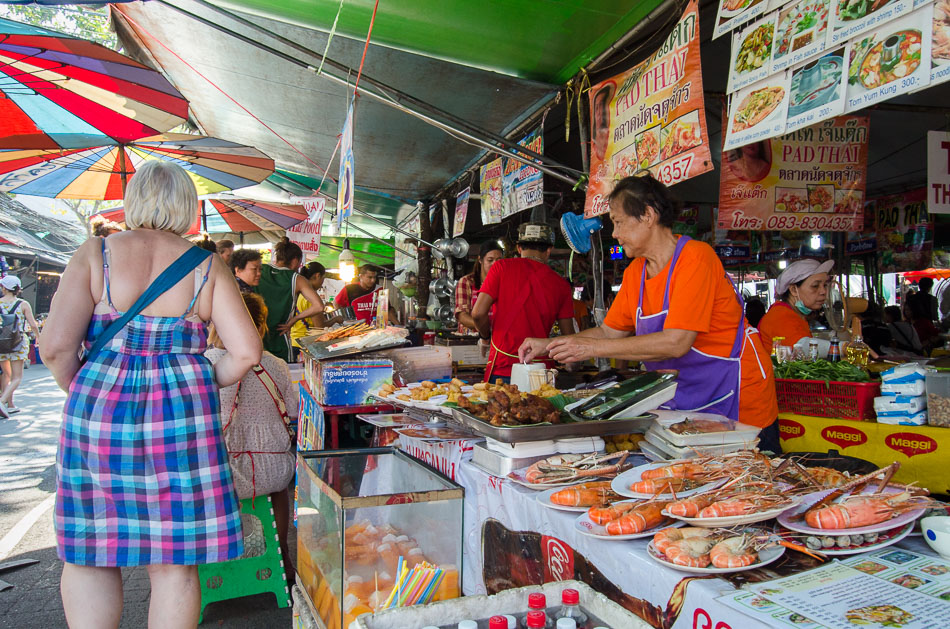
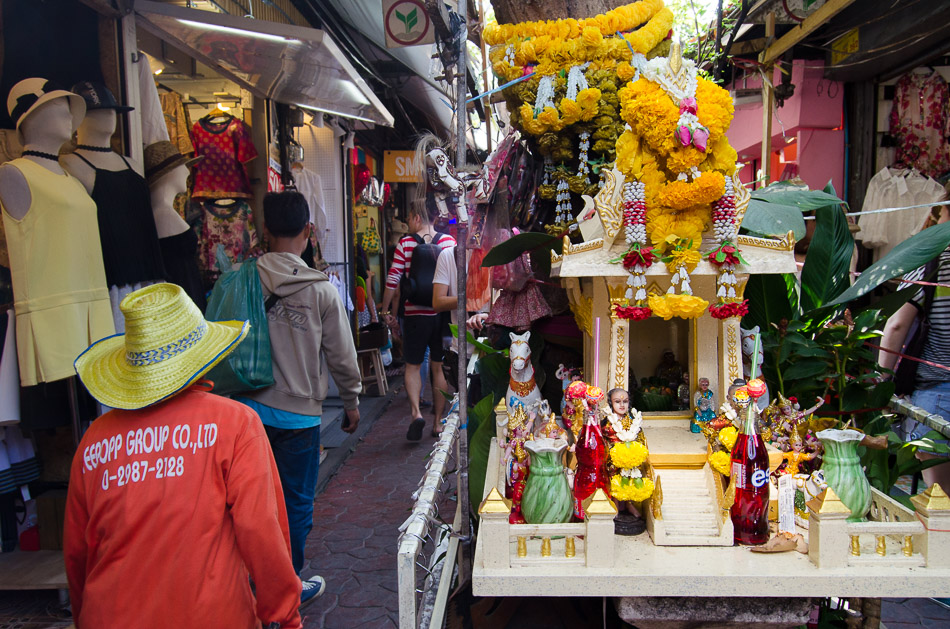
Transport to Bangkok’s Chatuchak Market
🛺 Tuk-tuk
A Tuk-tuk from downtown Bangkok will cost 50 Bahts per person.
🚝 Skytrain
You can take the Skytrain (BTS) to Mo Chit station. Leaving at exit Nº1 you’ll find the market easily. Tickets cost 59 baht.
🚇 MRT
Or the MRT (Bangkok Metropolitan Rapid Transit) and get off at Chatuchak Park, but it’s better if you do so at Kamphaeng Phet Station. Leave the station through exit nº2, and you’ll exit directly into Chatuchak Weekend Market. Tickets cost 42 baht.
Alternative museums for weekdays in the morning
If you’re doing the second day of the itinerary on a weekday, we suggest the following museums as an alternative for the morning:
Bangkok National Museum
A great museum to learn about Thailand’s history from the Sukhothai kingdom up to the present day. You’ll find collections of decorative textiles, weapons, precious stones, gold objects, masks, musical instruments, etc.
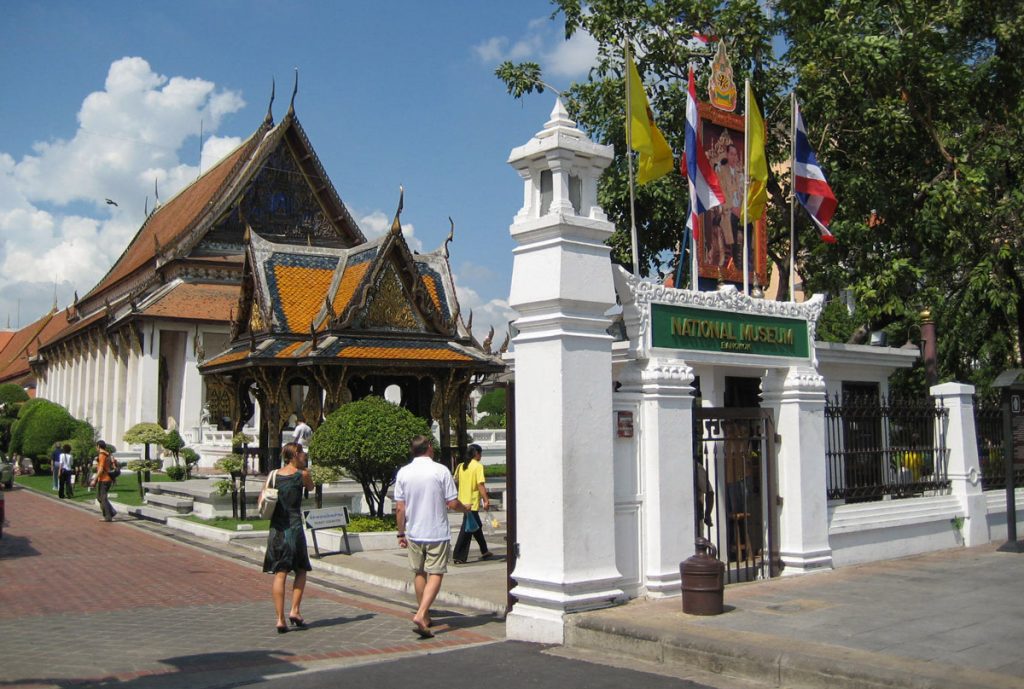
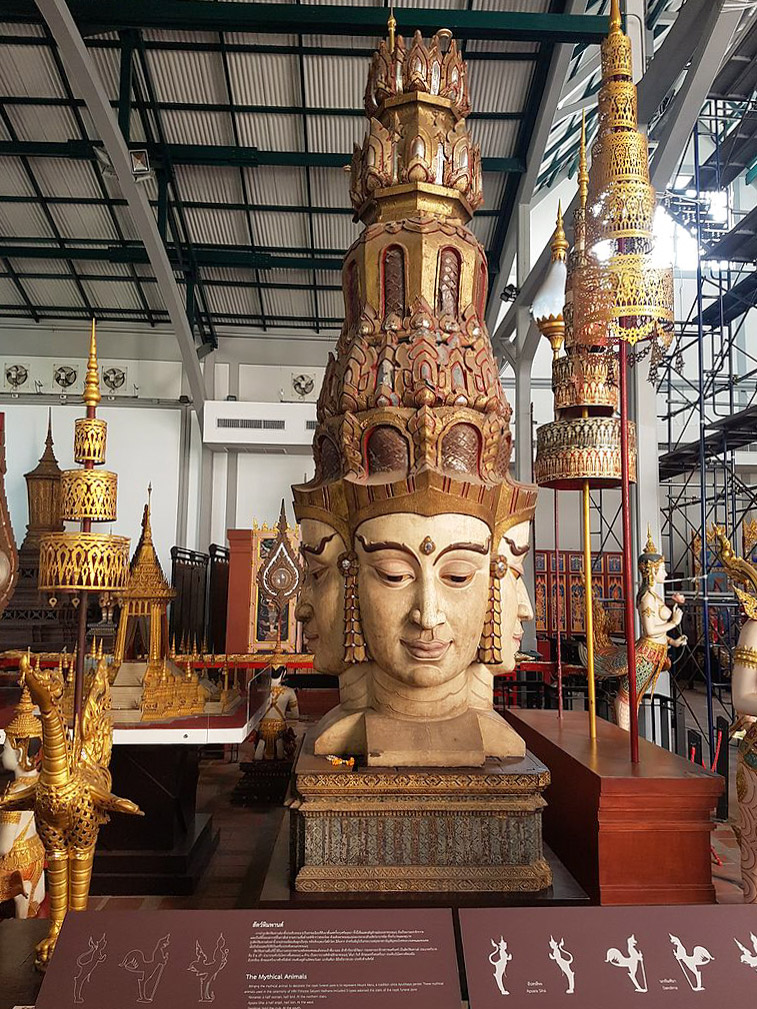
Opening Hours
Opens Wednesday to Sunday from 9 am to 4 pm.
Museum Ticket fees
Tickets cost 200 baht.
For 350 baht you can have a combo ticket that gives you entry to the National Gallery and the National Museum of Royal Barges as well.
🚌 Buses to the National Museum
Nº 3, 6, 9, 15, 19, 30, 32, 33, 39, 43, 47, 53, 59, 60, 65, 70, 80, 82, 91,123, 201 and 203.
To find out which bus is the most convenient for you, go to www.rome2rio/Bangkok and enter your starting point.
Royal Barges Museum
This museum is a boathouse where you get to see up close a collection of the most beautiful barges used by the royalty on special trips and ceremonies from the kingdom of Ayutthaya to the present day.

Location and opening hours
The museum opens daily from 9 am until 5 pm and is located on Khlong Bangkok Noi (near Phra Pin Klao Bridge).
Ticket fees
The entrance fee to the museum is 100 baht plus 100 extra if you want to take pictures, or 200 if you want to make a video.
Transport to the Royal Barges Museum
You can get to the museum by Chao Phraya Express Boat and stop at the Wang Lang Pier (Stop nº10). Ticket fares depend on the distance and start at 9 baht up to 20 baht.
Dusit Palace
In the afternoon you can visit the Dusit Palace, a European-inspired royal palace built by King Rama V. The palace complex consists of several impressive buildings, such as the white marble palace Ananta Samagom Throne Hall, and the Vimanmek Mansion that was converted into a museum.
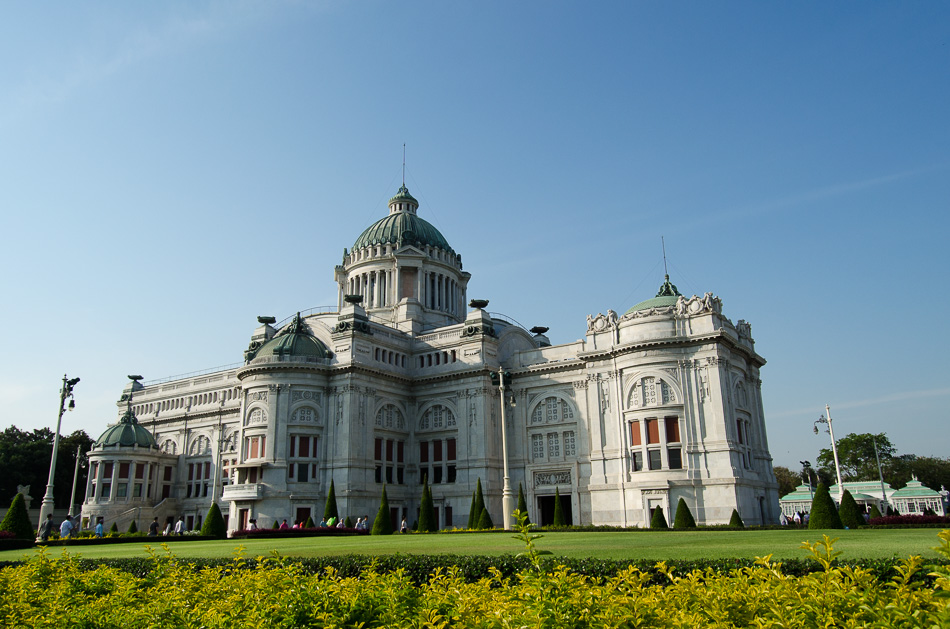
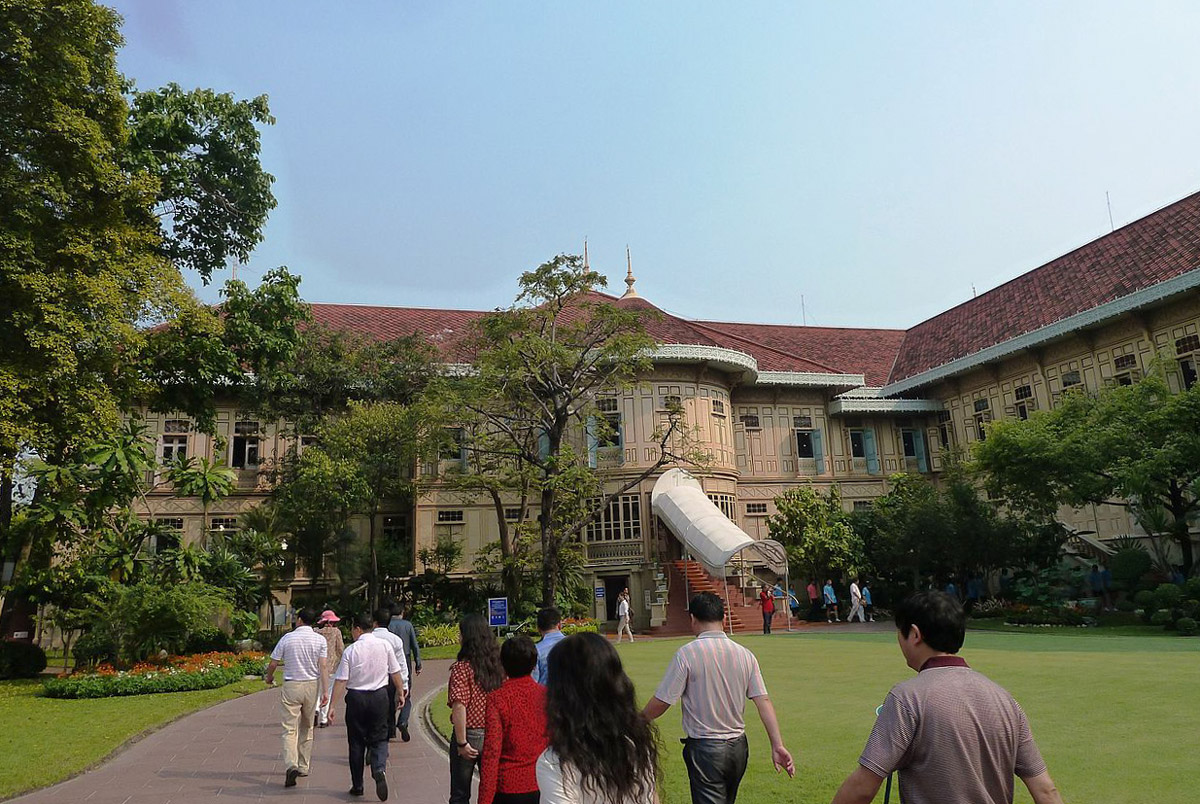
⚠️ Under restoration
There’s a lack of information regarding the completion date of the works.
But we’ll keep you posted as soon as it reopens to the public.
Wat Benchamabophit (Marble Temple)
Visiting Wat Benchamabophit was a magical moment that Nuno and I still talk about today. We arrived at the temple in the late afternoon, just at the perfect time. The complex was almost empty (something very uncommon in Bangkok). The marble floor was warm after a beautiful sunny day and the only thing we could hear were the monks’ prayers echoing through the atrium.
Opening hours
Opens from 8 am to 5 pm and there’s no entry fee.
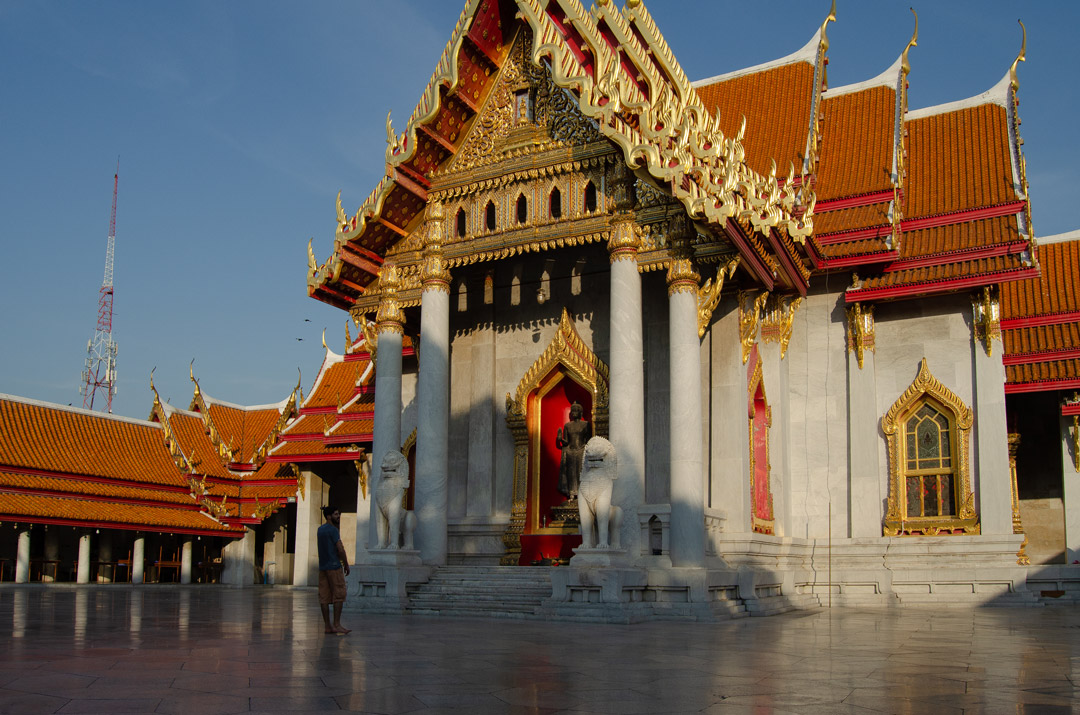
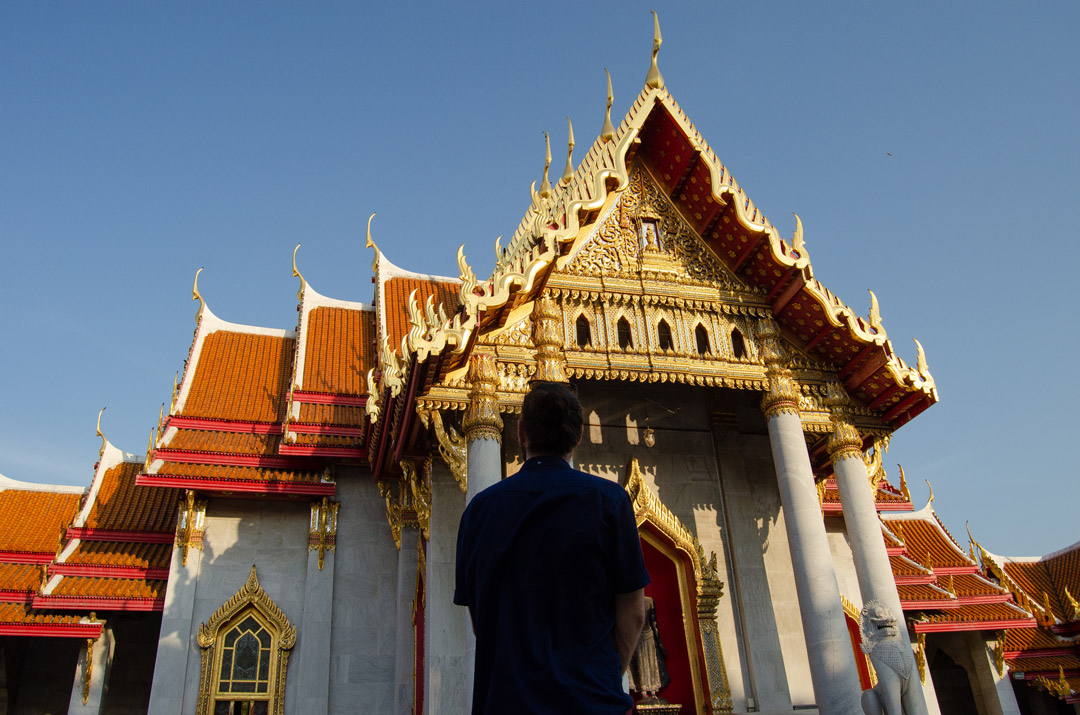
Nang Loeng Market
About a 15 minute walk south of the Marble Temple you can find the Nang Loeng Market – one of the oldest markets in the city. This is a great spot to sample many Thai cuisine specialties.
Have in mind that many stalls close in the late afternoon and some on Sundays.
Wat Intharawihan
Since we arrived in Bangkok, all Tuk-tuks drivers we came across kept insisting on taking us to this temple. So much so that it sparked our interest.
After walking 20 minutes from the Marble Temple, you can also end your day visiting Wat Intharawihan (the big standing Buddha). It stands out from the other temples due to the 32 meter Buddha statue in the atrium.
Opening hours
The temple is open from 8 am until 8 pm and is located on Wisut Kasat Road, at the beginning of the Rama VIII Bridge. There’s no entry fee.
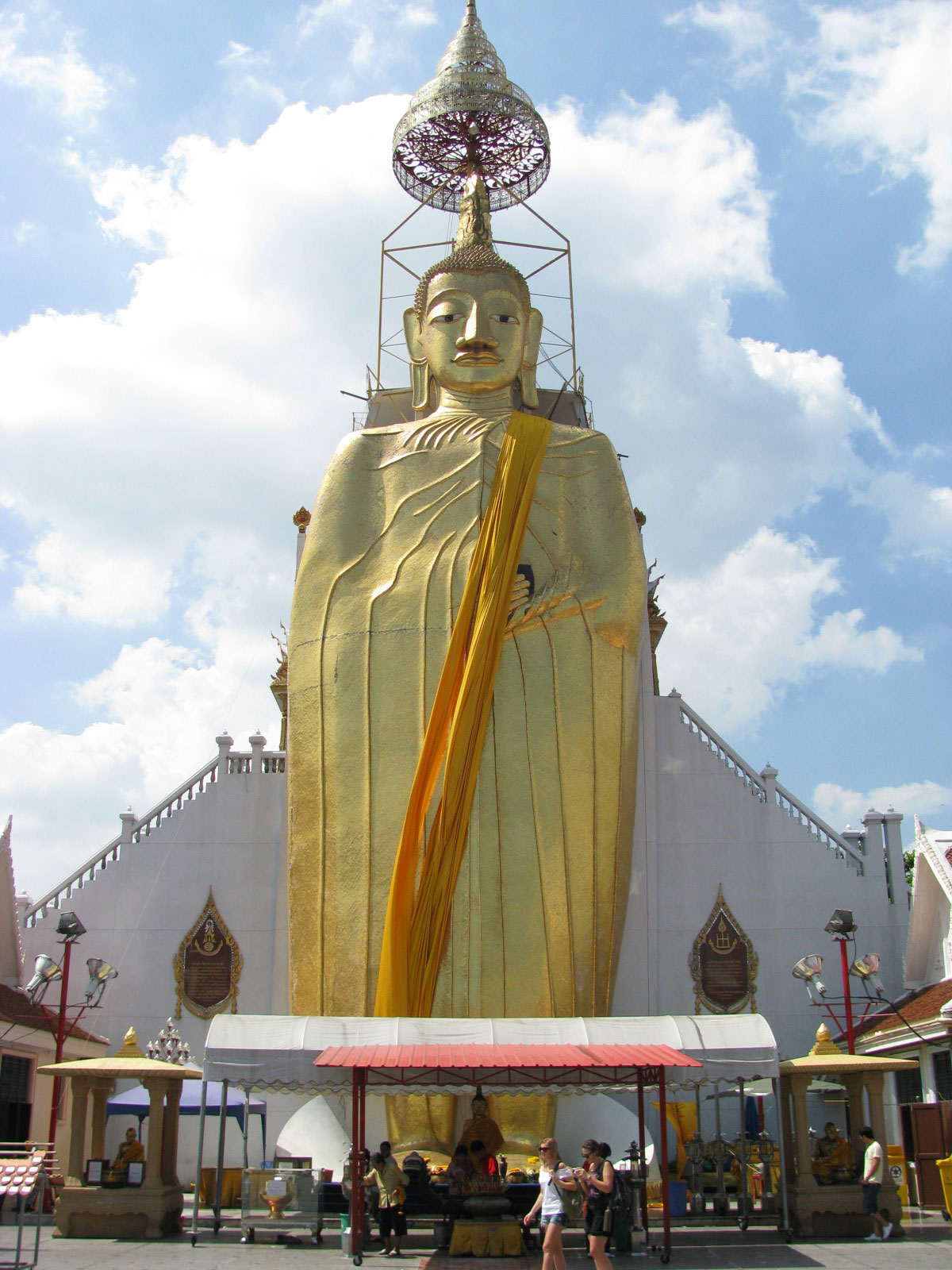

If you want to keep going, check day one, day three, and day four.
Bangkok Travel Bible - The Perfect 5 Day Guide (Day 01)
For some time now, Nuno and I wanted to create an itinerary with all the essentials of Bangkok.
With that in mind, we created a Bangkok Travel Guide, divided it into 5 parts, and organized it by days to make it easier to digest. The order in which you start is up to you, and if you don’t have 5 days to visit Bangkok, just pick the days that best suit your traveler profile.
Each day of the itinerary is sequentially planned with all locations mapped in the most convenient order for you. We’ve considered the time it’ll take you to visit each site, as well as moving within the city from point A to point B. Oh, and we’ve also included launch breaks and suggestions of places to eat. It’s all covered.
Welcome to day one. Let’s do this! ✊
(And if you’ve already finished your first day, here’s the day two, day three, and day four).
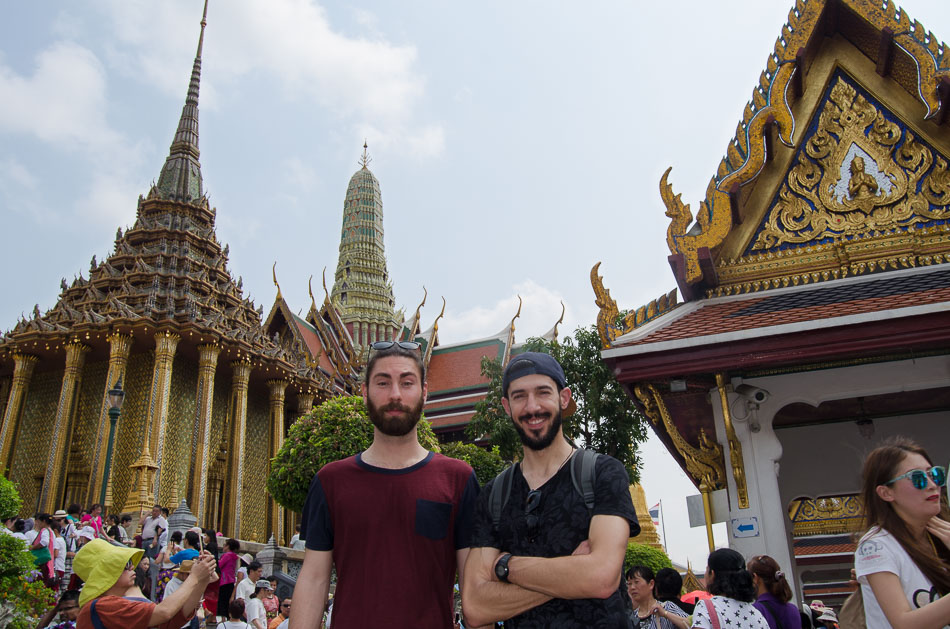
Bangkok Itinerary Map for Day 1 | The temple day
(All spots for day 2 are marked by dark blue pins).
Grand Palace and Wat Phra Keaw
Entrance fee
Tickets cost 500 baht.
If you don’t want to waste time in queues, buy your tickets online at www.royalgrandpalace.th/buy-ticket
Opening hours
The Grand Palace opening hours are 8:30 to 15:30.
We encourage you to wake up early and to be there in the first hour of the morning. Being a very popular site, be prepared to encounter a lot of people at the entrance — and we’re not just talking about tourists. Swindlers love to hang right outside the palace like vultures flying over a carcass. We still remember being approached several times by people telling us the palace was closed for foreigners that day (lie), or that we had to buy special clothes otherwise we wouldn’t be allowed in (half-truth).
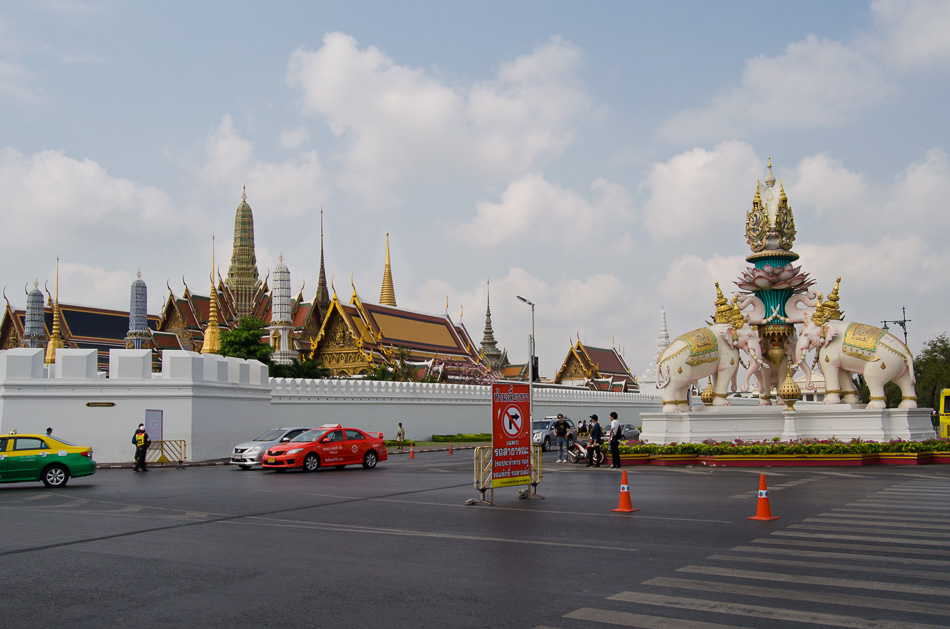
As the Grand Palace and Wat Phra Keaw are considered sacred, all visitors must dress according to the stipulated rules: trousers or long shorts, and no sleeveless t-shirts. If the staff members consider you’re revealing more than you should, you’ll be guided to a booth near the entrance that will lend you the appropriate cover-up. The lending service is included in the ticket price.
⏲️ A proper visit will take you at least 2 hours.
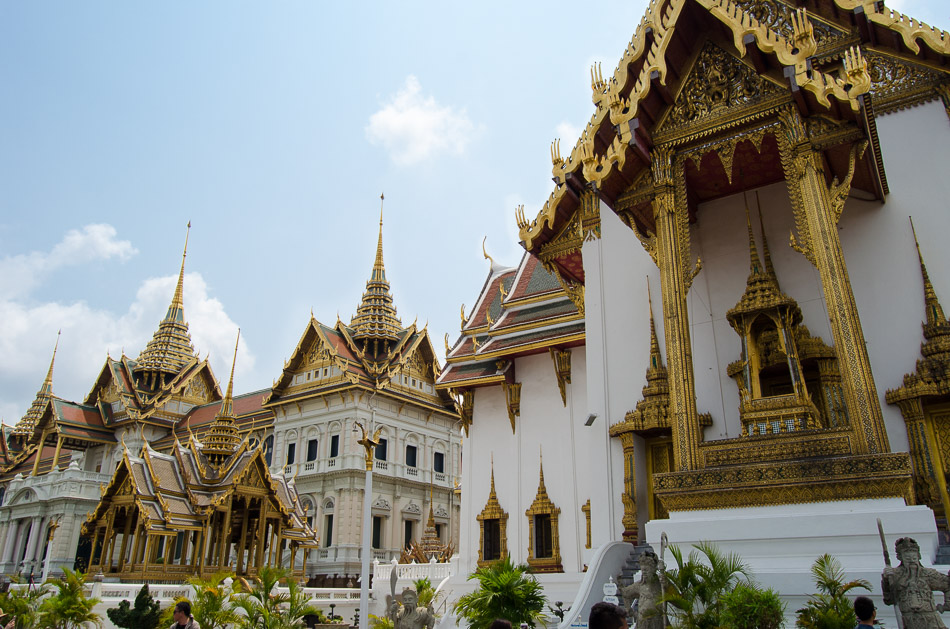
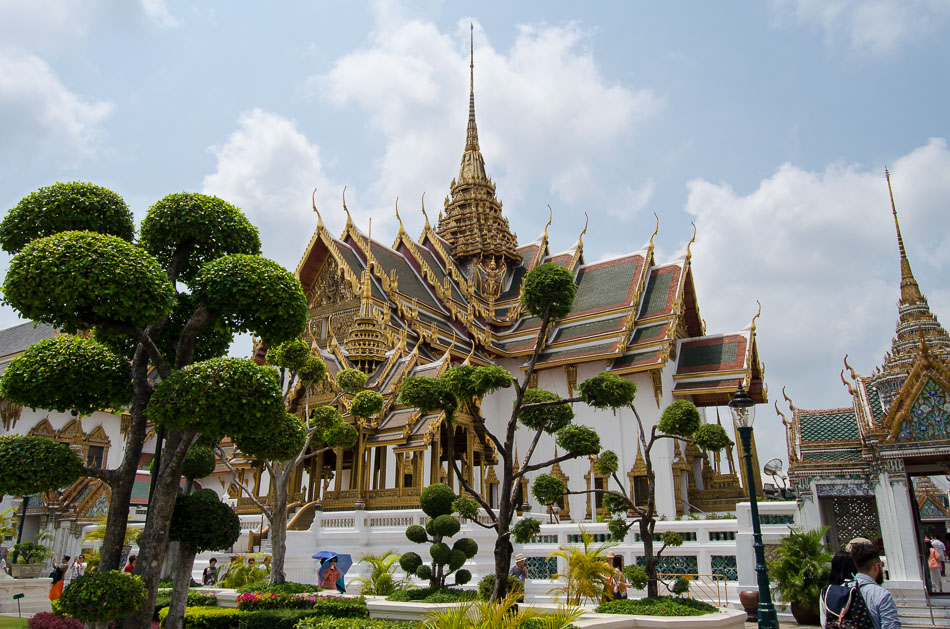
Lak Mueang
Near Wat Phra Kaew is a shrine called Lak Mueang that represents the guardian spirit of the city. Inside is the foundation pillar raised in 1782 when King Rama I established Bangkok as the capital of Thailand.
Thai people come here regularly to leave offerings and to pray. Traditional Thai dances are performed daily and are free to watch.
Lak Mueang is open from 6:30 until 18:30.
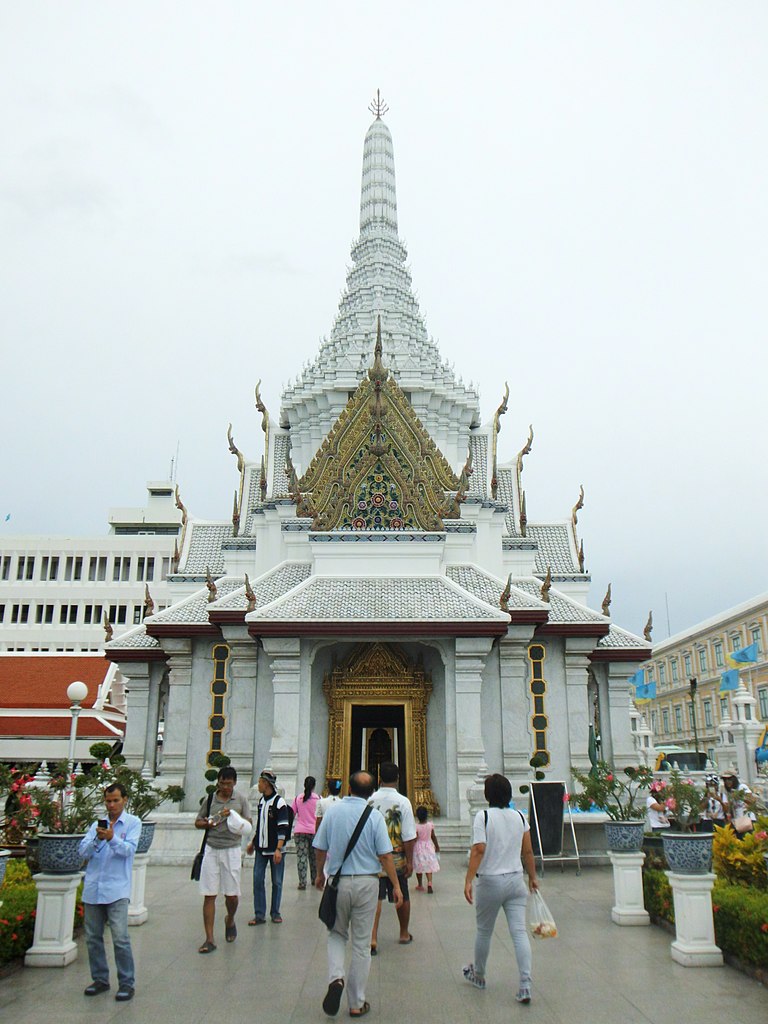
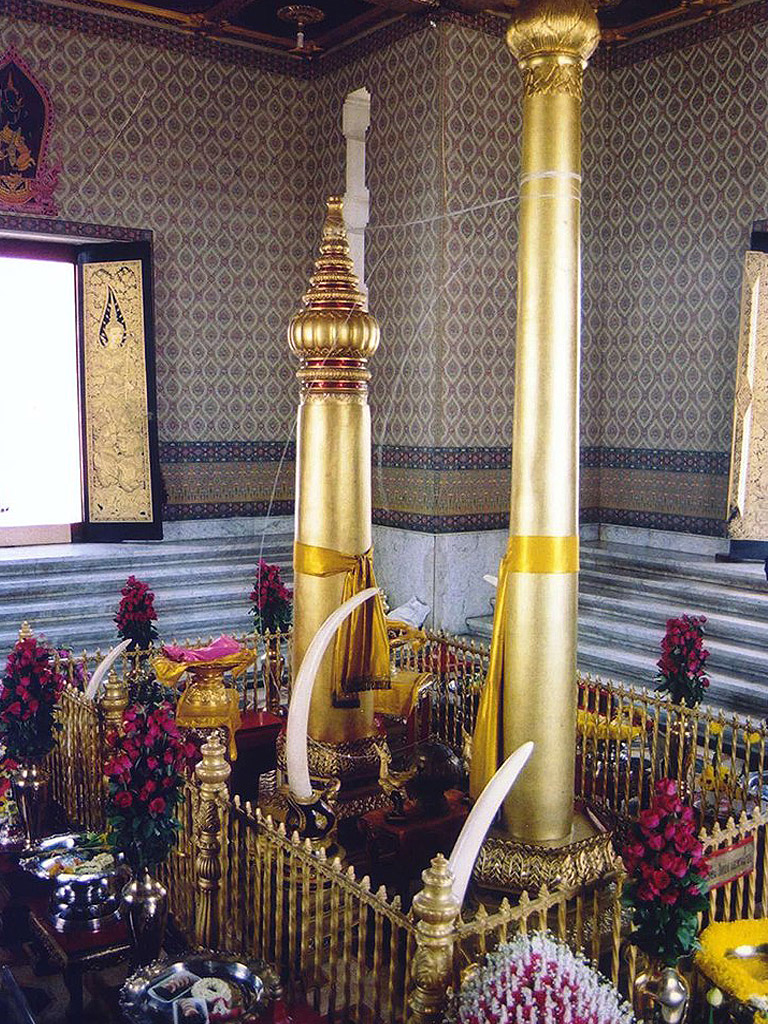
Wat Ratchabophit
With a typical Thai exterior reminiscent of the Grand Palace, this temple has an interior with clear European influences similar to a gothic cathedral. Here, are also stored the ashes of several members of Thai royalty.
It’s open from 9:00 to 18:00 and free to enter.
Wat Ratchapradit
A very beautiful temple close to Wat Ratchabophit that stands out for its Khmer-influenced prang structures — like the ones you can find in the Angkor Thom Temple in Cambodia.
Opens from 9:00 to 19:00 and admission is free.
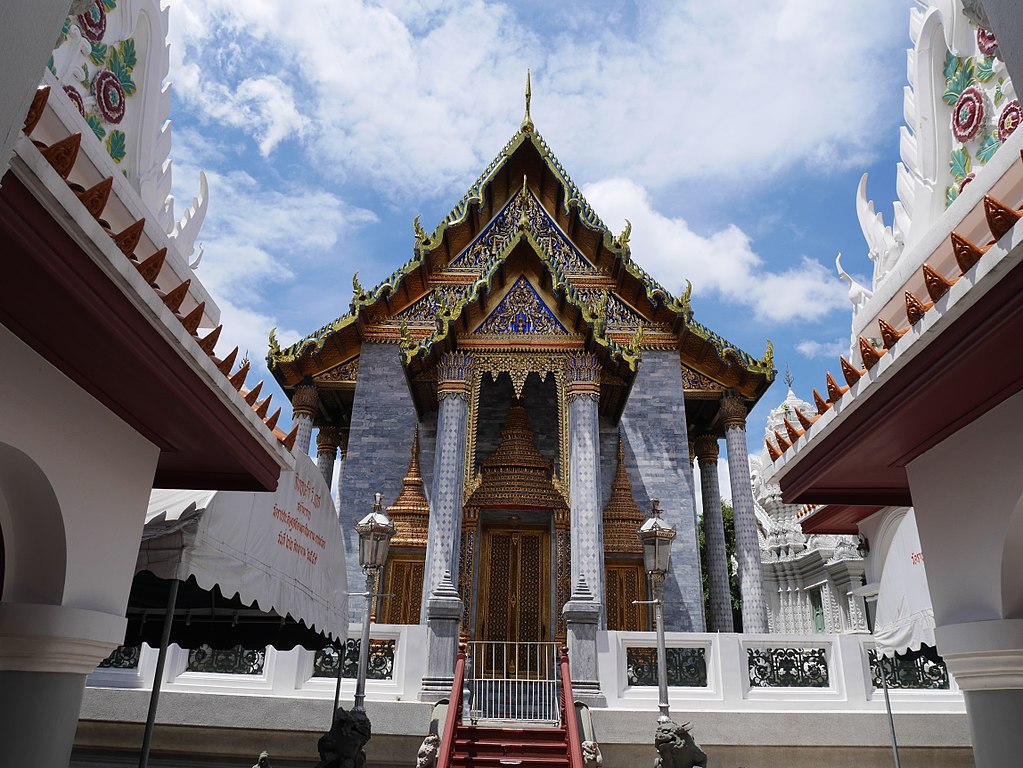
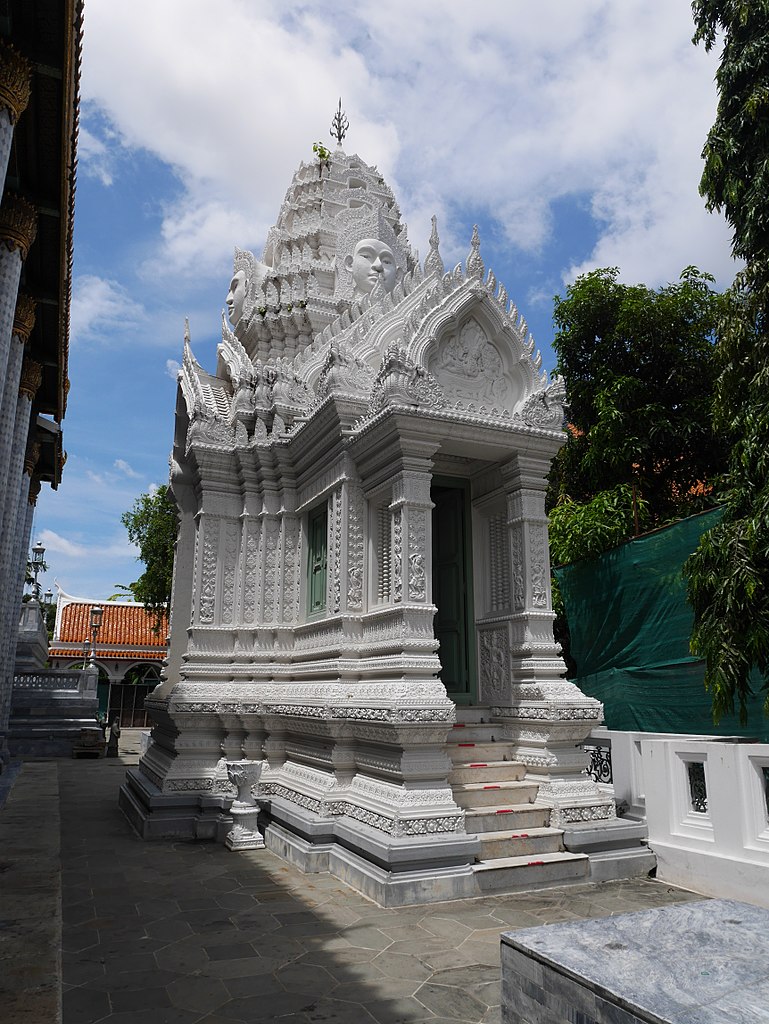
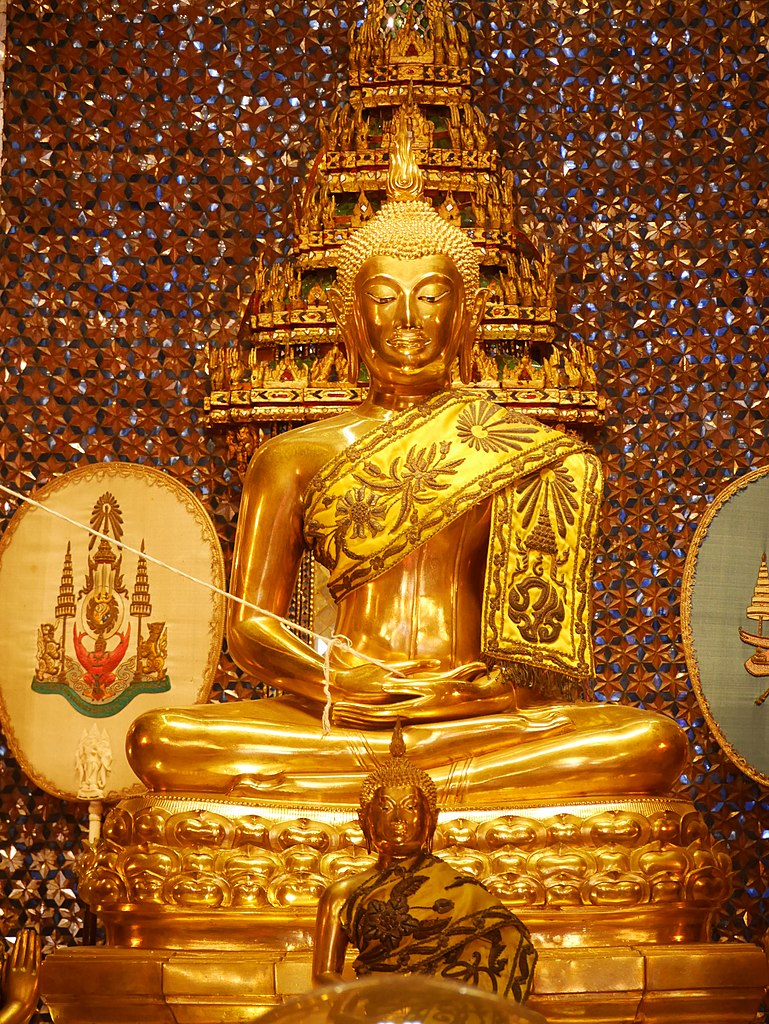
Wat Pho
By now, you’ve probably seen countless pictures of a humongous golden reclining Buddha somewhere in Thailand. Well, here’s where it is: Wat Pho Temple, in Bangkok.
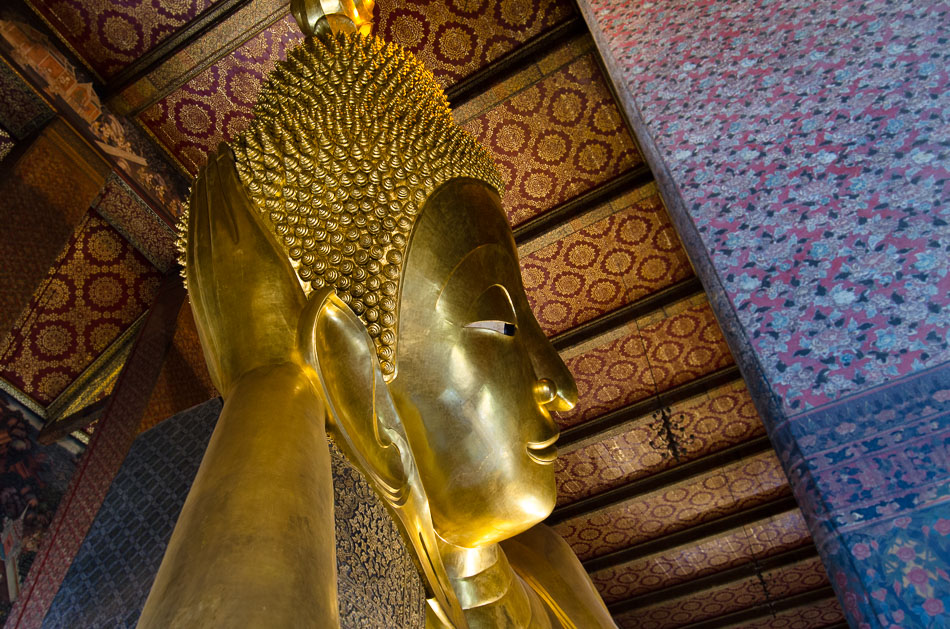
Wat Pho is just a 10-minute walk away from the Grand Palace.
It’s open from 8:00 to 17:00 and tickets cost 100 baht. However, don’t think you’re only paying to see the famous Buddha. The temple grounds and gardens are beautiful.
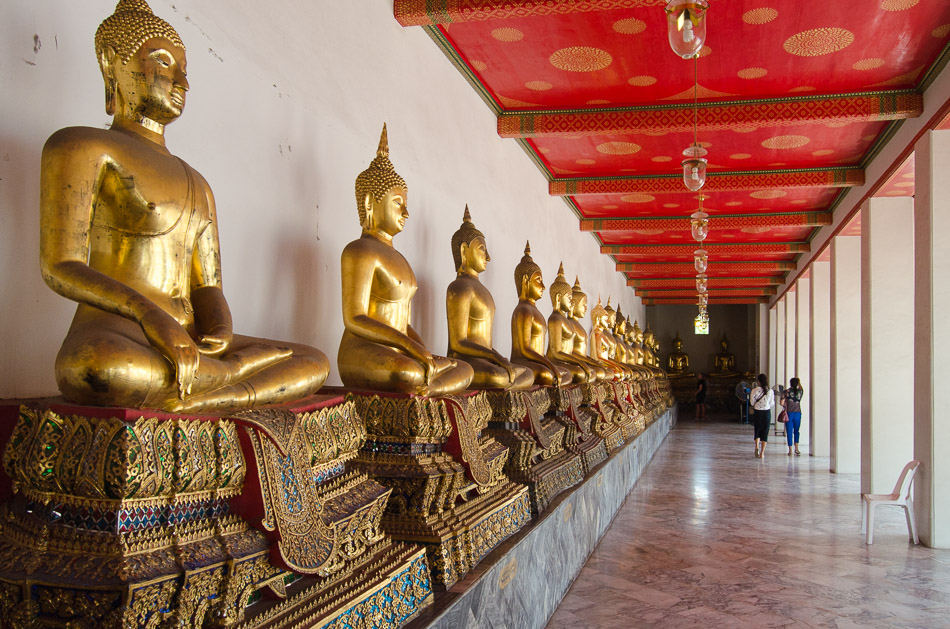
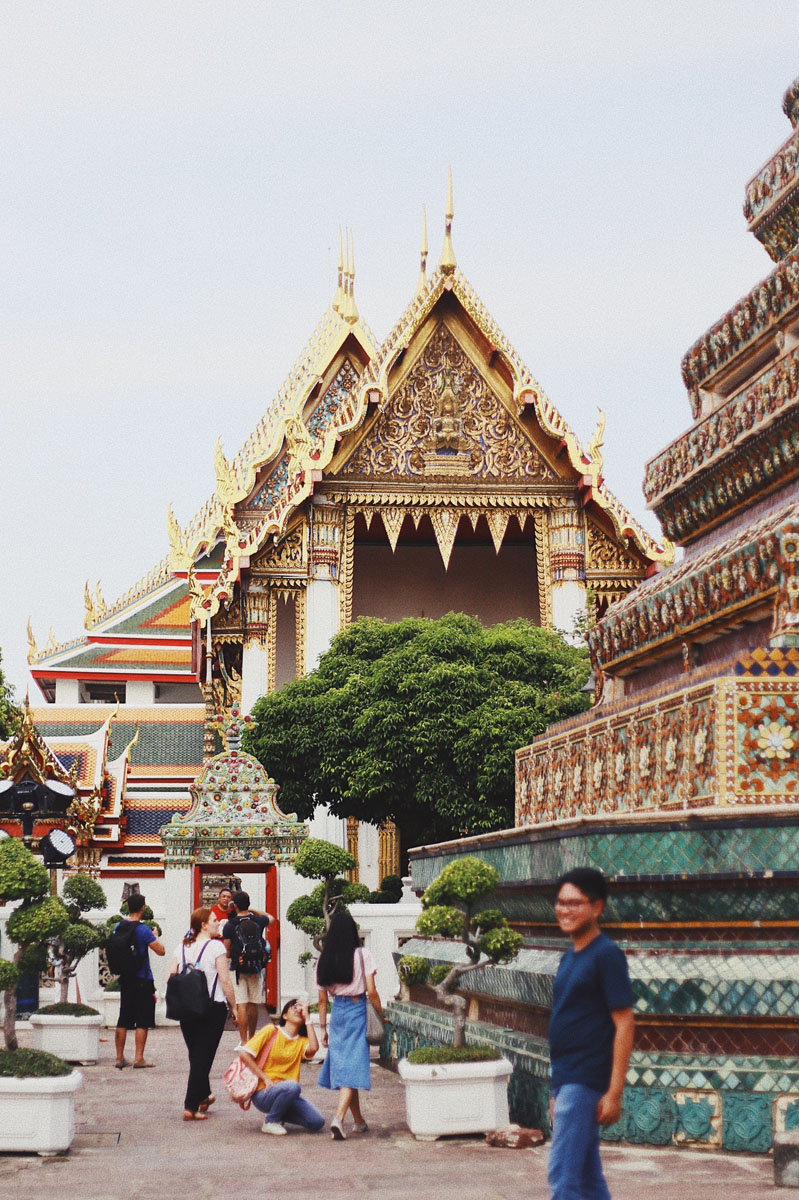
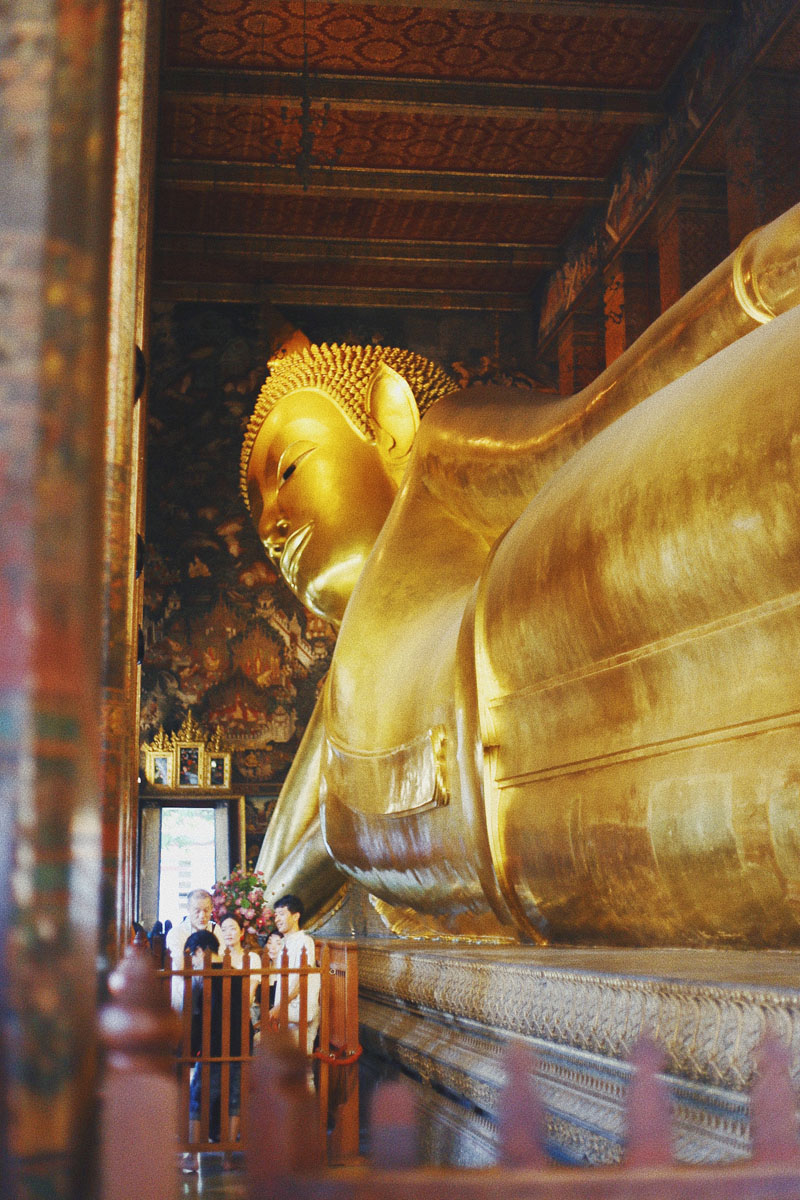
Wat Pho is also one of the best schools of Traditional Thai medicine and massage, so if you’re interested in a quality massage here’s your chance! These are the prices:
Traditional Thai massage
• 420 Baht for 1 hour
• 260 Baht for 30 minutes
Foot Massage
• 420 Baht for 1 hour
• 280 Baht for 30 minutes
For more information on what to expect from a Thai massage at Wat Pho visit: www.thaizer.com/getting-a-thai-massage-at-wat-pho
Lunch Break
If you started the day early as we suggested, it’s probably lunchtime by now and you’re likely to be hungry.
Grab lunch in the square right behind Wat Pho by the Tha Tian Pier. There are plenty of street food stalls to choose from. After lunch, you can catch the ferry to Wat Arun right there at the pier.
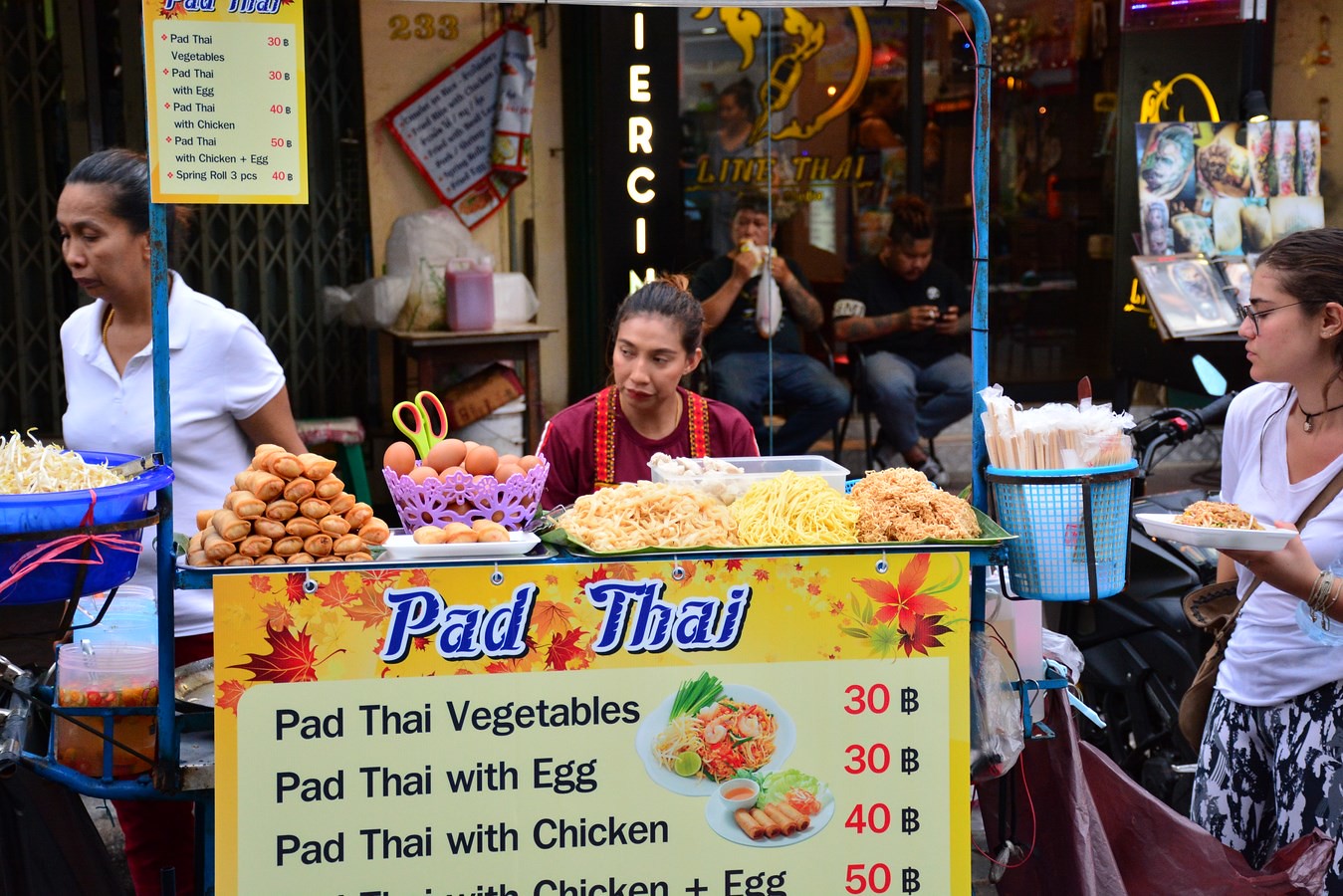
Wat Arun
Open from 8:30 to 17:30.
The admission fee is 50 baht.
Being one of the most visited temples in Bangkok, stopping by Wat Arun after lunch is a smart move. Here’s why: since the internet decided that Wat Arun was a popular spot to watch the sunset, many tourists started to cross the river in the late afternoon. That’s why we assigned the visit to Wat Arun after lunch because we know it would be a particularly quiet time in the day.
Tip: If you’re not following the sequence in this itinerary, early mornings are also a good time to visit.
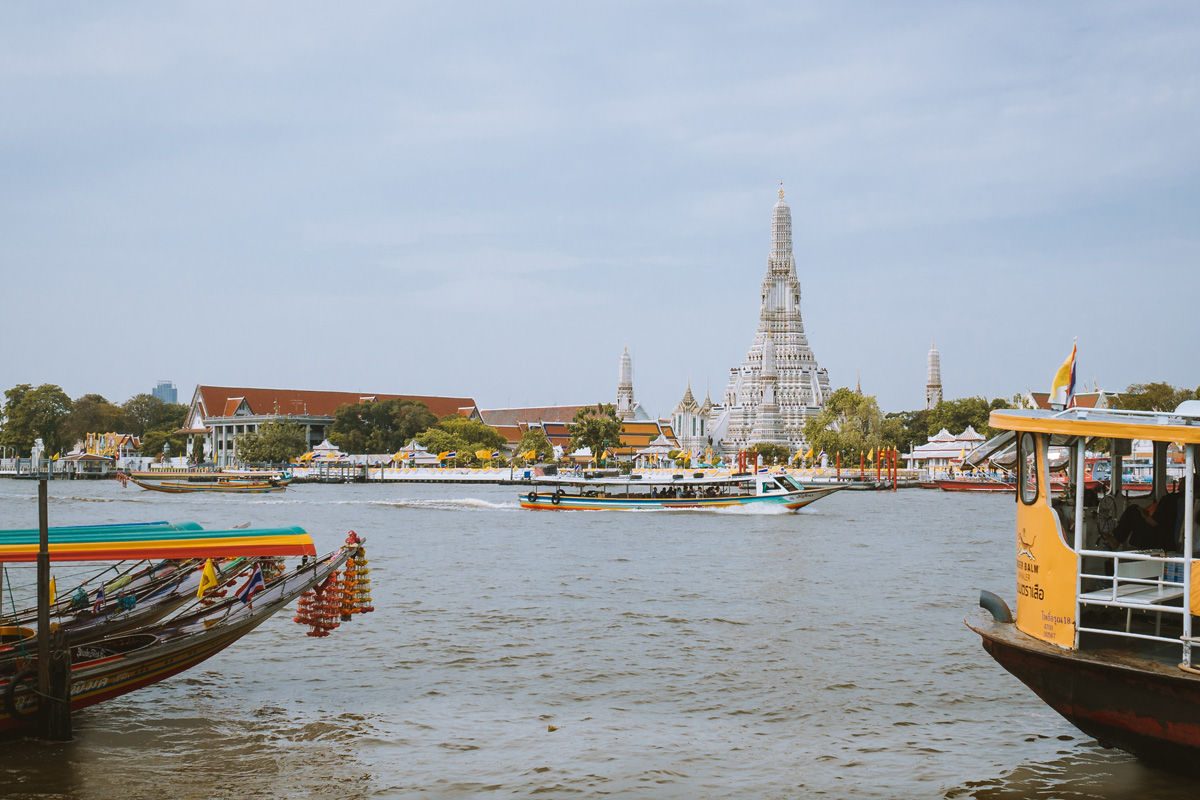
Climbing Wat Arun’s central prang will give you a privileged panoramic view of the river and the old part of the city. The last time we visited it, the prang was under restoration, so send us some pictures if you can.
Crossing the Chao Praya River to Wat Arun
To get to Wat Arun (on the other side of the river) you have to take the ferry departing from Tha Tien Express Boat Pier every 10 minutes or so. The trip takes around 5 minutes and gets you right by the temple for a 5 Baht fare.
2 extra sites close to Wat Arun (to visit if the day is going as planned)
1. Santa Cruz Church and the Kudeejeen neighborhood
Santa Cruz Church is one of Bangkok’s oldest Catholic churches, built to cater to the religious needs of the Portuguese community that lived in this part of town.
For 200 years, the peaceful communities of Catholics, Buddhists, and Muslims that settled around the church co-created a unique multicultural neighborhood (Kudeejeen) that is definitely worth exploring.
If you’re interested in a bit more history on the Portugal – Siam relations, read: www.tour-legacies.com/santa-cruz-church.html
2. Wat Prayoon
This temple stands out for its epic 80 meters high Chedi, the red iron fences made by ancient weapons, and the surrounding turtle pond and rock garden.
The peaceful temple grounds have many benches near the pond for you to relax. However, if you’re not into contemplative rest, visit the Buddha Images Museum. It has thousands of amulets, images, and artifacts that were found inside the base of the Chedi upon its restoration.
Wat Prayoon is open from 9:00 until 18:00 and there’s no entrance fee.
Bangkok’s Bonus Visit of the day
Artist’s House (Baan Silapin)
It’s the farthest place on the map, but worth a visit if you have time to spare.
Open from 10:00 to 18:00, this 200-year-old Thai wooden house it’s a creative space located along with one of the main canals of the Chao Praya River.
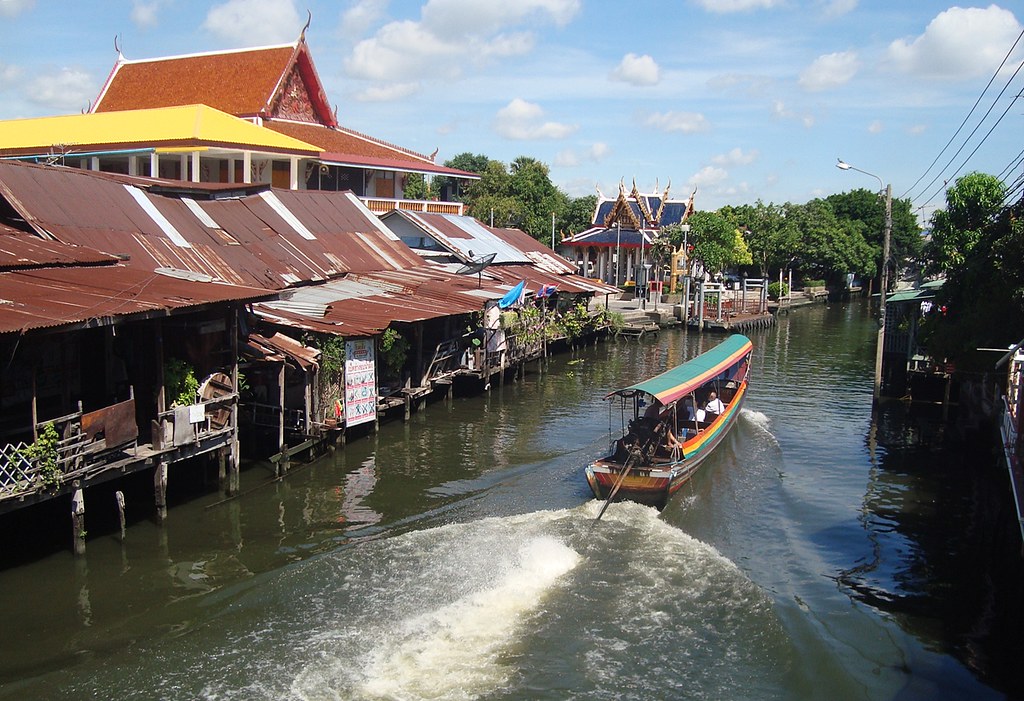
It’s a great place to chill after a hectic day in Bangkok. So grab a coffee, enjoy a traditional Thai meal by the river, or watch the free daily Thai puppet shot at 14:00.
The easiest way to get here is by taxi, but if you want to save some money (and don’t mind walking for a little bit) some buses can get you close-by.
Buses to the Artist’s House
From the city center 🚌
Hop onto the bus nº 68 and get off at the stop Wat Tha Phra. From here you’ll have to walk an extra 20 minutes.
From Wat Arun 🚌
If you’re at Wat Arun, take bus nº 710 to Bang Wa BTS station. Then, get off at Petchkasem 14 Tha Phra Intersection. From there walk 20 minutes north. See map above.
An evening on Rambuttri Alley
Rambuttri it’s a chilled and bohemian street enclosed with cool bars, lighted trees, and a mellow vibe that’ll make you want to hang out for the evening — especially after a full day.
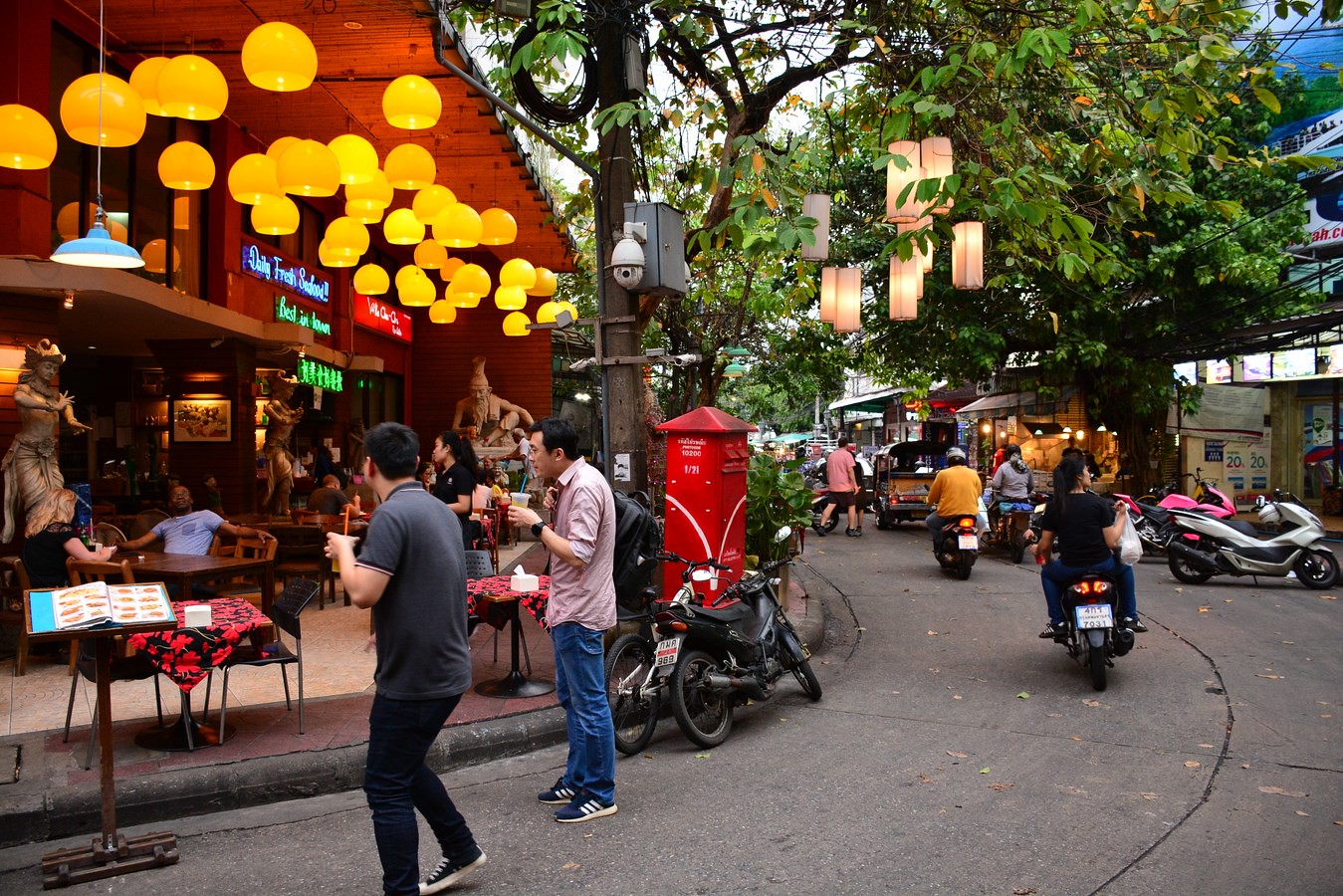
If you want a super affordable meal, we suggest any food stall along Rambuttri Alley for dinner, drinks, and dessert. However, if for some reason you feel a little iffy about food stalls, most bar terraces will serve meals, just expect a more touristy price.
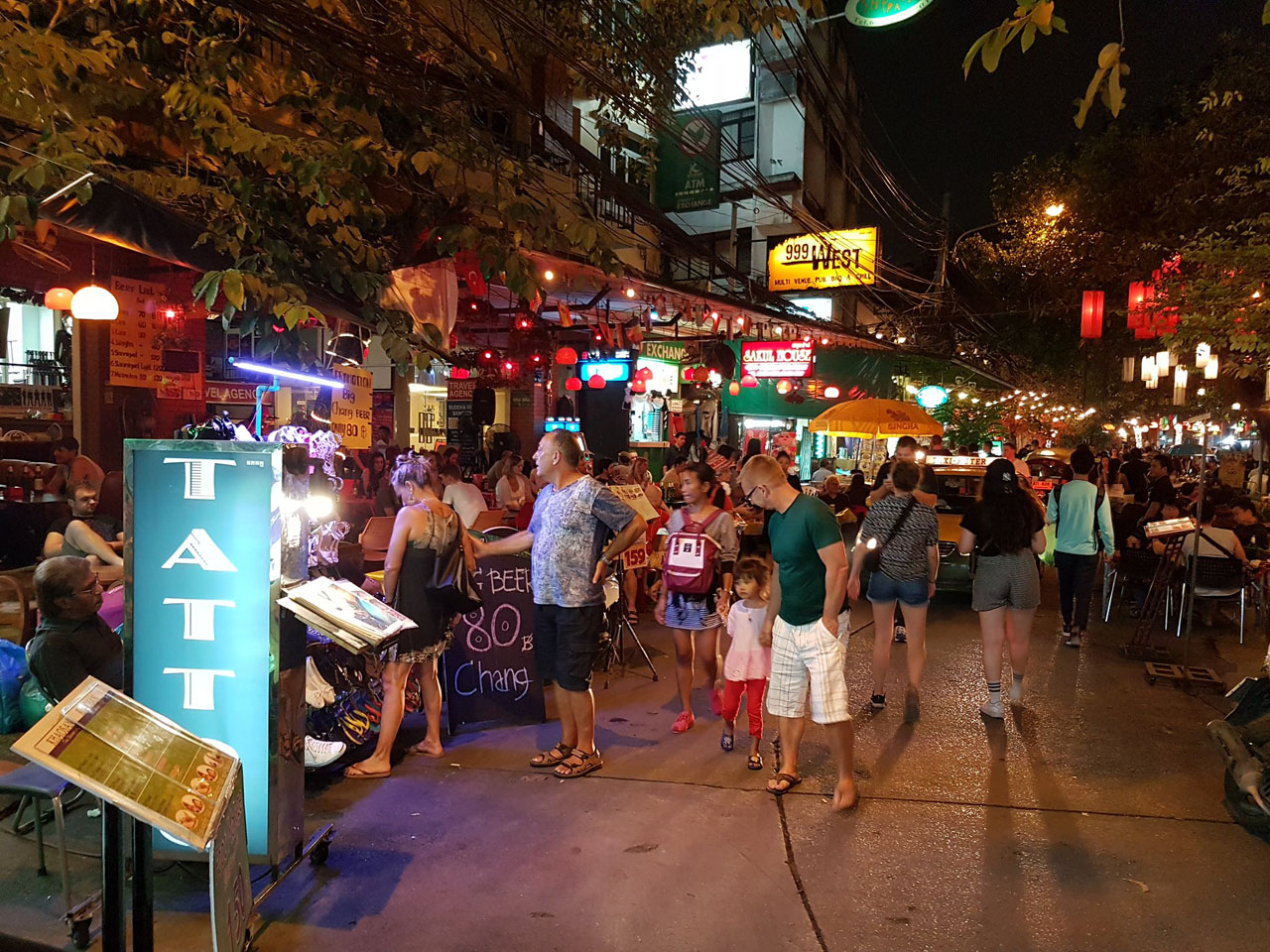
Not tired yet?
If you don’t feel like slowing down just yet or manage to thrive around chaotic energy, parallel to Rambuttri Alley is the infamous Kao San Road. There’s plenty of loud music, vodka buckets, and food vendors selling fried insects in their push-carts. Why not try some?
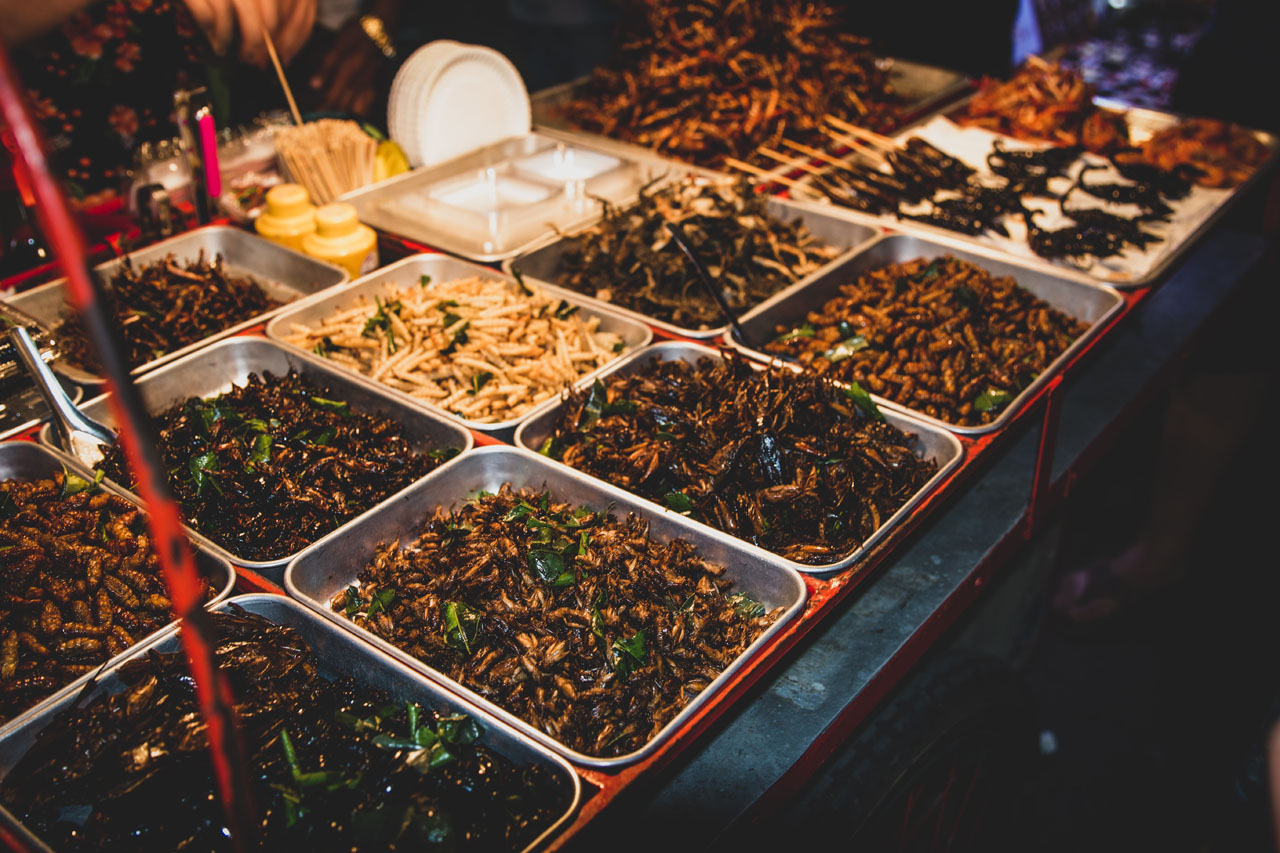
If you finished your first day, here’s day two, day three, and day four.
Quick Guide to Chiang Rai Night Markets
Chiang Rai night markets may not be as big as the ones in Chiang Mai, but what they lack in size they make up for in organization and in the laid-back character you’d expect from smaller-town bazaars.
So if you’re looking for things to do, great places to eat, and information on Chiang Rai’s nightlife, keep reading.
What to Expect from a Thai Night Market
– Northern Thai food and drinks
– Handcrafted products
– Thai massages
– Clothing
– Thai dancing shows
– Folk concerts
– And a good time
Thai people love night markets, and they do so for a reason: it’s too hot to be shopping during the day. For us foreigners, the night markets are more than a place to shop for souvenirs. They’re communal places to go for entertainment, music, and good food — we’re talking about Thailand after all!
Chiang Rai Saturday Night Market
Open every Saturday from 04:30 PM to 00:30 AM.
Located on Thana Lai Road, right in the city center.
Every Saturday by mid-afternoon, Thana Lai Road closes to traffic and opens up for people to wander through the stalls. After a bit of browsing, you’ll find the quality work of local artisans standing out from the generic bric-a-brac.
However, if you’re not planning on buying anything else due to your luggage being full, there’s an abundance of Thai snacks and desserts to fill your empty stomach.
If you go there to eat, we recommend an early dinner — by 8:00 PM the place will be jammed packed with people and the queues for buying food get quite long. Having said that, this is also the time when the market starts to come alive.
But besides the great food, there are other attractions in Chiang Rai Saturday Night Market. A good visual cue is: if the Chinese lanterns are lit, entertainers and musicians are performing.
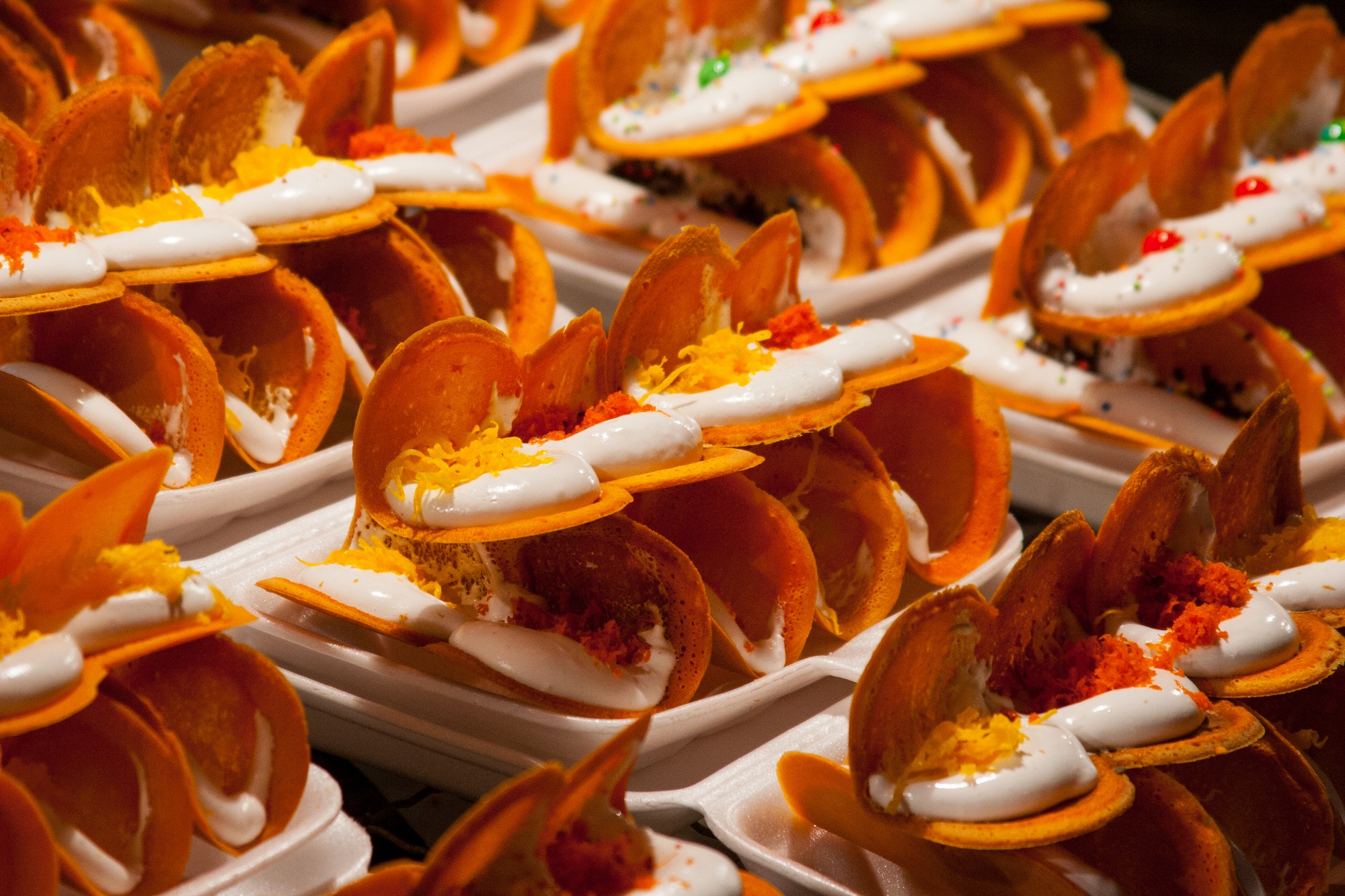
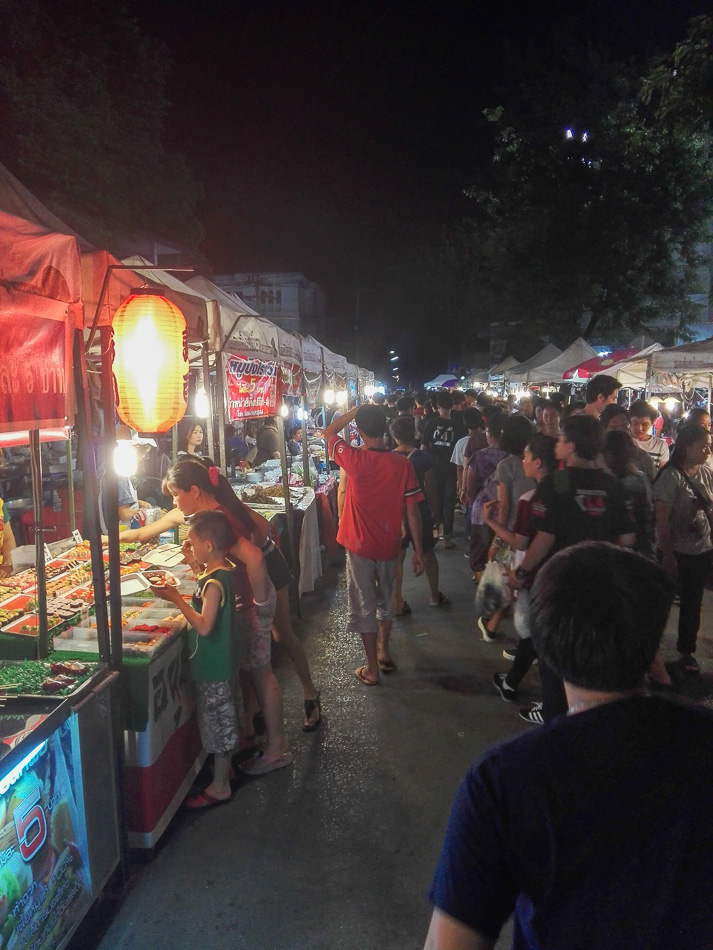
Tip: Around here, if you’re a tourist you’ll have to bargain. It’s very likely that sellers doubled the price just for you.
Sunday Happy Street (Snag Khon Noil)
Open Sundays from 5:00 PM to 11:00 PM.
Located on Sankhongnoi Road near the Chiang Rai Hospital. Just a 10-minute walk from the Night Bazaar.
The Sunday Happy Street in Chiang Rai is worth visiting for its family-friendly atmosphere. The eating spots on this one are a great way to relax, mingle with locals, and enjoy typical northern Thai cuisine.
The Sunday street market is smaller than the one on Saturdays, however, shops along Sankhongnoi Road open their doors so it all evens out in the end
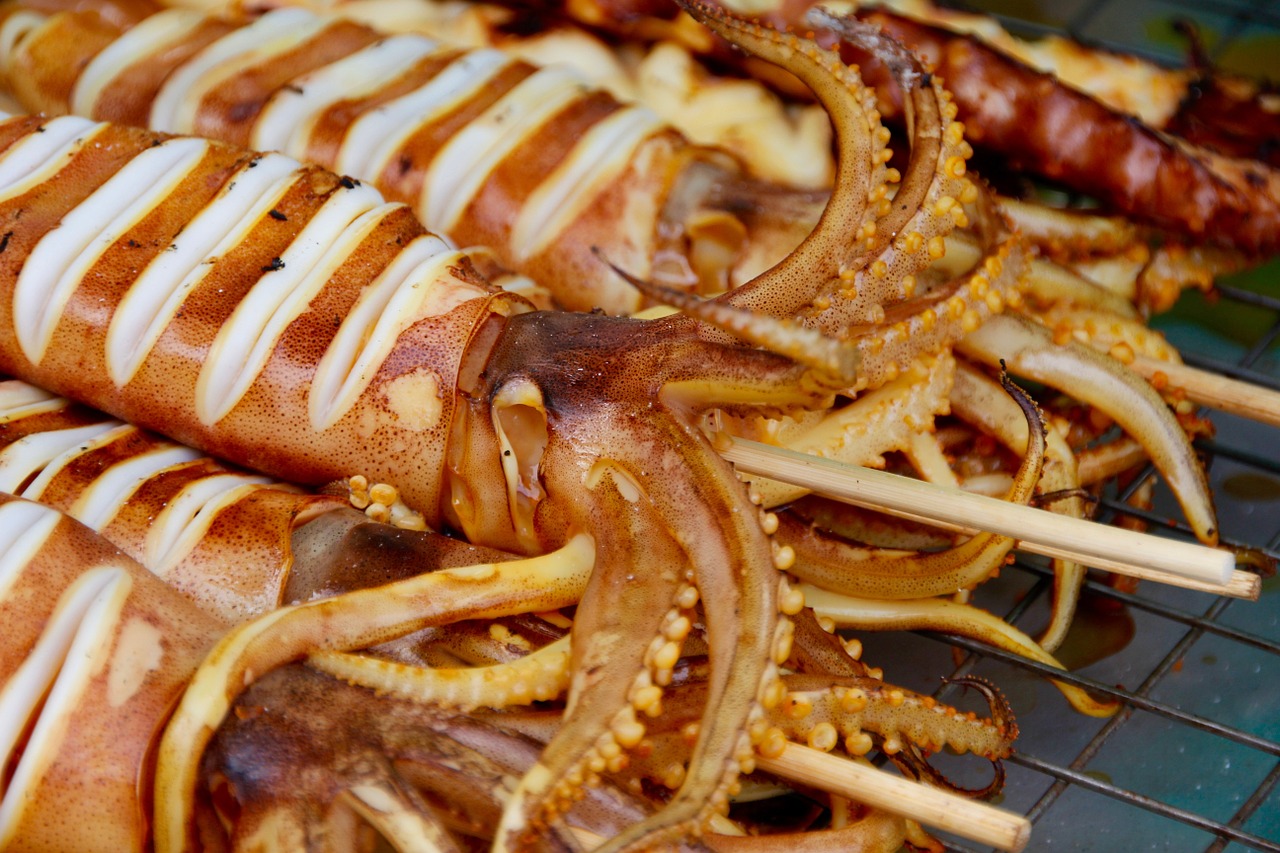
Chiang Rai Night Bazaar
Open daily from 6:00 PM to 11:00 PM.
Located near the Chiang Rai Bus Terminal 1, off Phaholyothin Road.
We found the Night Bazaar to be more touristy than the weekend markets. And not necessarily by the number of tourists walking around, but for the type of products being sold — the same overpriced knick-knacks repeated on every stall (but vendors were never pushy though).
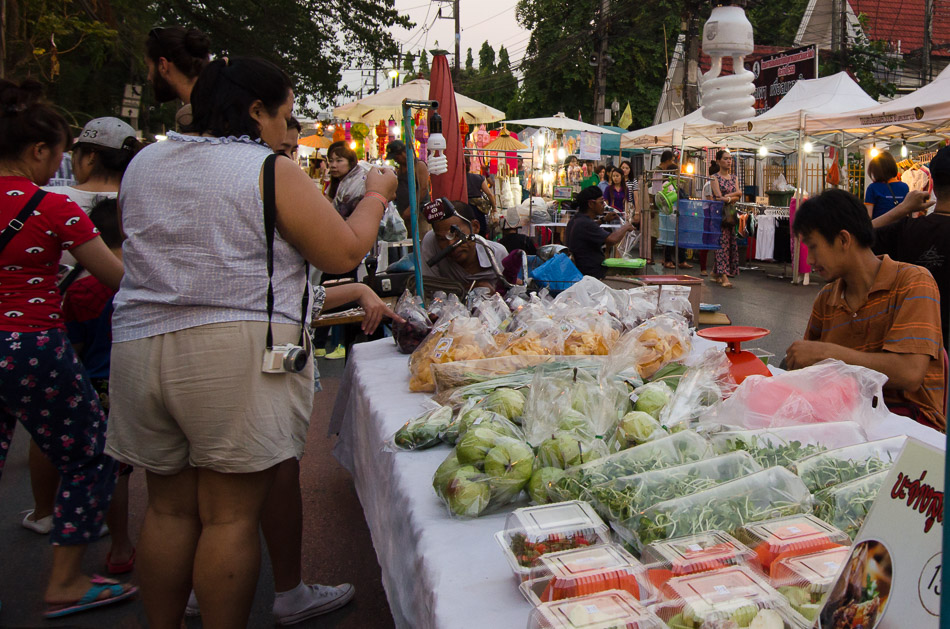
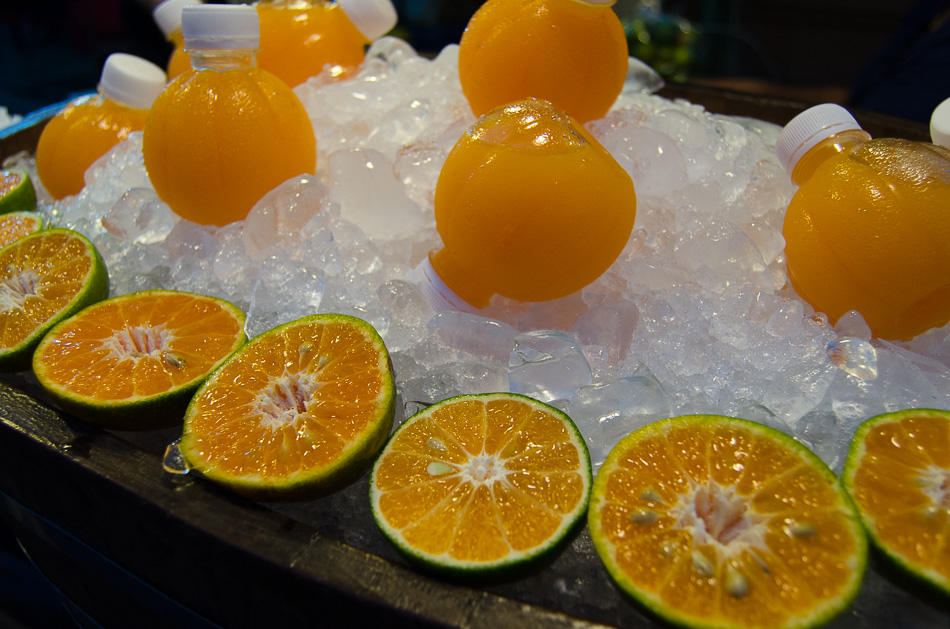
Most locals hang out near the food and beer area. Next to it is a temple yard with benches and tables where they eat, socialize, and watch the artists perform. When the crowd is familiar with the music, they’ll get up and dance, and everyone is invited to join.
The Chiang Rai Municipal Market Food Court
Open from 7:00 PM to 11:00 PM.
Located near the Night Bazaar is a tin-roofed Municipal Market.
It’s basically a food court with stalls all around the perimeter selling fried treats, and hot pots. In the center are hundreds of chairs and tables to eat on, and a stage where local entertainers perform while you munch a crispy deep-fried whatever.
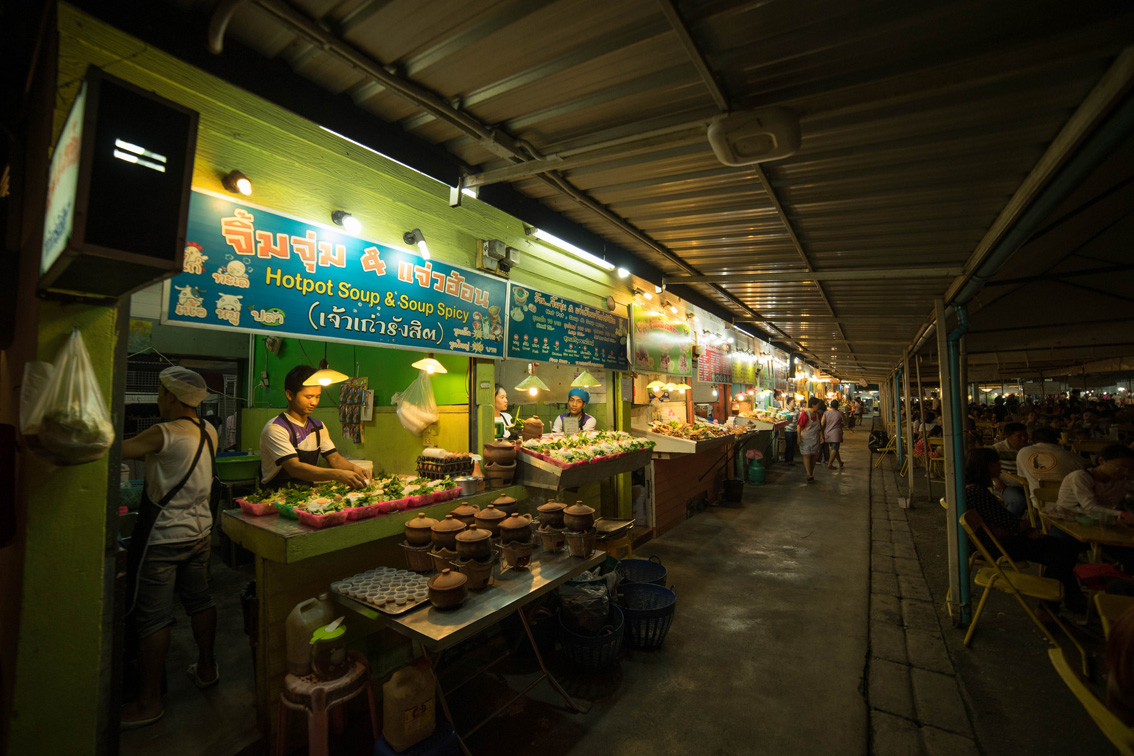
Photo by Marvin Wan
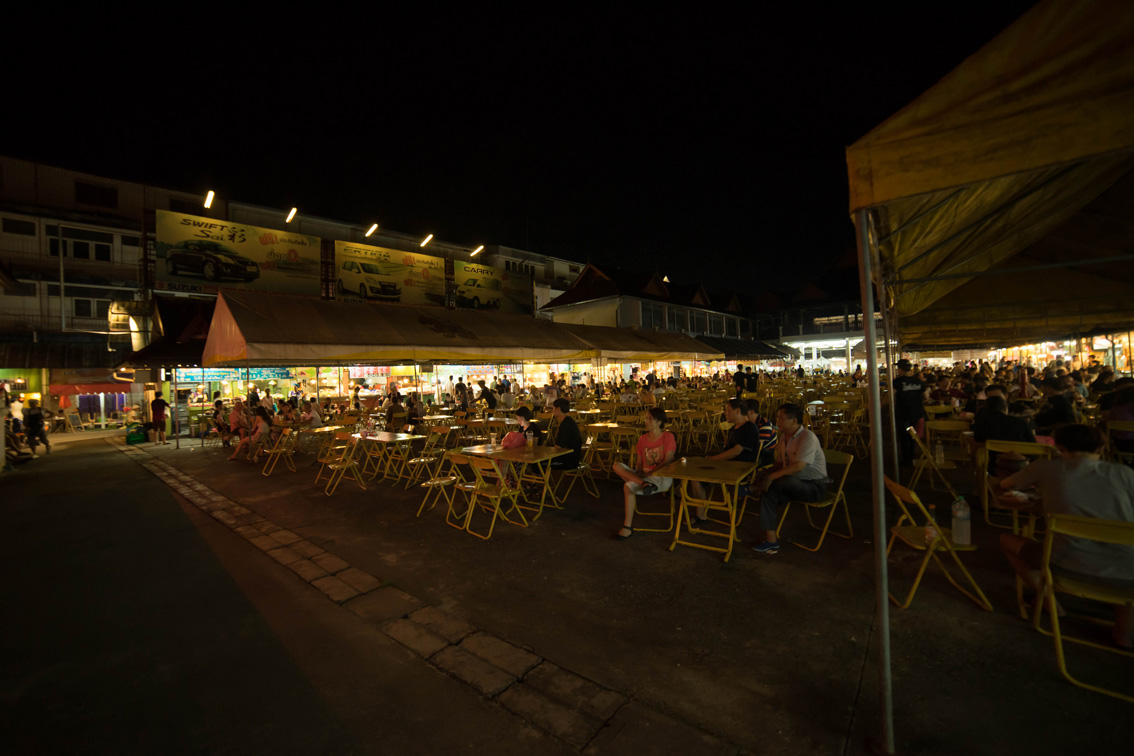
Image by Marvin Wan
Kaad Luang (The Big Wet Market)
Open daily from 5:00 PM to 00:00 A.M
Located on Uttarakit Road, three blocks north of the Clock Tower.
During the day Chiang Rai Kaad Luang is a regular bazaar, but as the sun begins to set, it transforms into a street food paradise.

Vendors hit the streets and set up their stalls around the main building. In almost no time, the entire street block is occupied by a myriad of fresh fruit and pick-up meal options: from fresh seafood to desserts.
If you don’t know where to begin, let the scents guide you.
Are you traveling in northern Thailand? Check out the 6 Best Markets in Chiang Mai.
Cover photo by Maxim B.
10 ways to keep the travel spirit alive
So you’ve returned home after a big trip, unpacked your stuff, and put away your passport in a drawer. Now what?
Now you’re probably starting to crave some endorphin-pumping adventures again. We know the feeling ̶ you’re hooked on traveling.
But why do we only tend to feel this enthusiastic about places away from home?
For starters, because travel stimulates our brains and spirits the way the familiar can’t. That’s why every return home can be a tricky transition period, and why we have to manage it in the best possible way: by actively keeping our spirits up and carry on doing EPIC SHIT.
But if you’re feeling blue, here are 10 ways to get you out of that post-travel funk:
1. Keep the traveler mindset alive
What is that you did on your travels that you can keep doing now?
Look at things with a new set of eyes and from a different perspective. For instance: if thousands of tourists visit my hometown every year, they must do it for a reason!
Make an effort to explore your surroundings, or at least meet your friends at a different place ̶ why should it always be in that same cafe?
2. Be grateful
Be grateful for being surrounded by friends and family again, for your soft mattress and home-cooked meals. Revisit your favorite places more often, and find out what is that you like about them.
Be grateful for all that your hometown has to offer, even the small conveniences you wished you had while you traveled. For instance: as huge bread lovers, we recall craving almost every day for a bakery like the ones we had back home. Now that we’re back, we can stuff our faces with all the white bread and gluten we want!
Be grateful for the privilege of having traveled, and remember that coming back doesn’t mean that a chapter of your life has closed forever.
3. Take time for yourself
If you traveled long-term as we did, you remember how good it felt to take ownership of your time and self-indulge.
What were the things that you enjoyed the most? Have you taken time to re-connect with yourself since you came back?
And we’re not talking about binging the last season of your favorite show, we’re talking about fruitful, soul-pleasing time.
Go watch the sunset on the beach and meditate, read a new book, ride your bike around town.
If you’re into physical activity go trekking, get your heart pumping while getting in contact with nature.
4. Sign up for a class
Keep the momentum going and your brain stimulated by learning a new language ̶ one from a country you’ve been, or from a country you want to visit next. Seize the opportunity of your mind still being open and fill it in with knowledge!
Enroll in that yoga class and see how it goes.
Register for the marathon you always said you wanted to run.
5. Cook and Spice up your life!
Cook for your friends and family some of the exotic foods you’ve eaten abroad. Remember that being the only one who knows how the food is supposed to taste, you can pretend that you nailed it even if it ends up tasting like hot garbage. They’ll never know!
I’ve been following the recipes from a few books and these Youtube channels: Palin‘s Kitchen and Marion’s Kitchen. The Thai green curry, the fried rice, and Kung Pao Chicken have become crowd favorites at home. Next challenge: Thai Fried Bananas.
6. Get involved in a project
Start a personal project with your travel photos, set up a travel exhibition in your town with all the memory cards and gigabytes of pics you brought back. It’s an excellent way to share your stories with your community and friends. Start a Youtube channel and do something fun with all the videos recorded on your trips.
Last December Nuno and I did a Travel gathering in our hometown of Aveiro. A bunch of cool people came to hear our stories, see our photos and make some questions. It ended up being a 3-hour session dedicated to Southeast Asia and Australia.
We’re still getting facebook messages with questions from people about to travel through some of the countries we visited. And it’s super rewarding to be able to help.
7. Connect with other travelers
Another awesome way to connect with folks who groove on the travel culture is to read and comment on blogs and videos. Talk up travel with like-minded people, join Facebook groups ̶ you probably have pretty valid inputs to share.
Take in Couchsurfers, show them around town. Stay in contact with people doing what you love doing, stock up on some of their travel enthusiasm and keep that fire burning.
8. Get a makeover
A week after I arrived from Southeast Asia, I started to feel down in the dumps. It was like my brain was starting to forget all the cool stuff I lived, and something had to be done. So I used my body as a physical representation for change: got a haircut, took my earrings out, and trimmed my beard.
Now I and everyone around me is reminded that something has changed in me, inside and out. So I better behave accordingly.
9. Goals and Resolutions
Often the arrival of a New Year isn’t a big enough motivation to establish a new set of goals for ourselves. How many times did the calendar change and our lives remain the same for that entire year? That is because a New Year doesn’t imply transformation, but a life-changing event can be at the root of it.
The moment to rethink, reprioritize and let go of what’s not working for you, is at pivotal moments of your life, such as a trip around the world, college graduation, the birth of your first child.
There’s no better time to declare a new set of goals than when you get back from a trip all inspired and renewed. Now is the time to shift your goals and have them match the new expanded version of you.
10. Plan your next trip
Any thoughts on where to go next? Daydream with your next trip, research locations as an escape.
Start putting some money aside for it, set up a money-saving strategy ̶ if you did it once, you’ll be able to do it again.
Do whatever it takes to keep the adventurous travel spirit alive, and above all, ease yourself to the inevitability of routine. Find a way to retain the optimism and enthusiasm around by keeping busy ̶ purposefully busy ̶ instead of biting your nails out of boredom, or stain your travel memories with sadness.
Maintain your heart open, and transmute that stagnated yearn for adventures into risk-taking or life-changing matters. Move out, change the scenery, change jobs, color your hair, get a perm, propose, love yourself harder! Just don’t forget who you became and that you’ll travel again.
What have you been doing to keep the travel spirit alive? We’d really like to hear it.
Share it in the comments below.
Taking the public bus to the White temple
The White Temple (Wat Rong Khun) is located 13km from Chiang Rai center, so you’re going to need some sort of transportation to get there. The distance and busy roads don’t make the bicycle a viable option, and the 300 TBH charged by taxis and songthaews is a bit too much.
That makes the public bus the cheapest alternative and more convenient transport.
Catching the Public Bus to the White Temple
We walked to Chiang Rai Bus Terminal 1 (in the city center, near the night bazaar) to find a bus that could take us to our destination. As we arrived at the bus station, we came across a rickety old blue bus with a tarpaulin saying “White Temple” on it.
…Well, that was easy!
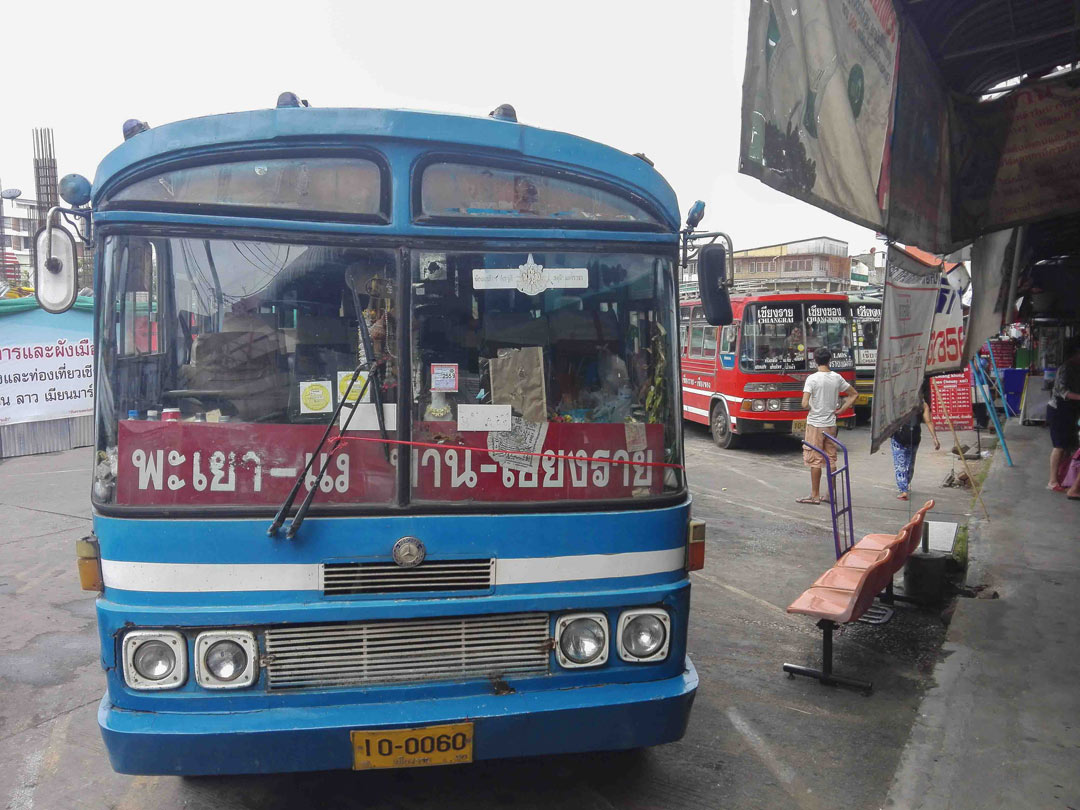
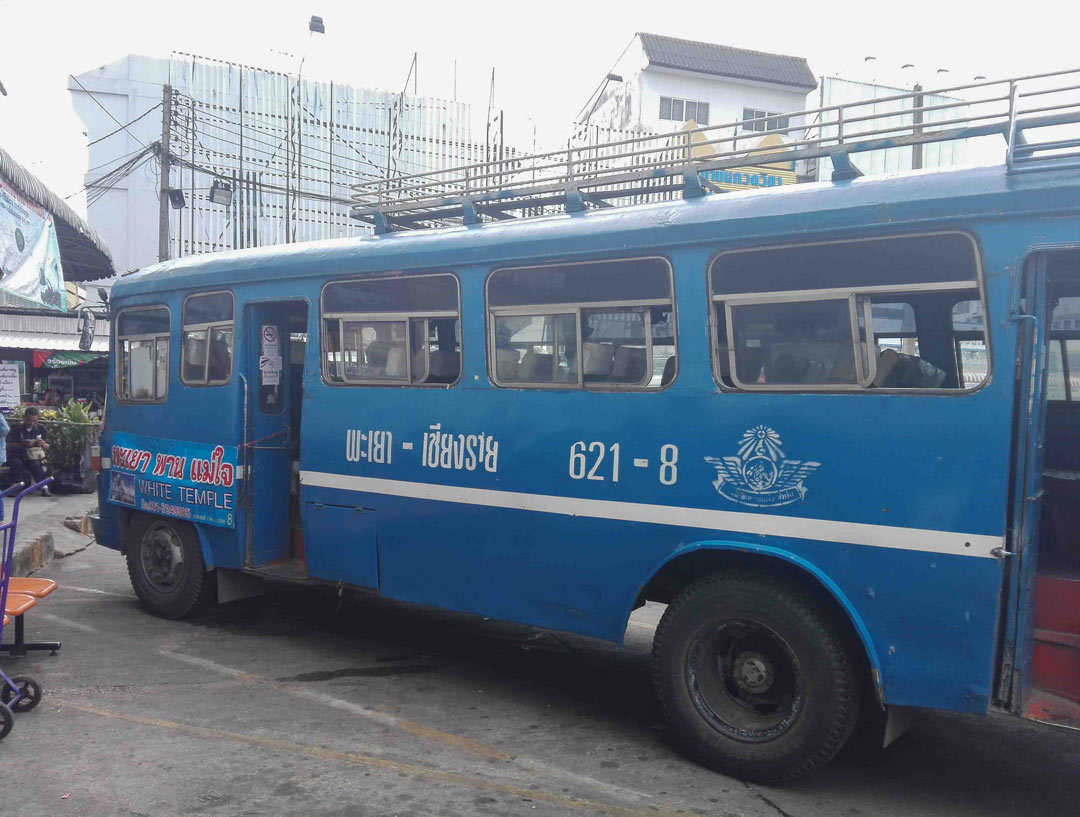
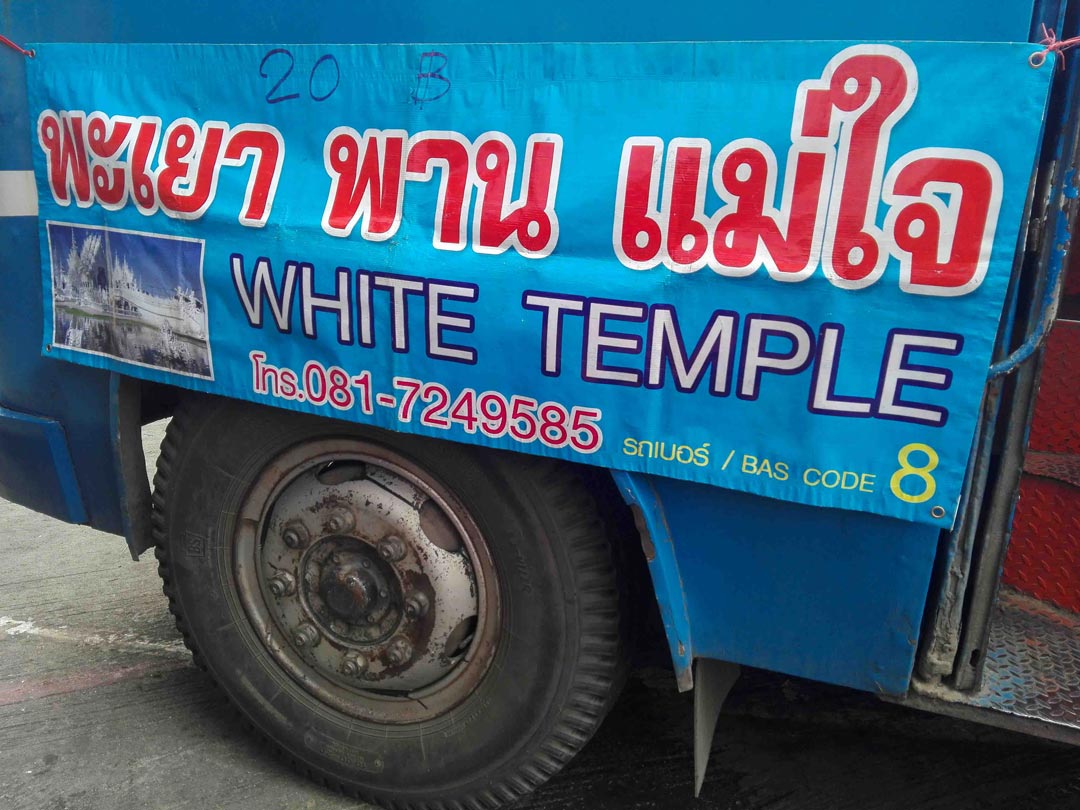
The big banner and the ticket revisor kept confirming that was the “only bus to the White Temple” which made us a bit suspicious. But after seeing several locals buy the ticket at the station kiosk and getting on the bus, we took a chance and did the same.
Bus timetable to the White Temple (2020)
Mornings: 06:15 – 07:10 – 08:10 – 09:10.
From 10:00 AM to 2:00 PM there’s a bus every 30 minutes.
Afternoons: 14:35 – 15:10 – 15:45 – 16:20 – 17:00
Cost: 20 Baht, one-way trip.
Duration: 20 minutes.
The bus was old and worn out but filled with character, and definitely worth the trip! From the weird proportions and rickety noises to the dashboard decorations made of Buddhist memorabilia, and every happy meal toy under the sun.
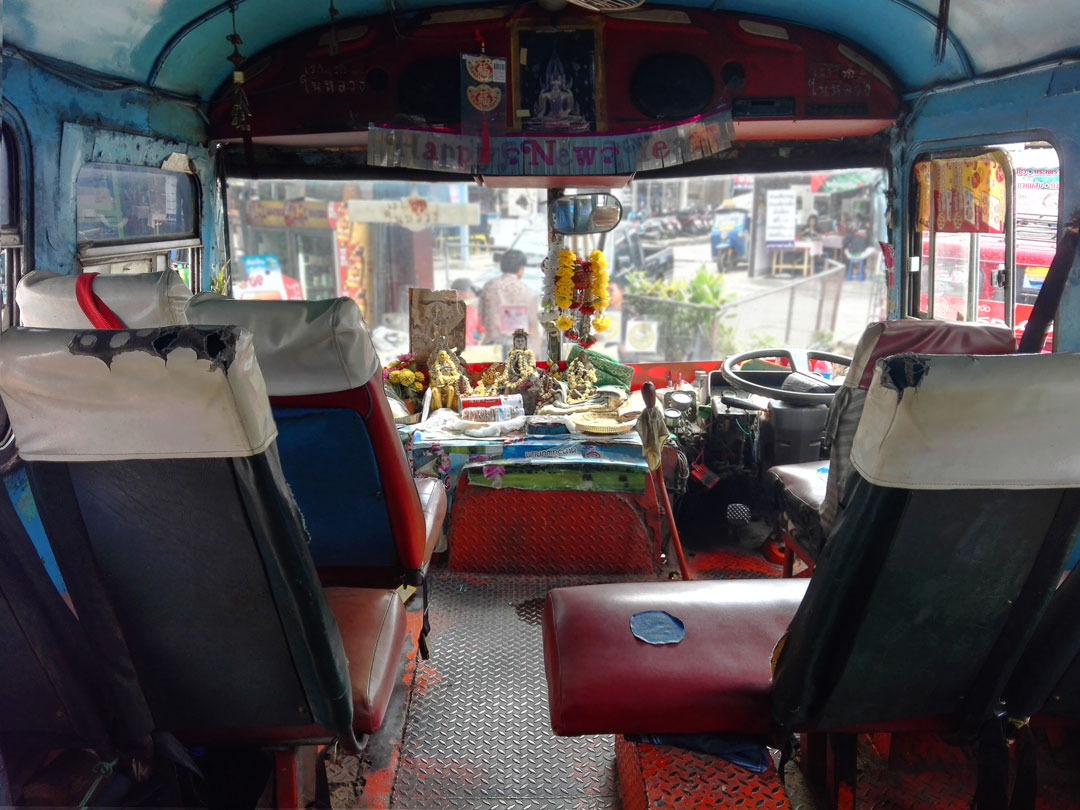
The revisor lady from before proved to be quite helpful by waving at us at the nearest bus stop to the White Temple: a generic spot just off Highway 1 (Phahonyothin Road), that we wouldn’t be able to identify on our own.
On the opposite side of the road, a few meters ahead were the grounds of the Wat Rong Khun.
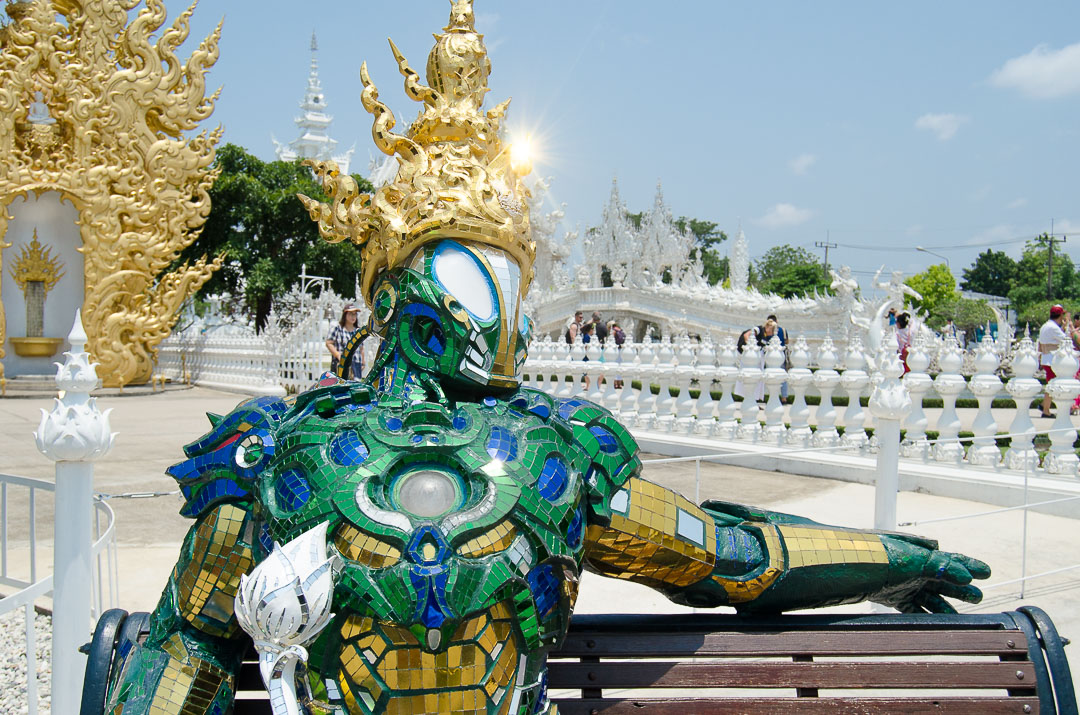
White Temple info
Opening hours: from 8:00 AM to 6:00 PM, closes at mid-day for an hour.
Entrance fee: Foreigners pay 100 Baht. Admission for Thai nationals is free.
Dress code: shoulders and knees must be covered, and as always, shoes must be taken off before entering the main temple.
You’ll need at a minimum, an hour for the visit.
Understanding the Art and History of the White Temple (Wat Rong Khun)
If you’re traveling around Thailand and are tired of visiting temples by now, suck it up and don’t miss this one — it’s one of Chiang Rai’s most visited attractions for a reason!
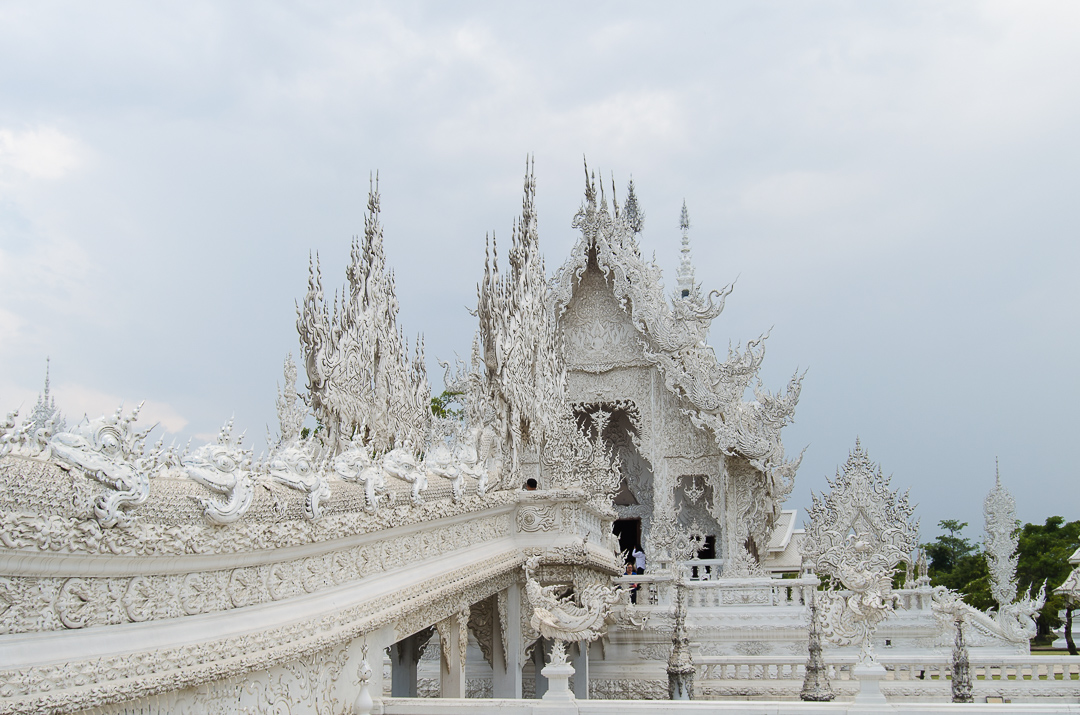
The lavishly decorated temple is unlike anything we saw around Thailand. Every element was consciously designed by the artist Chalermchai Kositpipat and is full of symbolism.
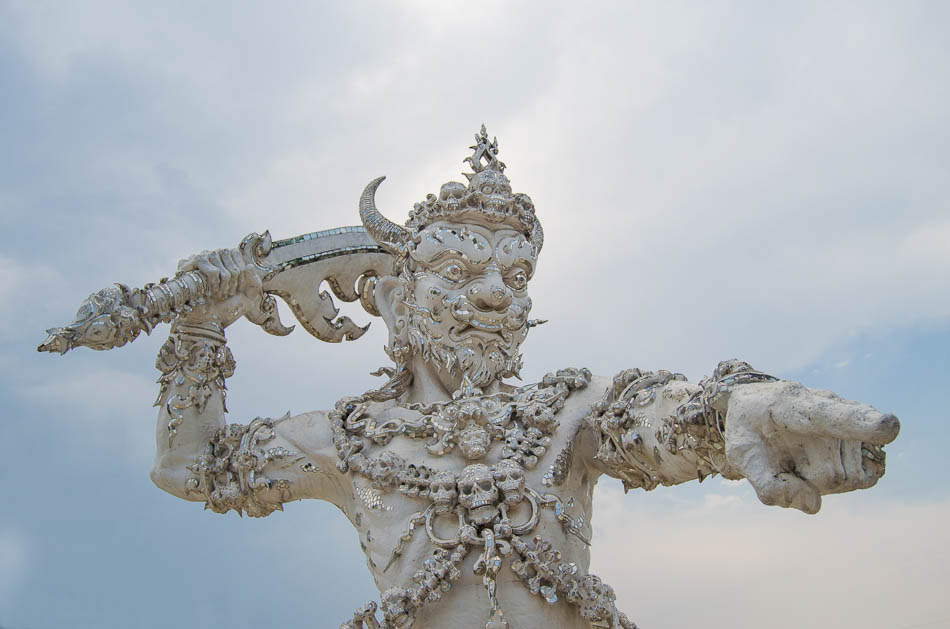
On the bridge leading to the temple, you’ll find depictions of the anger, suffering, and worldly temptations that you’ll have to leave behind to find happiness.
View this post on InstagramA post shared by Mario and Nuno | Travel (@helloplanetgravy) on
The temple is white to represent the purity of the Buddha, and the glistening intricate mirror work embedded on the plaster is there to reflect his wisdom to the world.
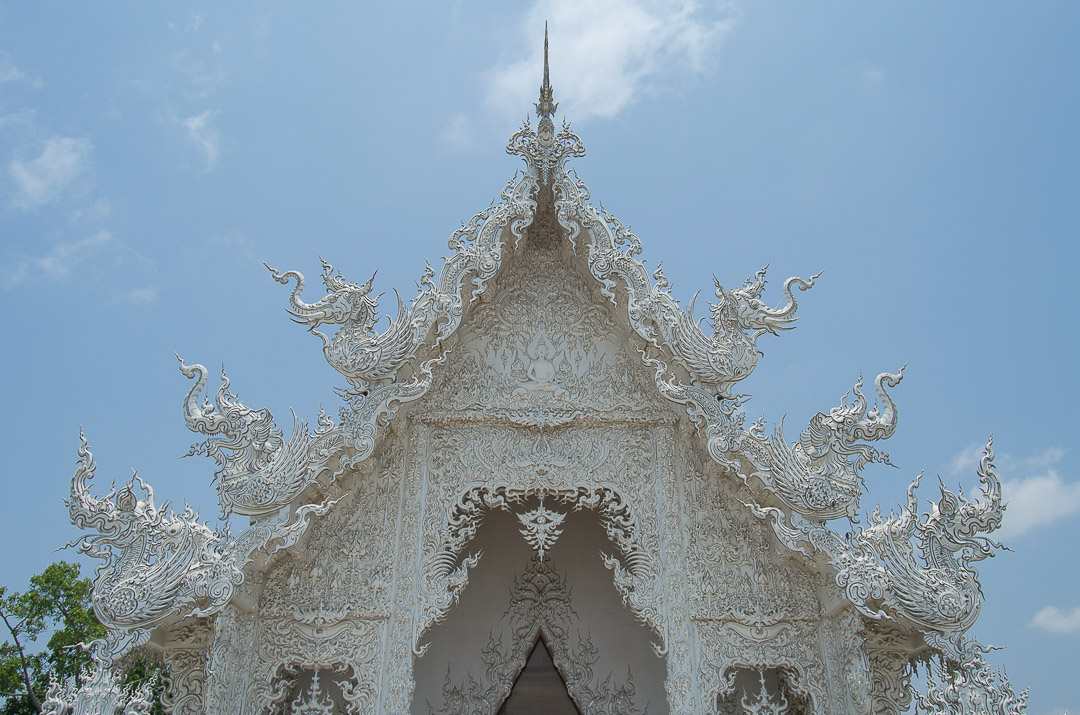
The interior of the main temple is all gold (and much smaller than it appears to be). On the back walls are paintings of pop culture reference like Hello Kitty, Spider-Man, the Terminator, and George W. Bush. These represent life without faith, they’re the false heroes incapable of saving the world from war and destruction.
On the walls in the front, where the altar is, you’ll see paintings of humans flying freely through the clouds. These represent the people who followed Buddha’s teachings and achieved peace. Sorry for the lack of pictures, but taking photos is not allowed in the main building.
The site grounds
On the outside of the temple is a canopy of prayer plates and by walking under it you’ll reach the meditation hall, the famous golden restroom, the art gallery, and the museum.
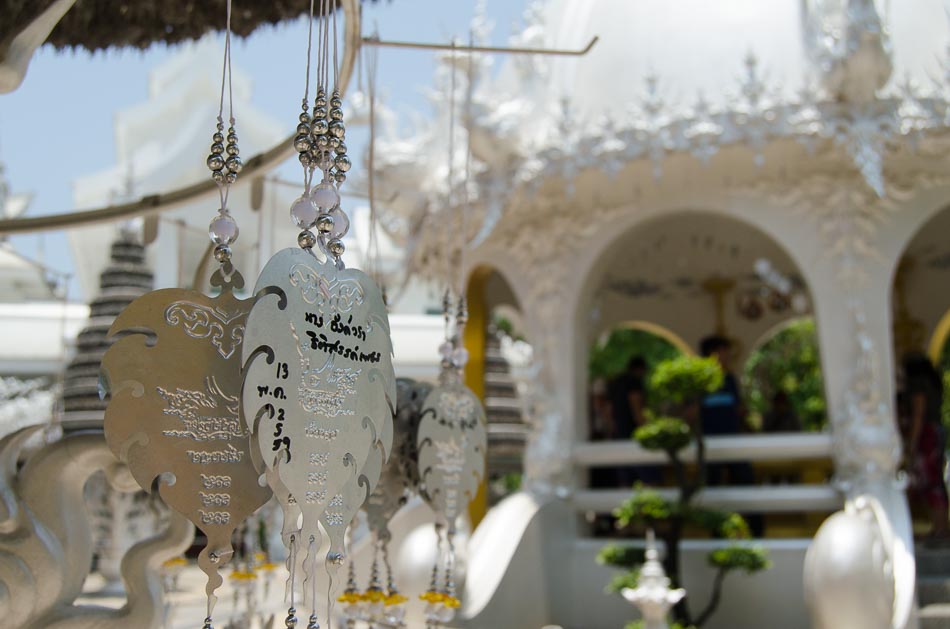

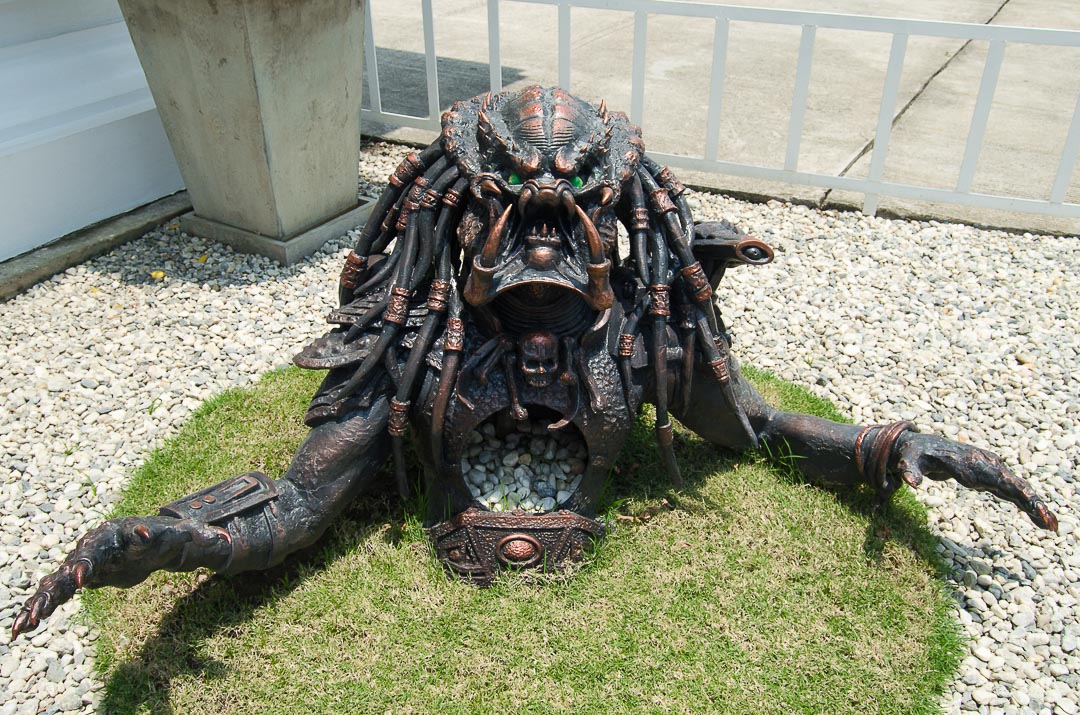
The museum is dedicated to the works of Chalermchai Kositpipat: many of his works are a satirical commentary on international politics and the destruction of the planet.
The temple site is still under construction and expanding. Only by 2070, the artist complete vision will be finished.
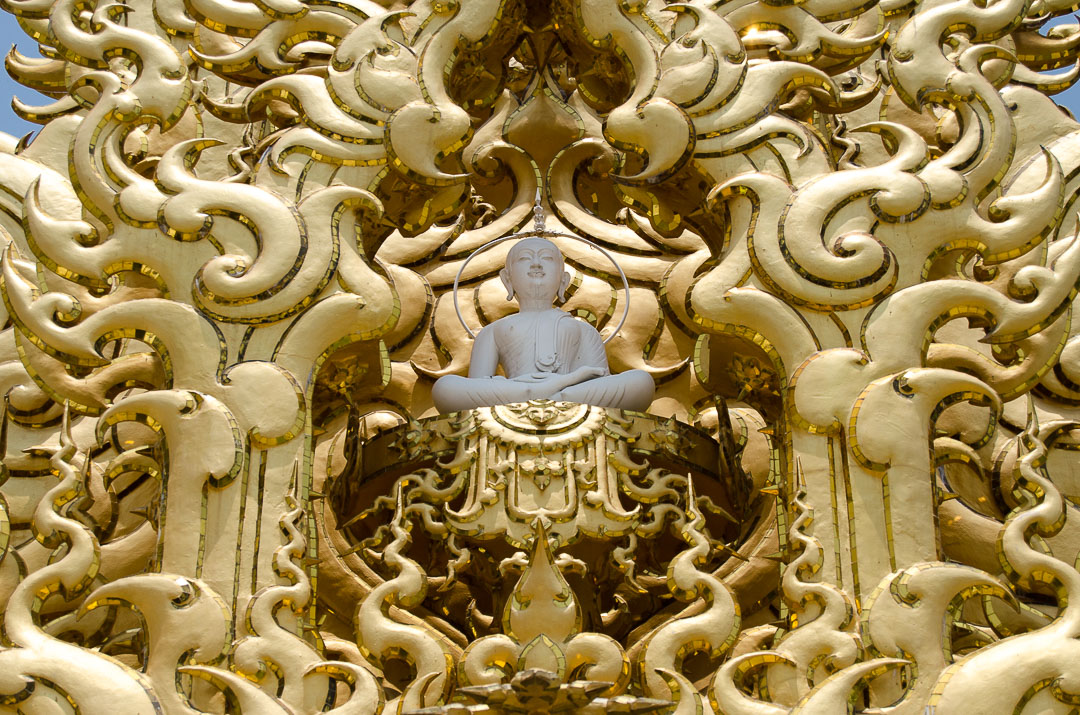

In front of Wat Rong Khun is a small area with cafes, restaurants, and shops.
About the Artist Chalermchai Kositpipat
Bus back to Chiang Rai
Head back towards the highway where you got off the bus and find a wooden pergola/ bus stop on the opposite side. Hail to the first bus you see (every half hour-ish). The trip back is a further 20 THB.
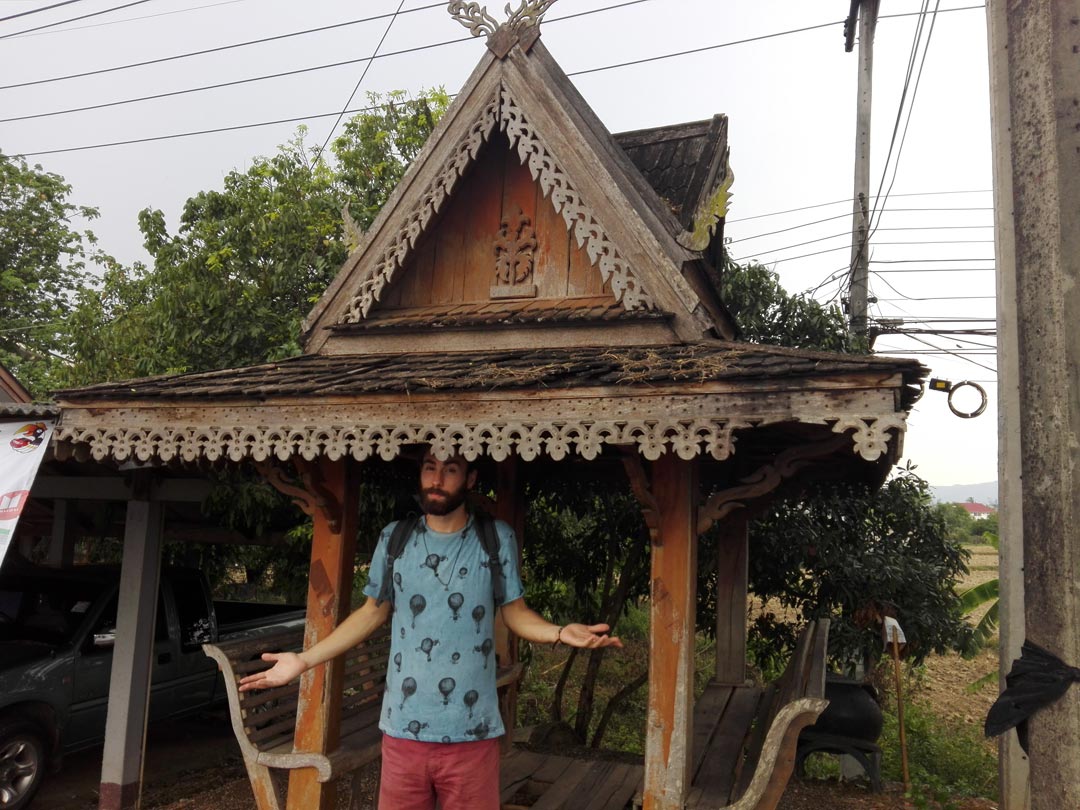
If you have any questions or new info to share about buses to the White Temple, leave it in the comments below.


